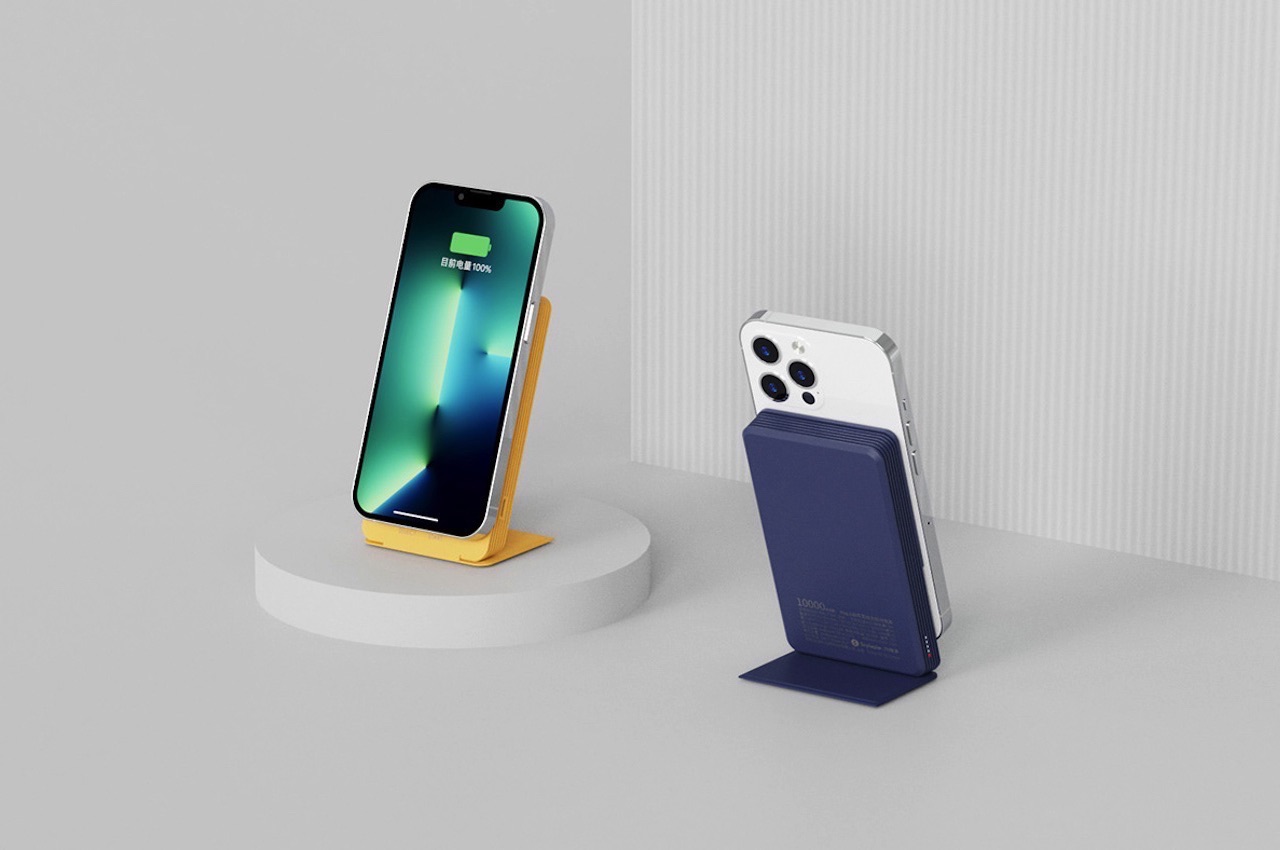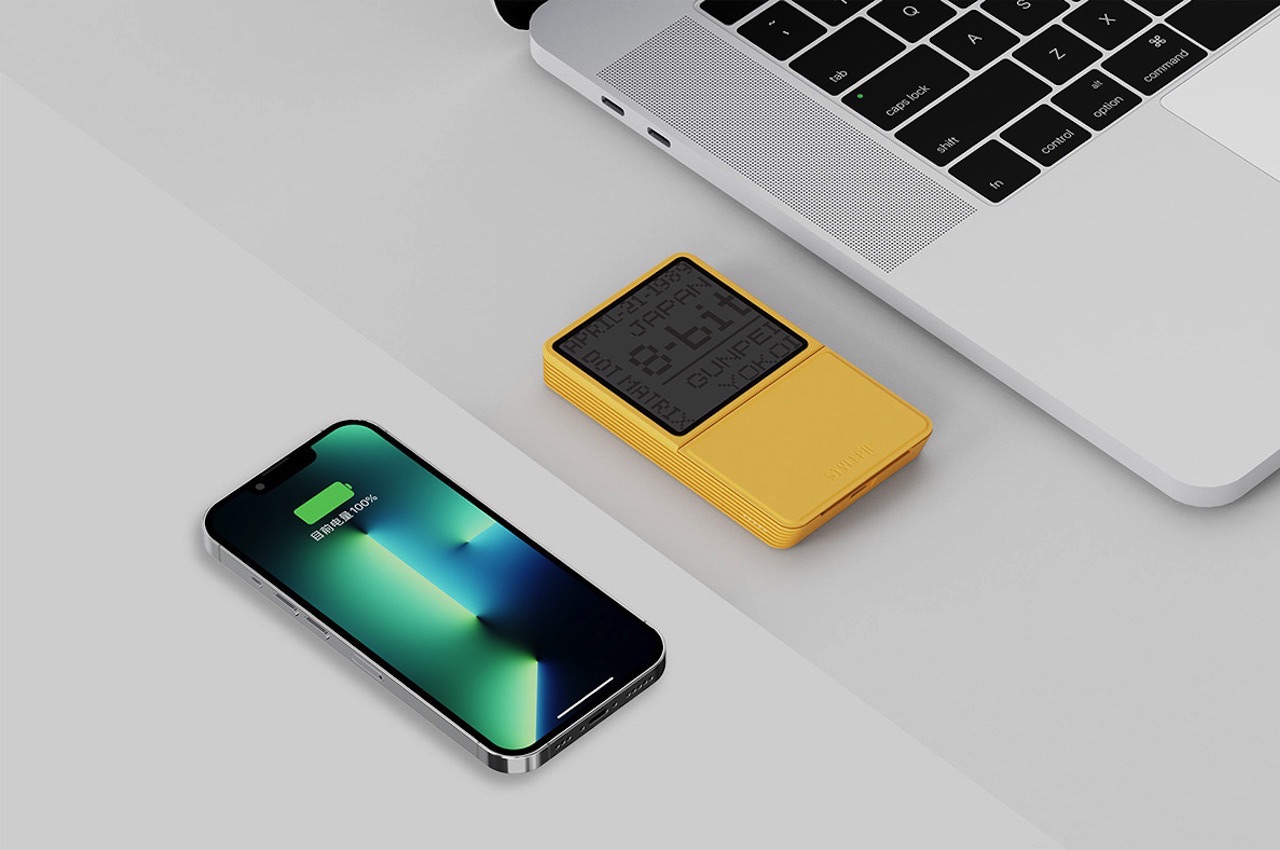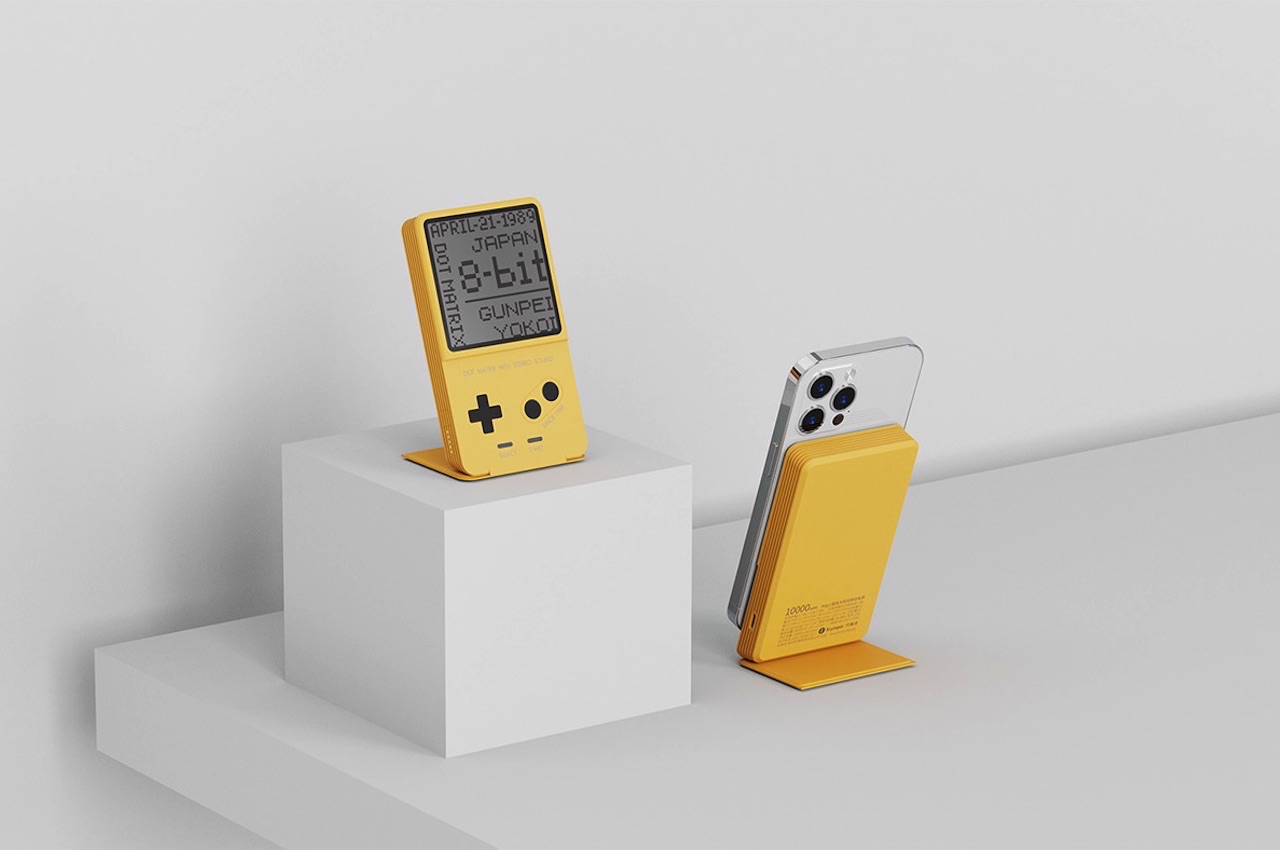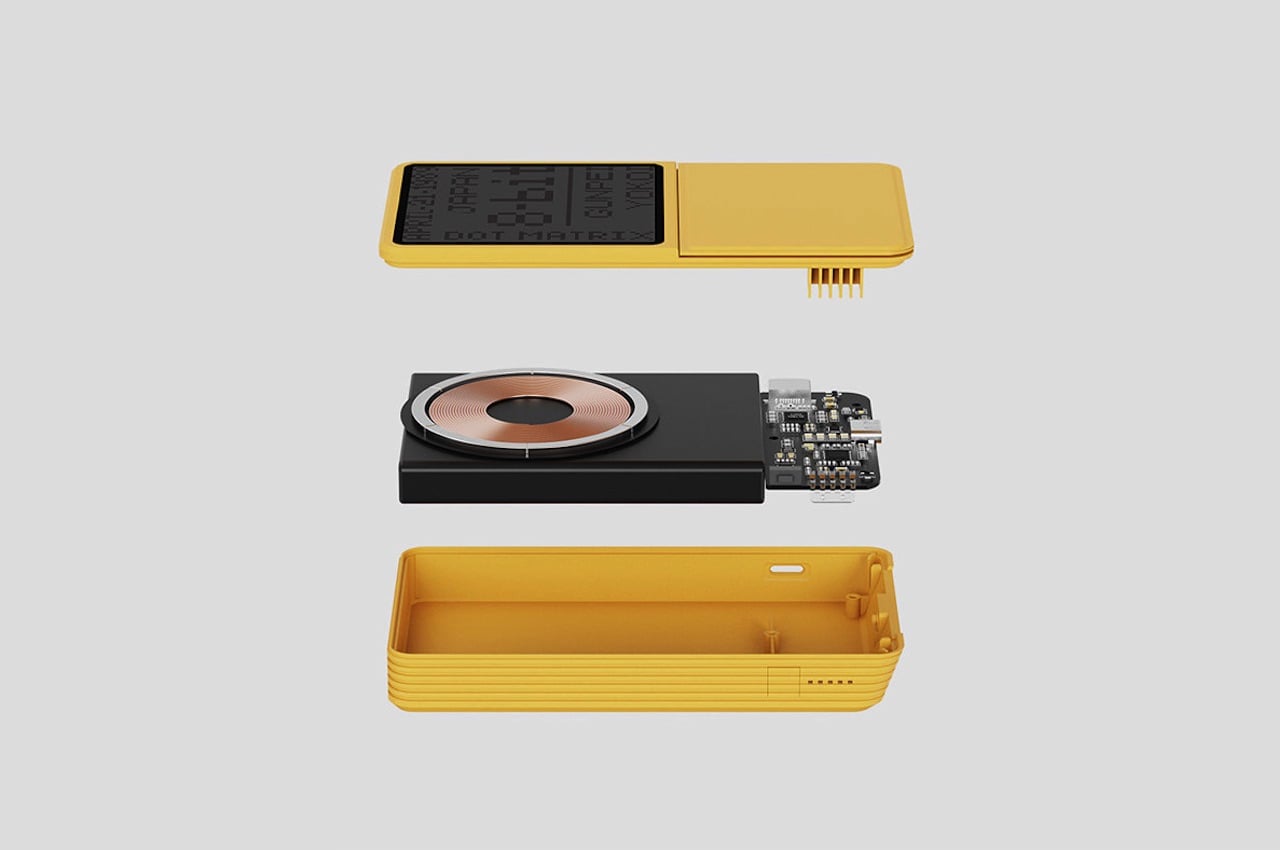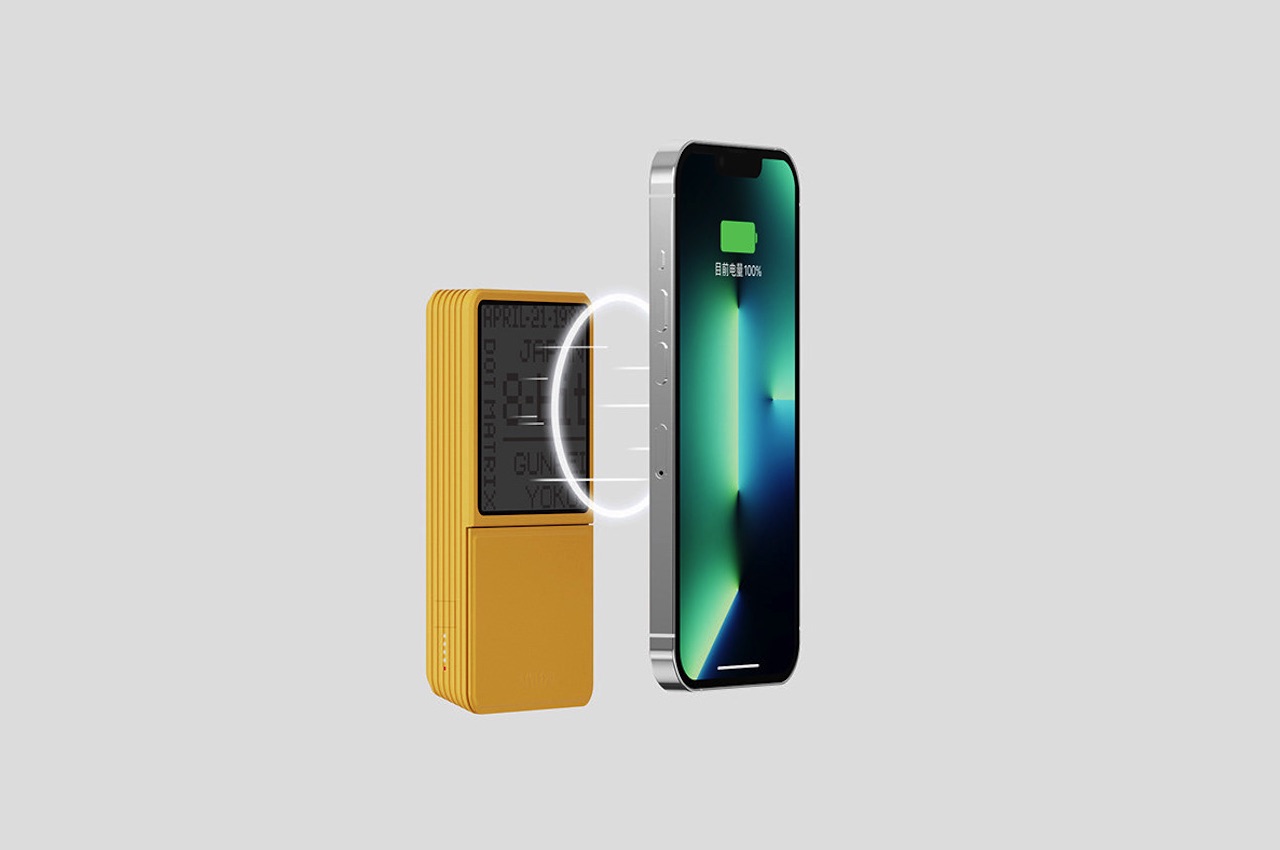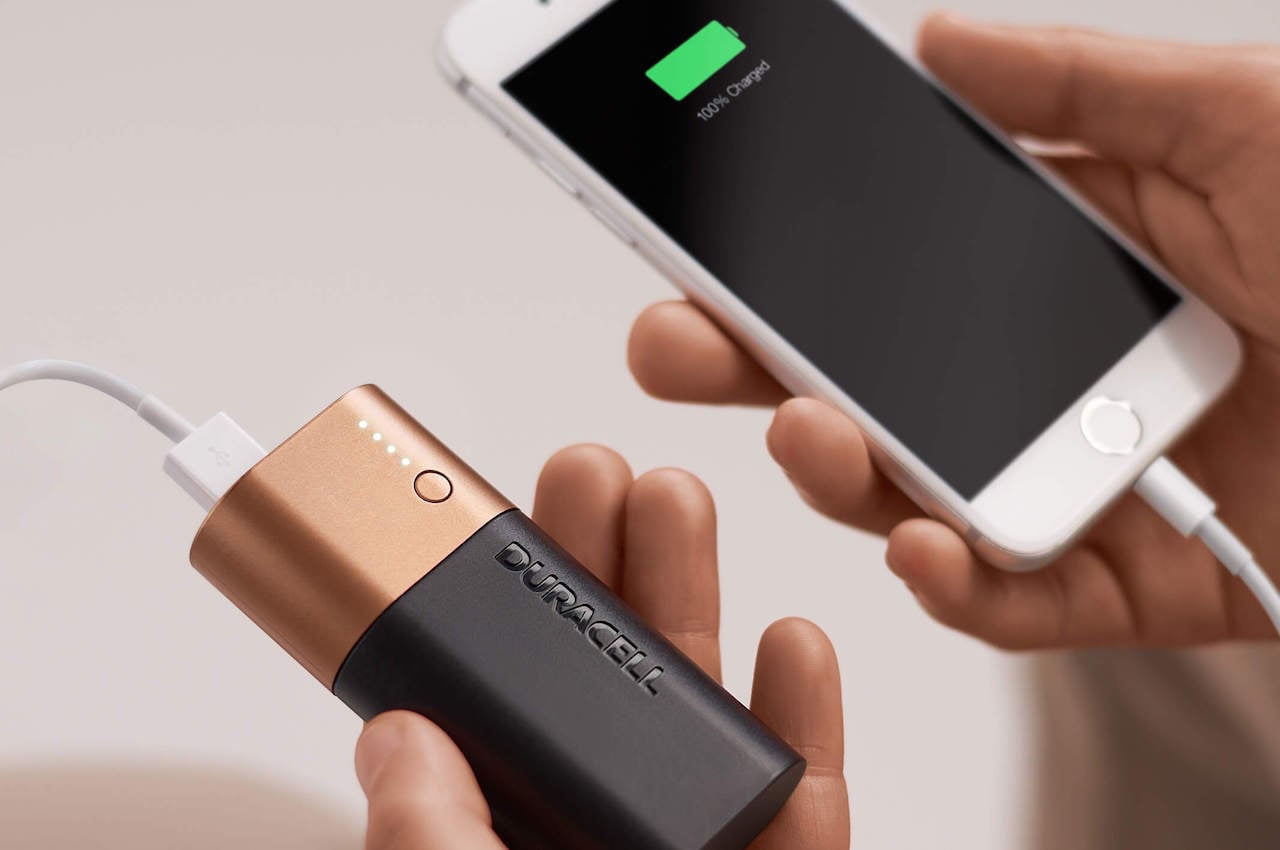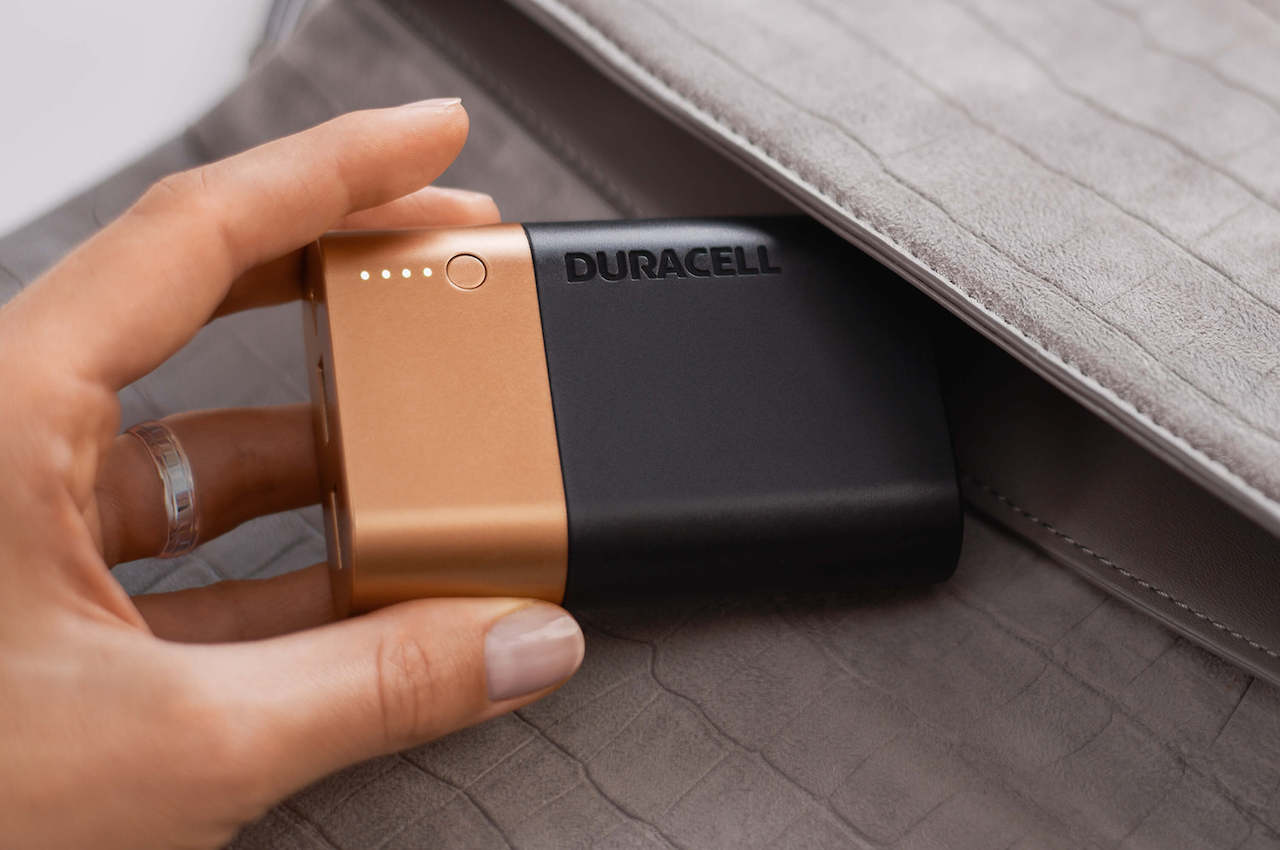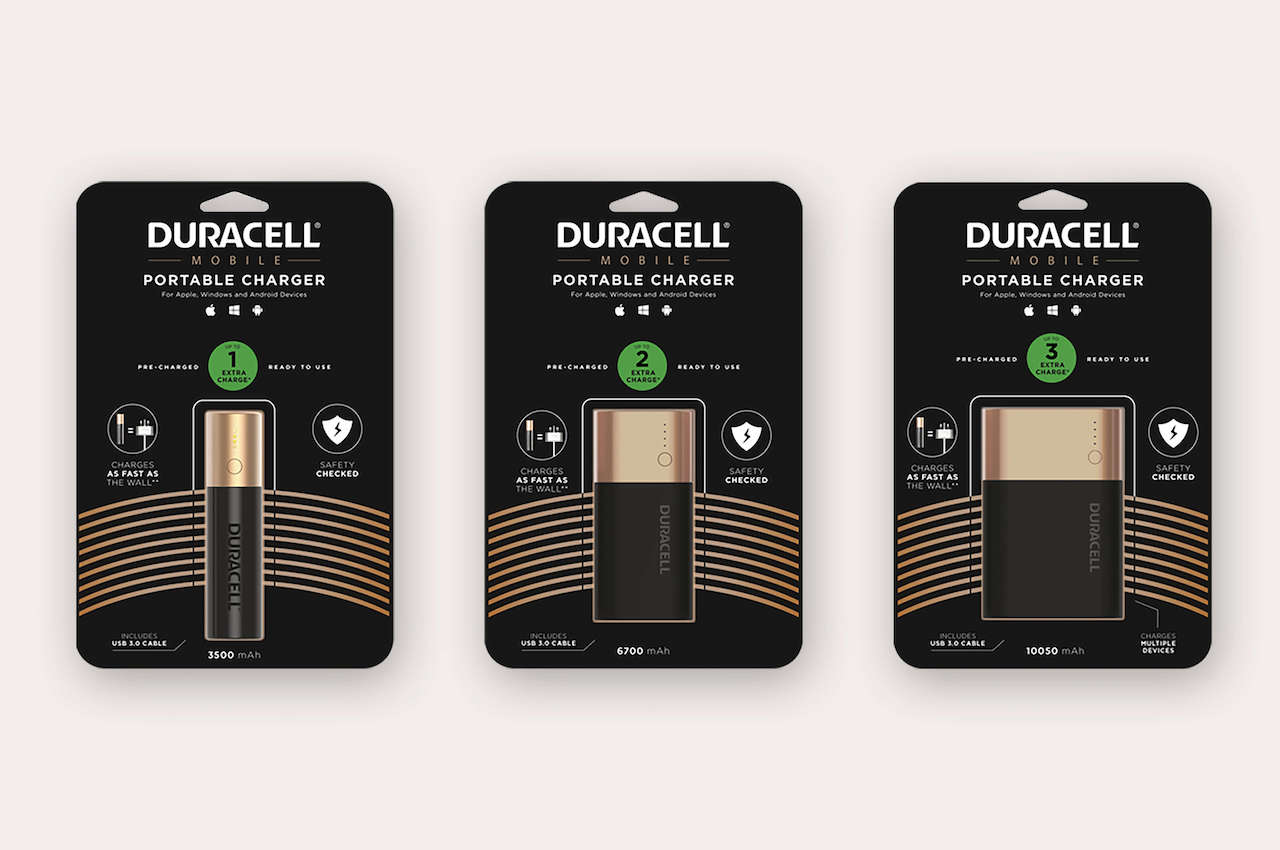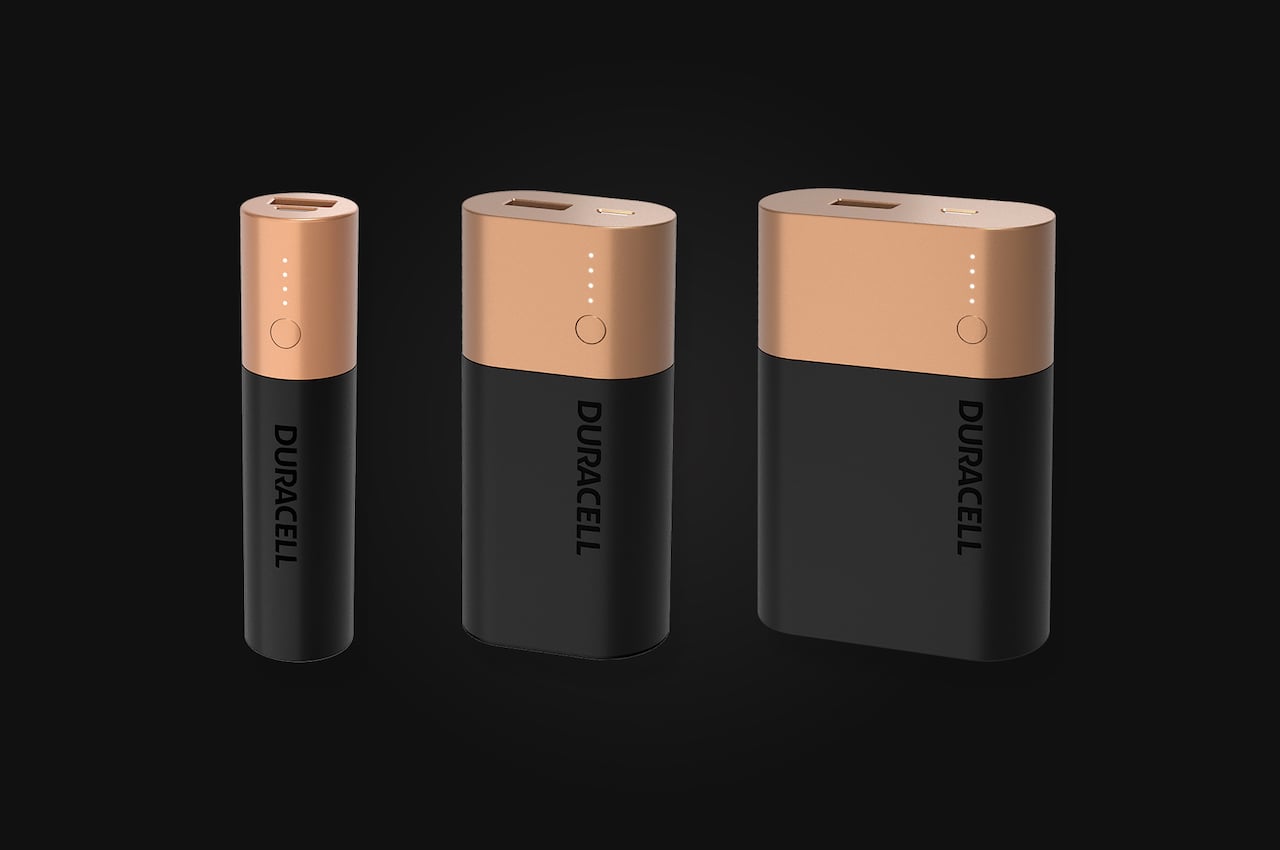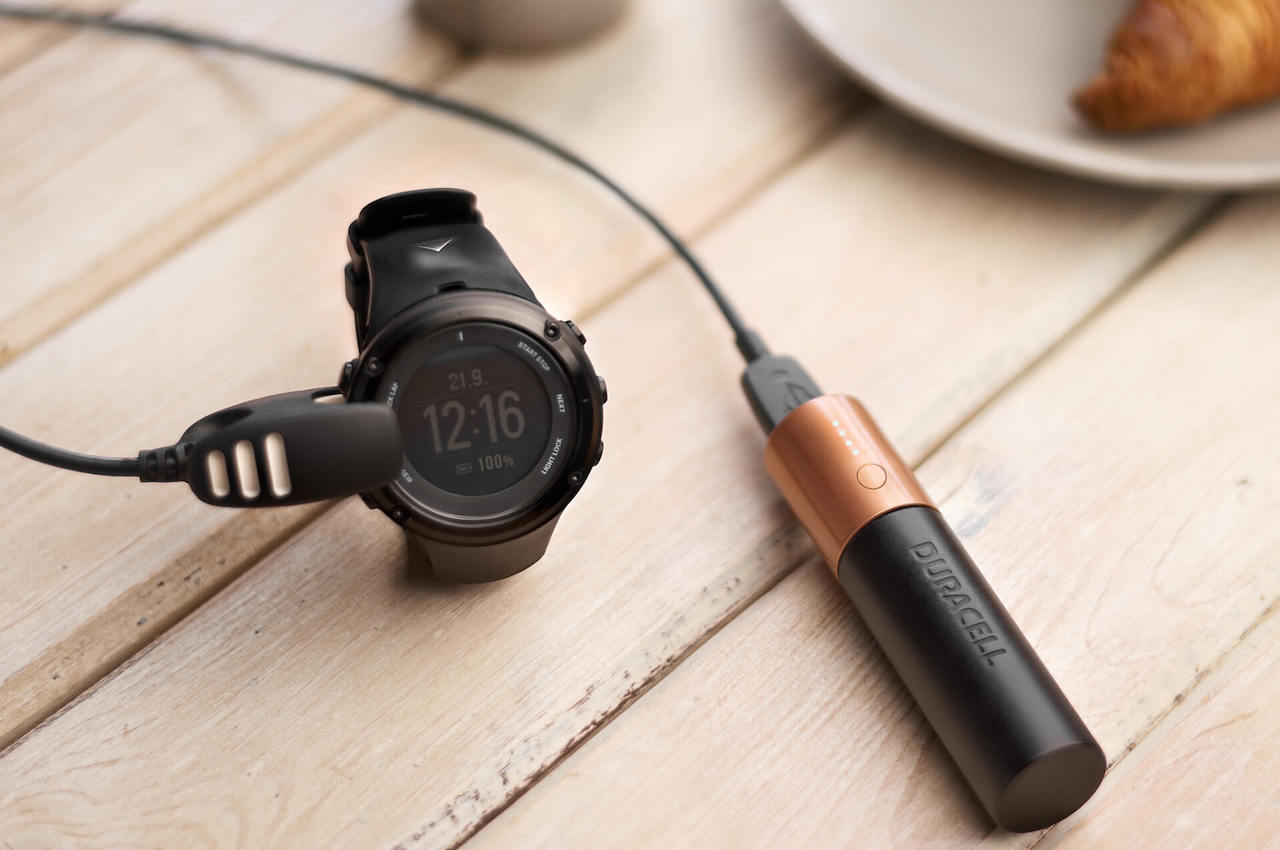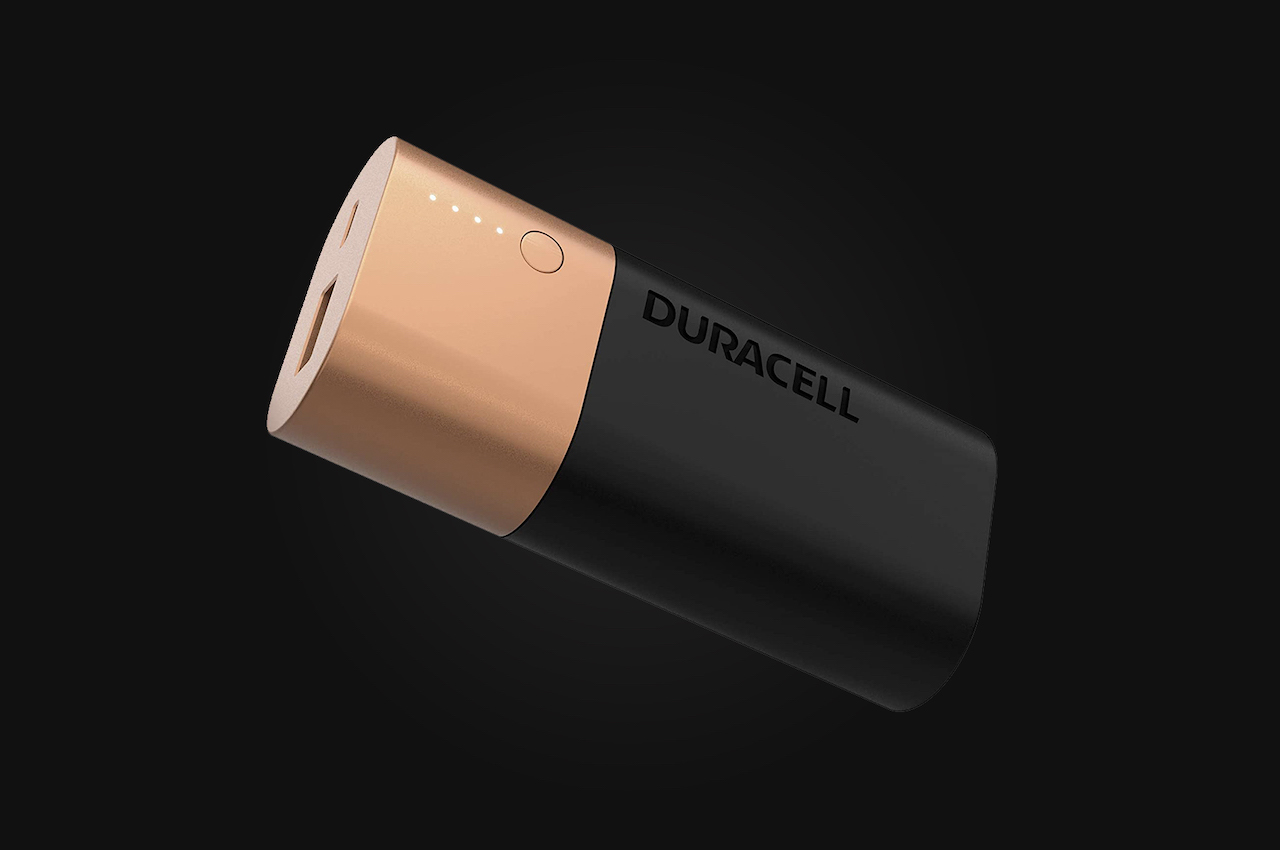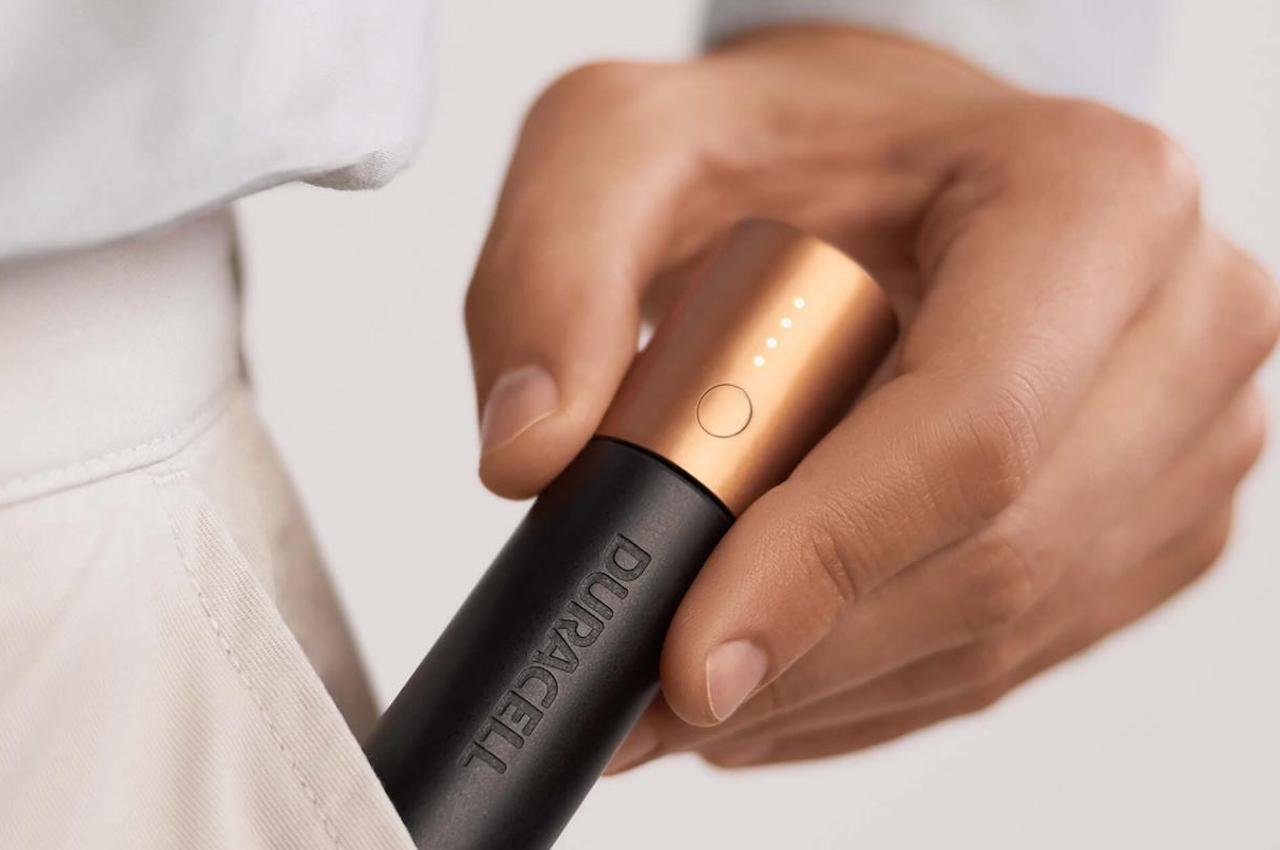
PROS:
- Ultra-fast 240W charging
- Impressive flagship specs and performance
- Very affordable price tag
CONS:
- Only available in China for now
- Unremarkable design
RATINGS:
SUSTAINABILITY / REPAIRABILITY
EDITOR'S QUOTE:
With 24GB of RAM and 240W ultra-fast charging, the Realme GT5 240W looks mighty tempting if not for its limited availability and plain appearance.
Smartphones are more than just devices these days, becoming more like lifestyle choices and extensions of ourselves. That said, it’s impossible to separate the specs from the design because even the most beautiful phone will fall flat if it ends up being unusable anyway. In fact, people do buy phones primarily for their features, with aesthetics and ergonomics coming a close second, especially for those who’d slap on a protective or decorative case anyway. Realme’s newest wonder could very well satisfy this kind of user, cramming in the latest and greatest that mobile technology has to offer, so we had to give the Realme GT5 240W a good test run to see if it can truly rice to the challenge despite its rather unremarkable appearance.
Designer: Realme
Aesthetics
It’s hard to ignore a shift in the smartphone market that has made consumers more aware of how design plays an important role in the overall experience of their smartphones. They no longer just want a slab of glass and metal that seemed to be cobbled up in order to house the hardware inside. They want phones that give a positive visual impact, make them stand out, or more closely express their style and interests. Unfortunately, if you’re looking for a stylish smartphone, Realme’s latest flagship might not be to your taste.
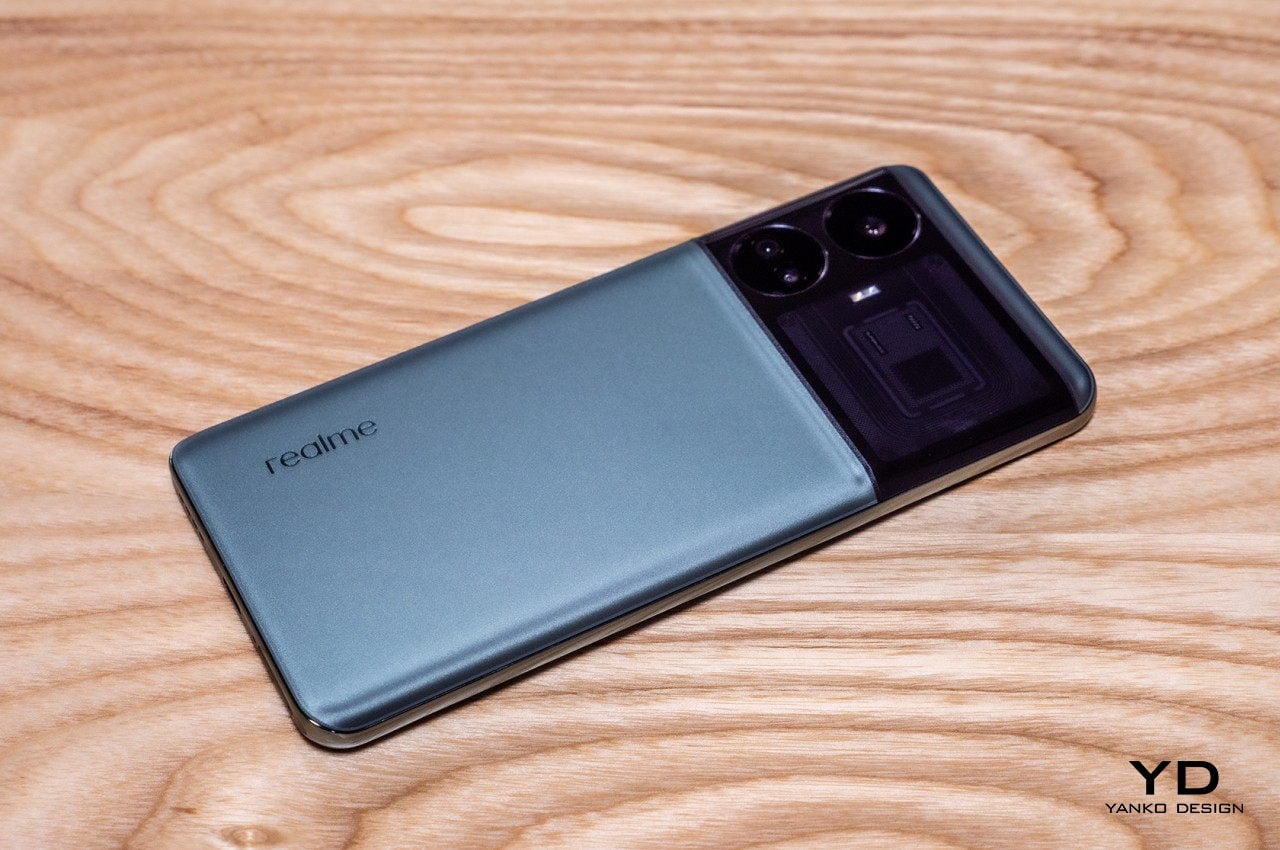
The most distinctive part of smartphones is their backs, and here the Realme GT5 seems to take a page from different smartphones, creating a mishmash of designs that feel a little incongruous. The sandblasted metal texture looks like a blast from the past, while the large camera bump seems to be an overgrown version of the Google Pixel’s “visor” design. Even the fancy “Pulse Interface Design 2.0” LED light that strangely frames a Qualcomm Snapdragon logo is reminiscent of the Nothing Phone’s now iconic Glyph Interface gimmick.
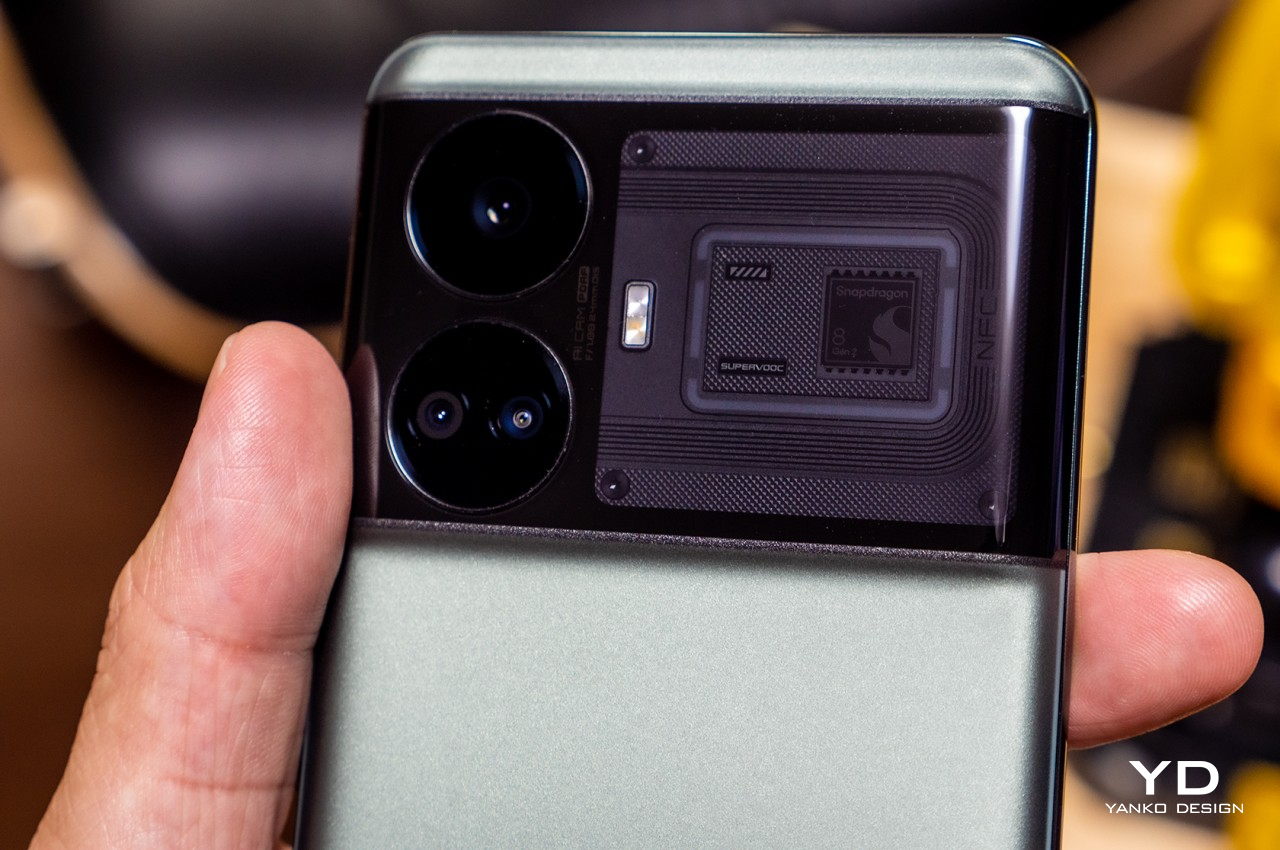
It’s not that the Realme GT5 240W is unattractive. It is admittedly distinctive in how its camera bump spans the entire width of the phone rather than just one side, but it’s an underwhelming design nonetheless. When you consider how Realme has released many beautiful, unique, and creative designs over the past years, you come to expect a bit more from the brand, especially when it involves the flagship GT line. Fortunately, this phone has other things going for it beyond its somewhat plain looks.
Ergonomics
A phone’s design isn’t just about its appearance. Every part and every design element has an impact on both the phone’s performance as well as its usability. Put too many powerful components inside and you risk burdening the hands of your users. Arrange them in the incorrect way and it might also feel a little unbalanced.
The Realme GT5 240W is a little of both. At 205g, it is a bit on the heftier side, though not exactly by much compared to other devices on the same premium tier. It is, however, a bit top-heavy, thanks to the design of the camera bump and the components that are located there. Adding features always comes with a price, especially when they’re a bit more on the inessential and decorative side. This could result in lower confidence when holding the phone, pushing owners to slap on the opaque and unappealing case that Realme ships inside the box.
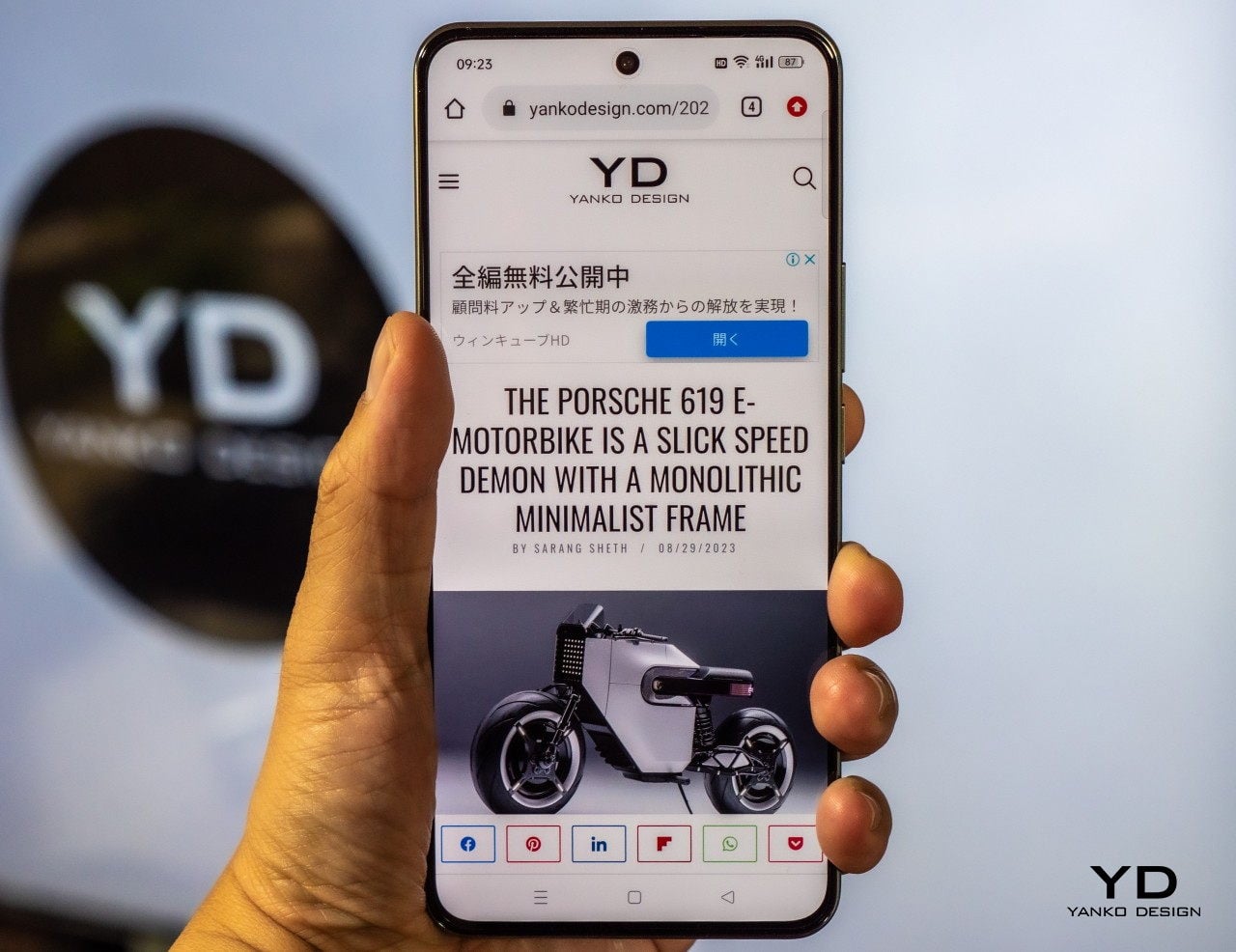
The one advantage of the phone’s wide camera design is that it will lie balanced on a flat surface like a table, unlike other phones with bumps only on a corner. The phone won’t wobble no matter how hard you tap on the phone when it’s lying on its back. Additionally, you might even be able to use that protrusion to your advantage when holding the phone, letting one of your fingers rest beneath it to prevent the phone from sliding off.
Performance
Although the Realme GT5 240W looks unremarkable at first glance, it is one of those things that definitely deserves a deeper look. That’s because, despite its modest appearance, this phone is filled to the brim with high-end features that are easily accessible, at least if you reside in a specific market. The Realme GT5 240W is, at its heart, a premium flagship smartphone and it has the guts to prove it, and the Qualcomm Snapdragon 8 Gen 2 is actually just the tip of the iceberg.
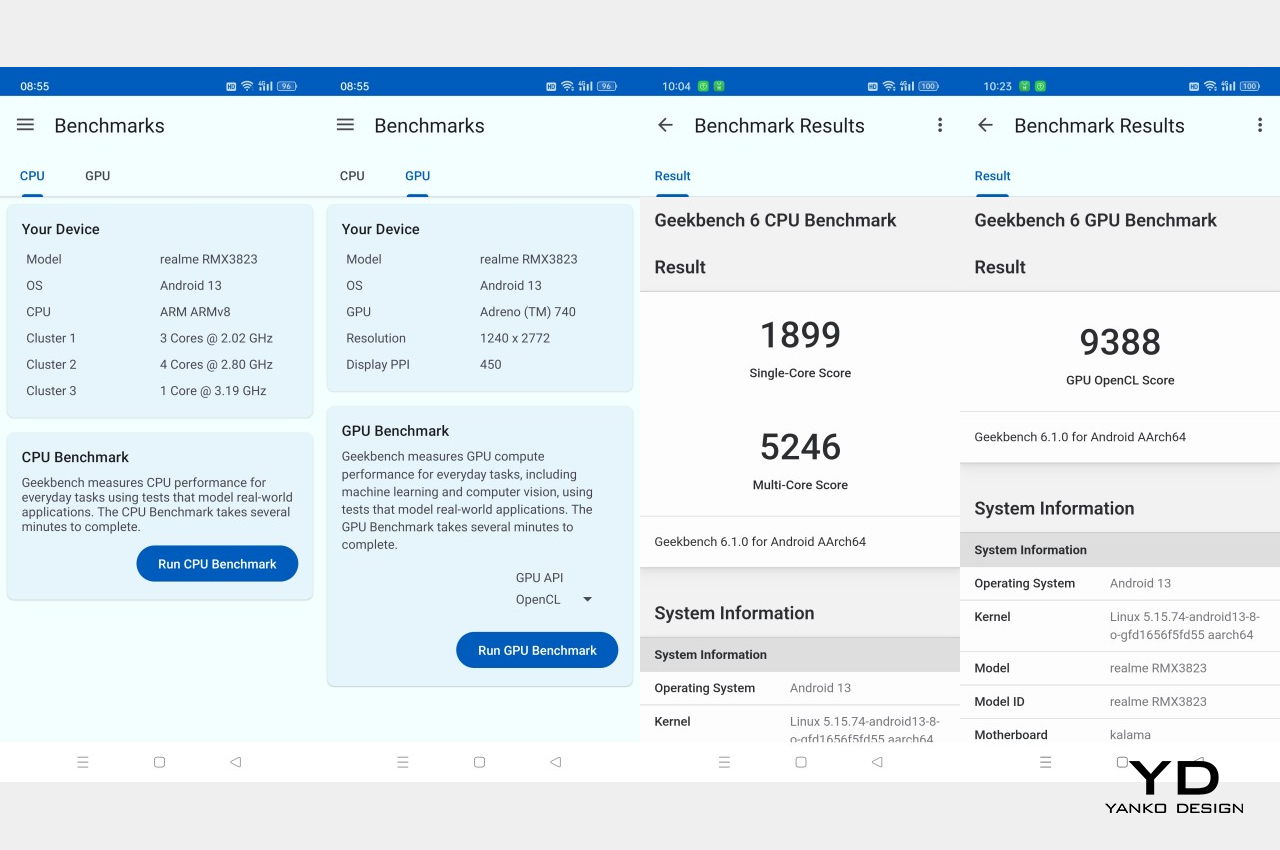
This particular model boasts a whopping 24GB of RAM, a feat that so far only one other smartphone has managed to pull off. It’s no surprise, then, that the phone performs smoothly without any hiccups, deftly taking anything we throw at it. CPU, GPU, and memory all work in harmony to deliver a fluid interface and flawless user experience, even considering how loaded Realme UI can be. As for data storage, there’s an equally astounding 1TB inside which makes any argument about microSD cards moot.
The Realme GT5 240W also has a gorgeous and bright 6.78-inch 2772×1240 AMOLED display capable of 244Hz refresh rates and 2,160Hz high-frequency pulse-width modulation (PWM) dimming. What these figures mean in practice is that, depending on the app or content, the visuals you’ll get will be smooth as butter. With dual speakers with Dolby Atmos, this phone becomes an entertainment powerhouse for videos, music, and especially games. The one catch is that we found the phone to get a little too warm for comfort, and that’s just when playing Fortnite with medium settings at 60Hz. Performance at that level was quite impressive, but you might want to pay more attention to the heat it generates.
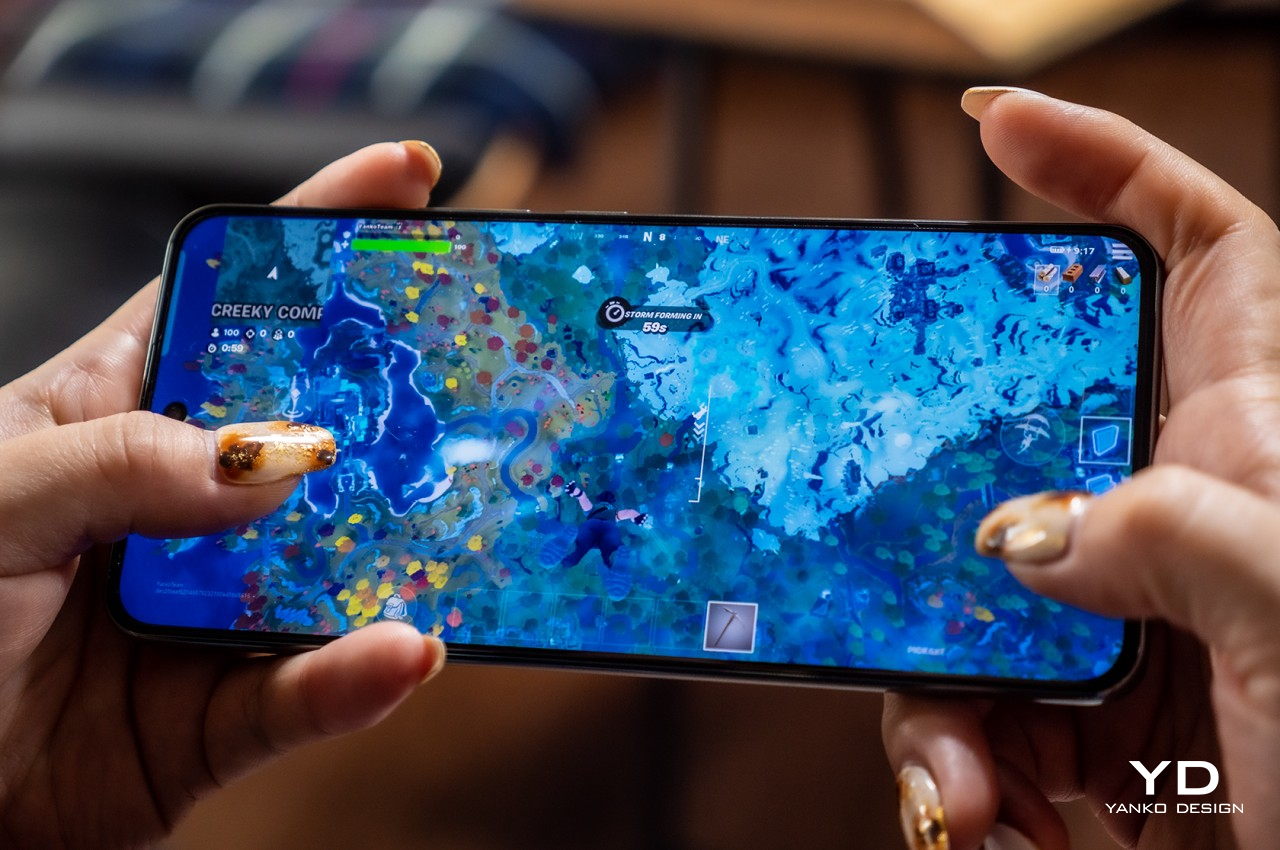
This particular phone’s killer feature can be seen from its name. While the regular Realme GT5 already has super-fast 150W charging, this one nearly doubles that to 240W. In just 5 minutes, we got from 60% to 100%, which is one of if not the fastest on the market. Of course, you’ll have to use the large charging brick it comes with to reach that record speed, but it’s going to be worth it if you really need to top up quickly.
Where the Realme GT5 240W shines least is in the one aspect that a lot of smartphone buyers consider to be the next most important thing: the cameras. The trio is led by a 50MP Sony IMX890 sensor, which takes very good shots with plenty of detail when under bright light. The other two, however, are nothing to write home about, with a 112-degree 8MP ultrawide and a 2MP macro camera completing the team. They take OK photos, given the right conditions, but they’re a huge step back from the performance of other flagships in the market.



The phone runs realme UI 4.0, the company’s customized experience built on top of the current Android 13 release. It is as you would expect, given the target Chinese market, which means loads of customization options and bloatware. There is no Google Play Store, of course, but users in that region are already used to that situation anyway. The phone will most likely take a different route when or if it launches in global markets, though some aspects, like the presence of pre-installed apps, won’t be changing. The Realme GT5 also features the company’s newest “Pulse Interface Design 2.0,” which is basically a way to have colorful LED light notifications on the back of your phone.
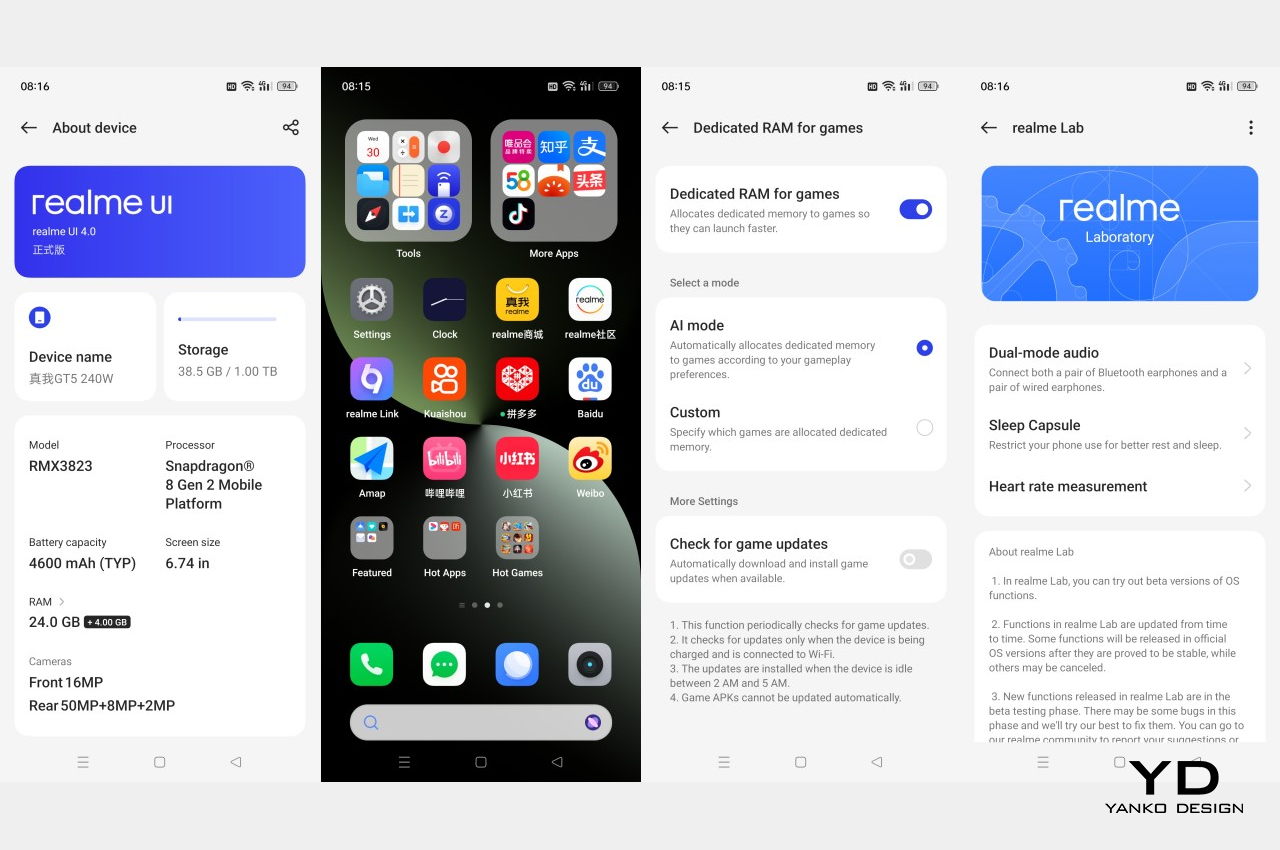
Sustainability
Realme is one of the few smartphone brands that has a laudable stance on sustainability. It has a clear vision and target for becoming a more environmentally conscious company and has taken concrete steps towards that goal. It has even launched phones that made use of more sustainable materials, though those have been limited to a few special editions.
Unfortunately, none of those marks can be seen on the Realme GT5 240W, whether in terms of materials used or even the phone’s durability. There is no formal dust and water resistance rating, so it might not inspire confidence in using the phone everywhere. The packaging is fortunately minimal but, thanks to its ultra-fast charging tech, every box will ship with that large charger. It’s not like Realme is the biggest offender, but it definitely has a lot of opportunity to rise to the challenge and outpace other brands when it comes to establishing a Greener Tomorrow.
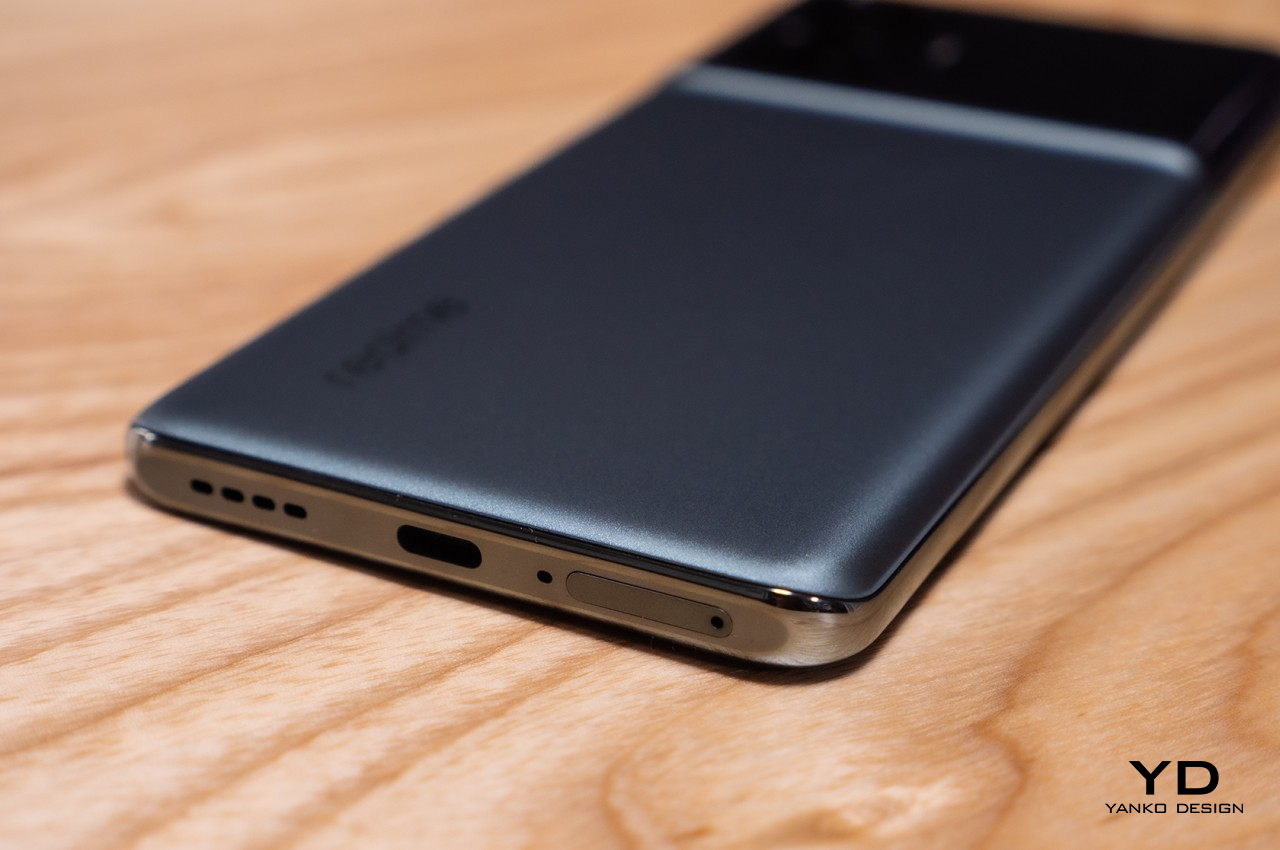
Value
The Realme GT5 240W is, without a doubt, a premium smartphone, even if you might have misgivings about its not-so-premium looks. It can definitely walk the talk and more, especially with 24GB of RAM and an insanely fast 240W charging. What makes the phone exceptional isn’t just the specs but the fact that it isn’t demanding for an extremely high amount of money. In fact, it only costs 3,799 RMB for all these features, which is around $520, give or take.
The phone would have almost been perfect if not for the simple fact that it isn’t available anywhere outside of China, at least not at the moment. There’s a chance it could reach some global markets, but major ones like the US are often still out of the question. You might be tempted to import one, but the total cost of ownership, plus the Google-less software, makes it a very poor investment overall.
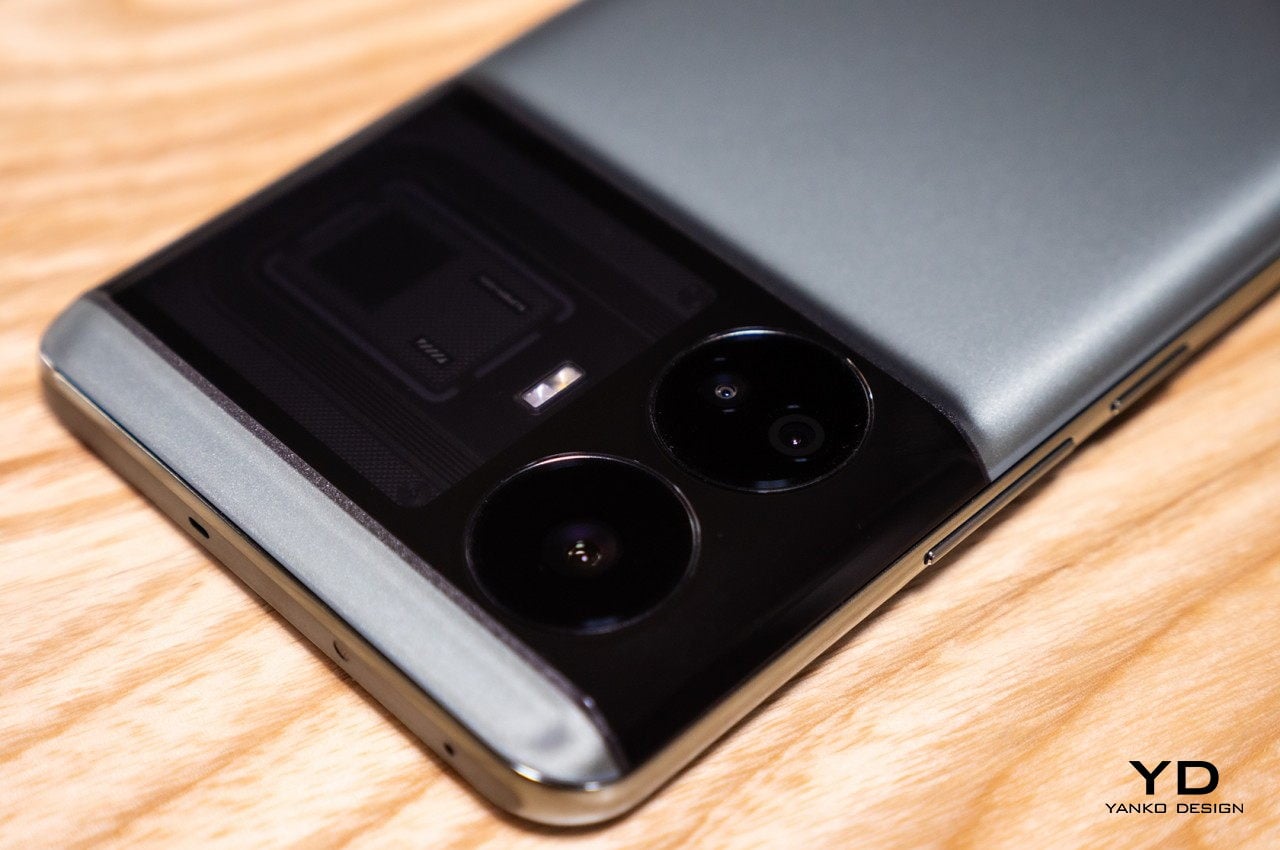
Verdict
Smartphones have started to become as much fashion accessory as they are tech gadgets. They have started to appeal to the more design-conscious masses while rushing to compete for the next head-turning trending look. The Realme GT5 240W seems to stand out by not standing out, looking rather plain and almost forgettable if not for the features it carries underneath that “ordinary” skin.
Fortunately, the phone is worth a lot more than its looks, carrying some of the greatest hardware available to smartphones today. It’s hardly perfect, especially in the camera department, but with a powerful processor, an overly generous 24GB of RAM, and a blazing 240W charging speed, you will be getting your money’s worth, and it won’t even cost you that much. Presuming, of course, you can get your hands on one.
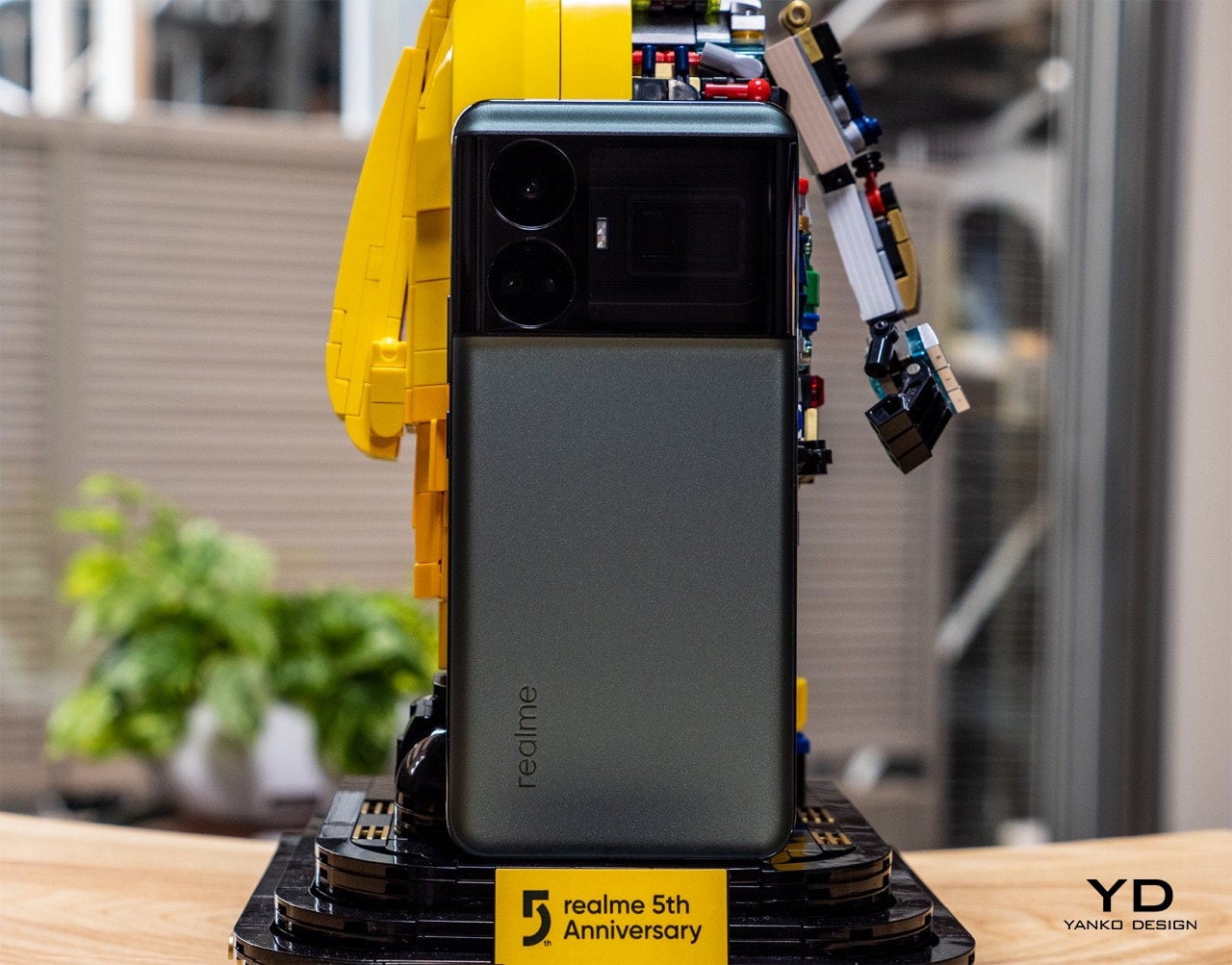
The post Realme GT5 240W Review: Insane specs, disappointing design first appeared on Yanko Design.










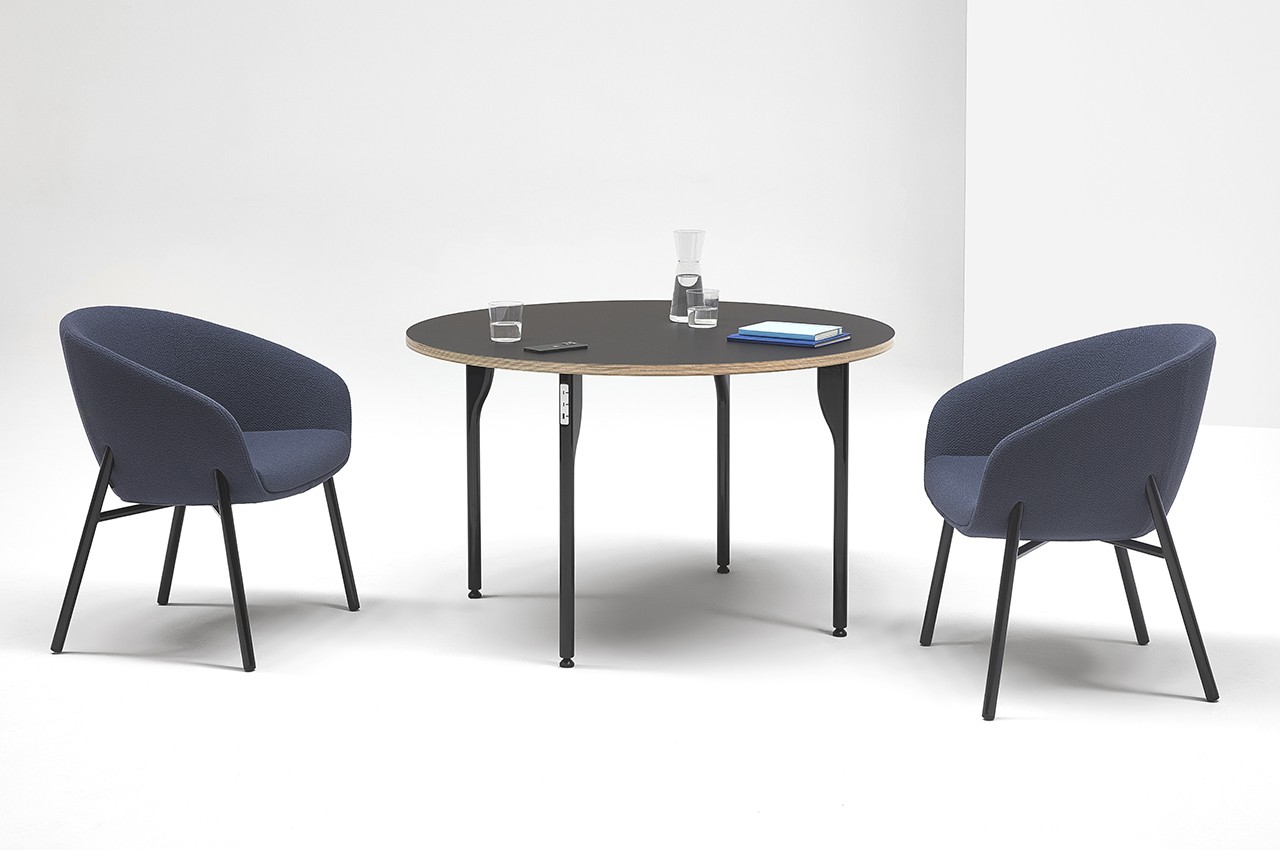
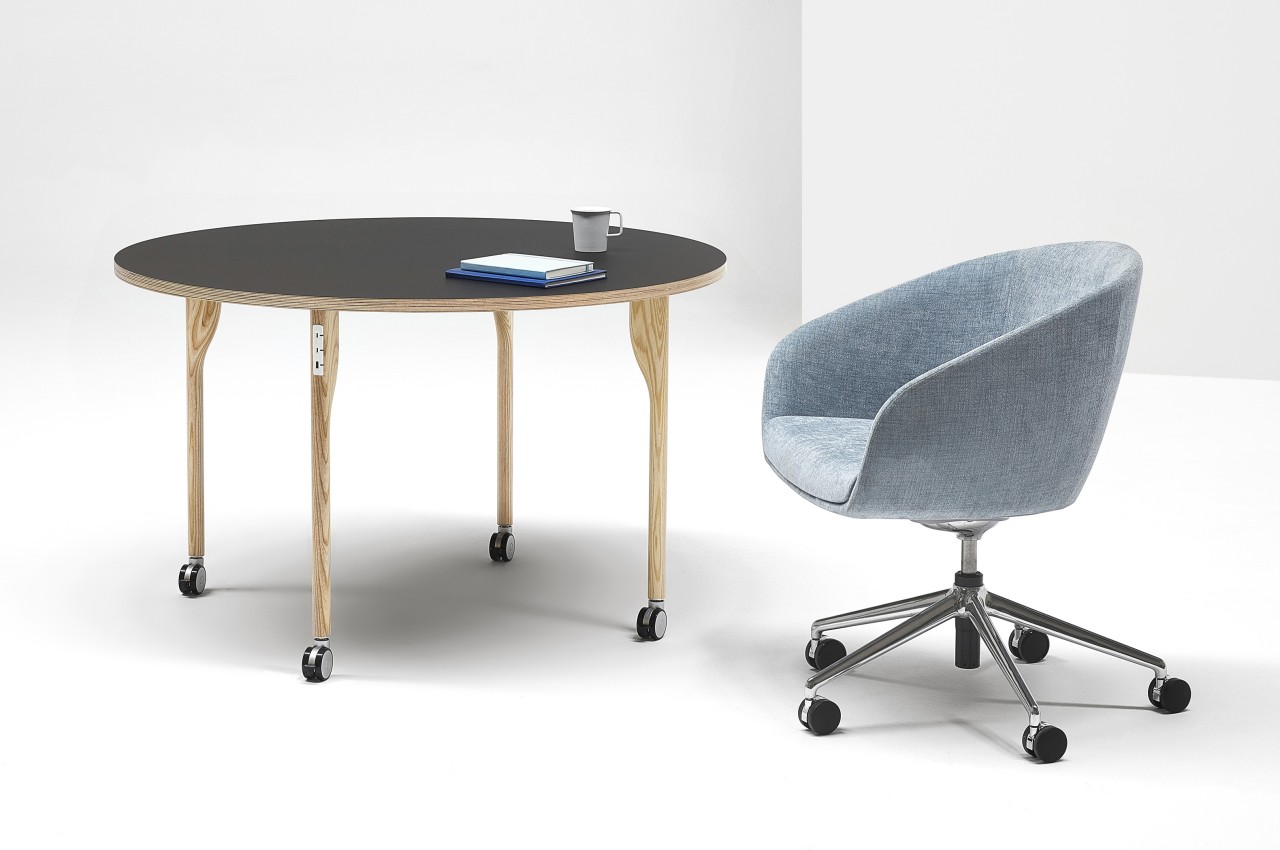
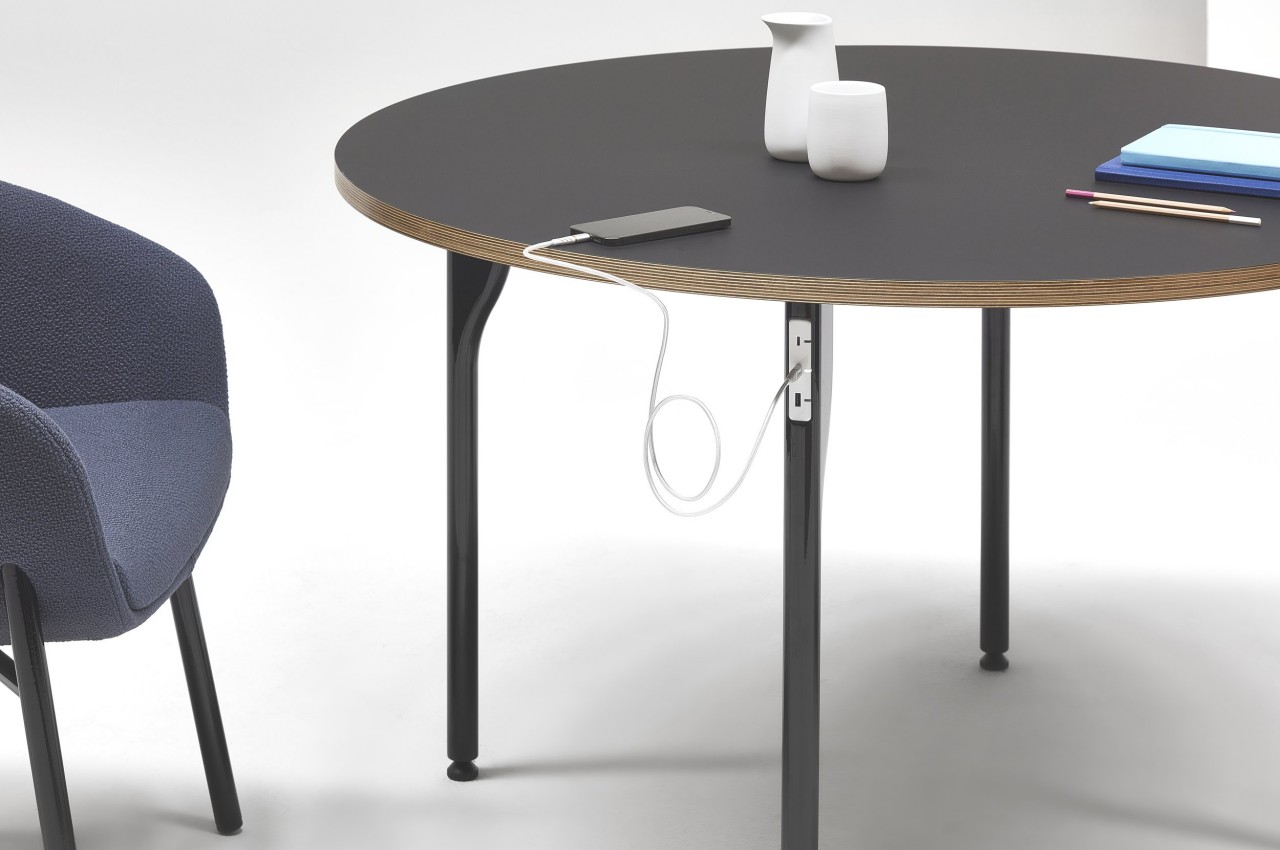
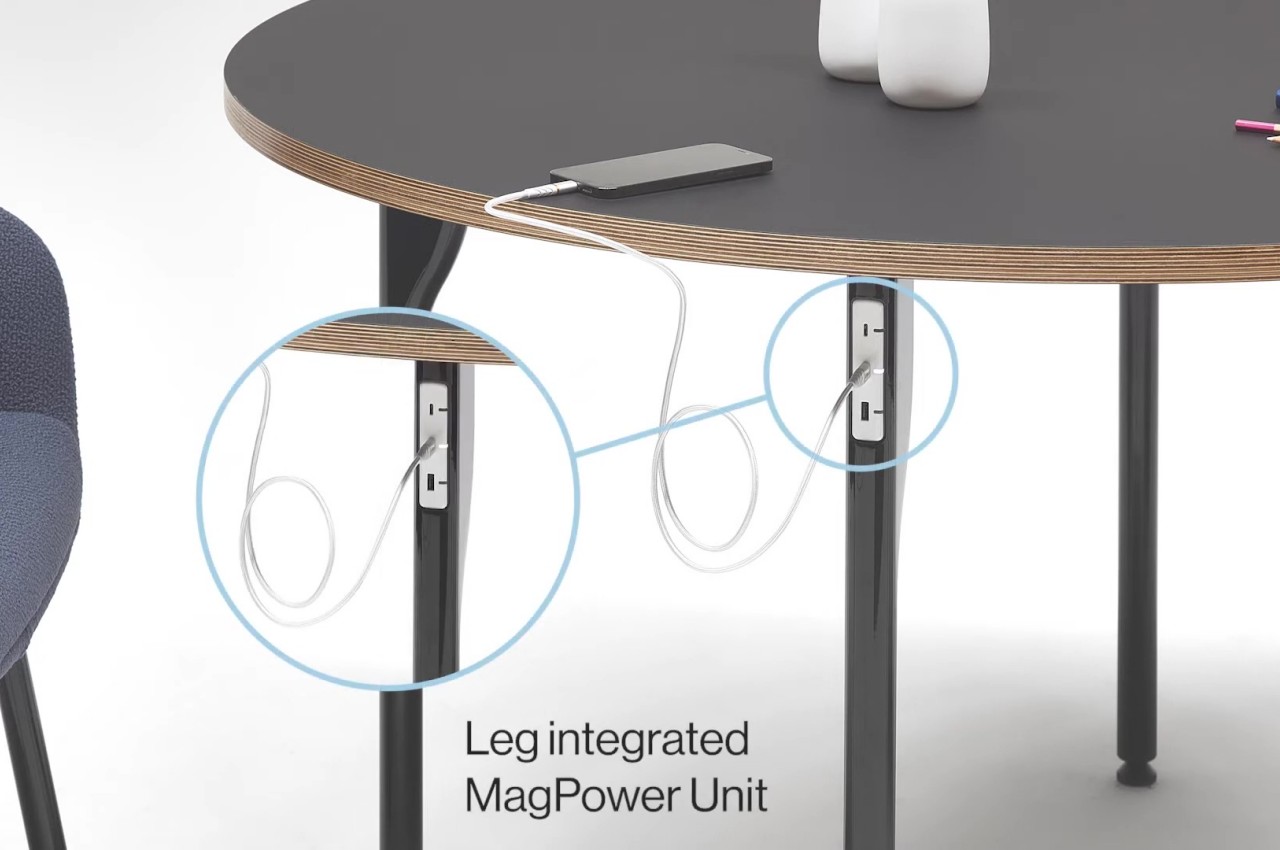
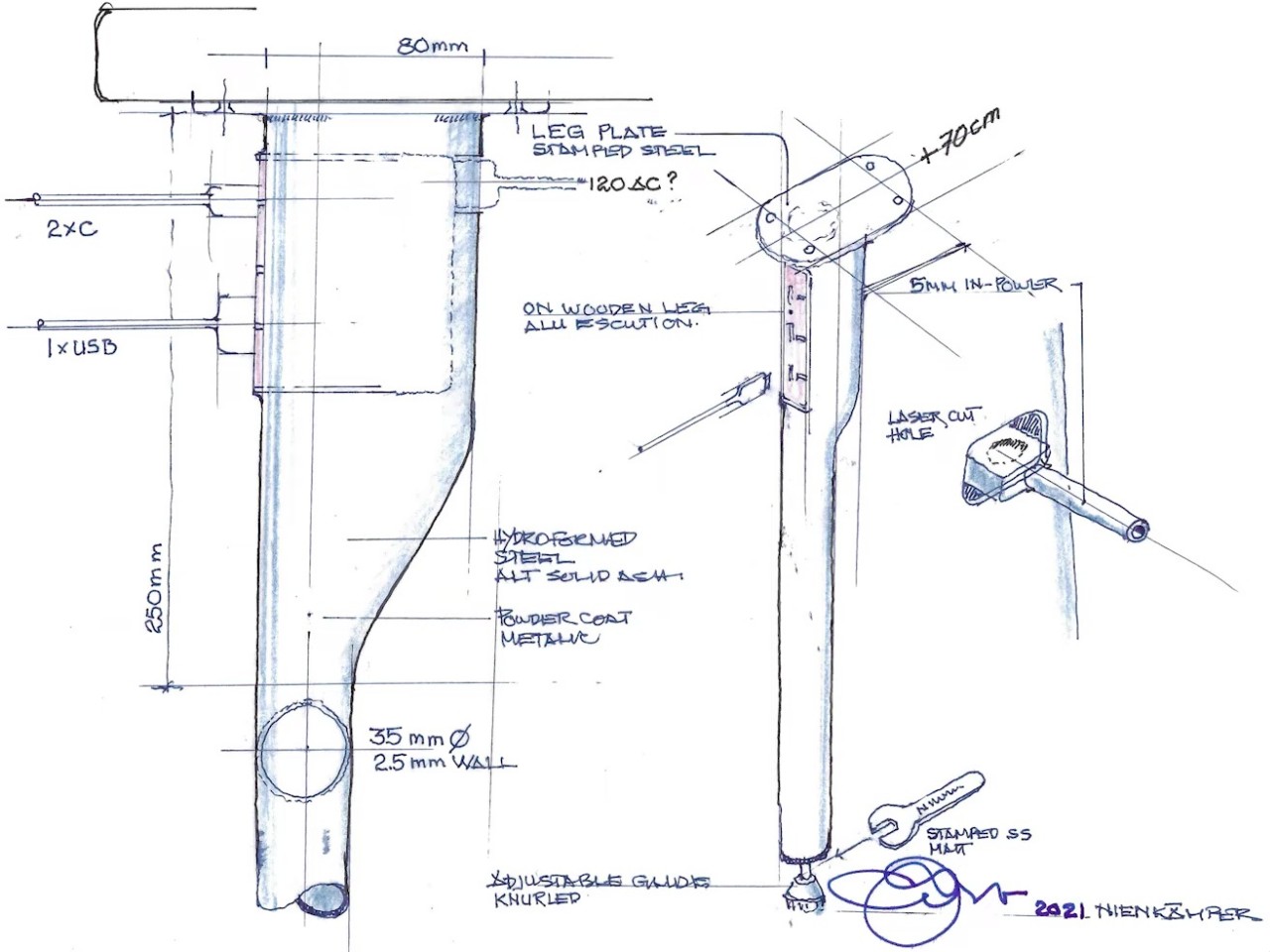
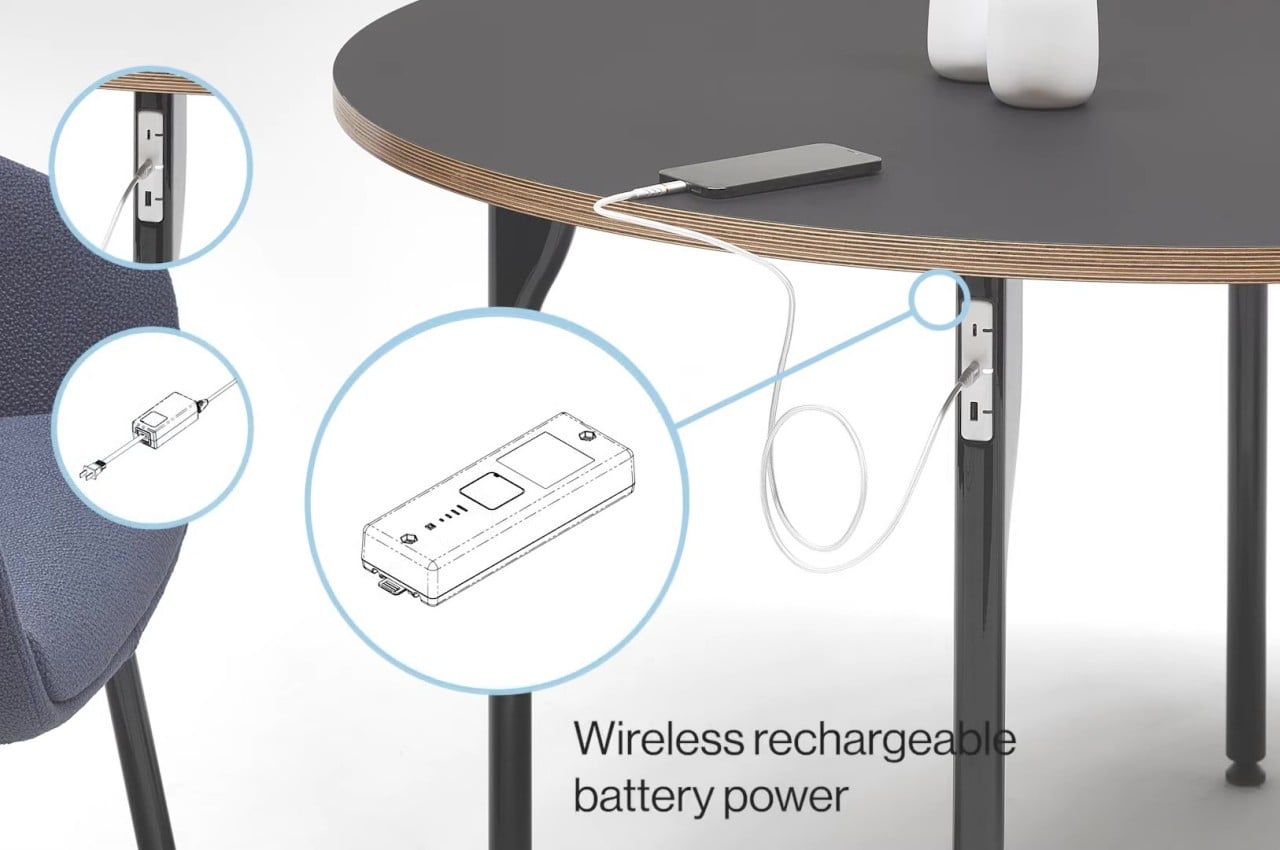
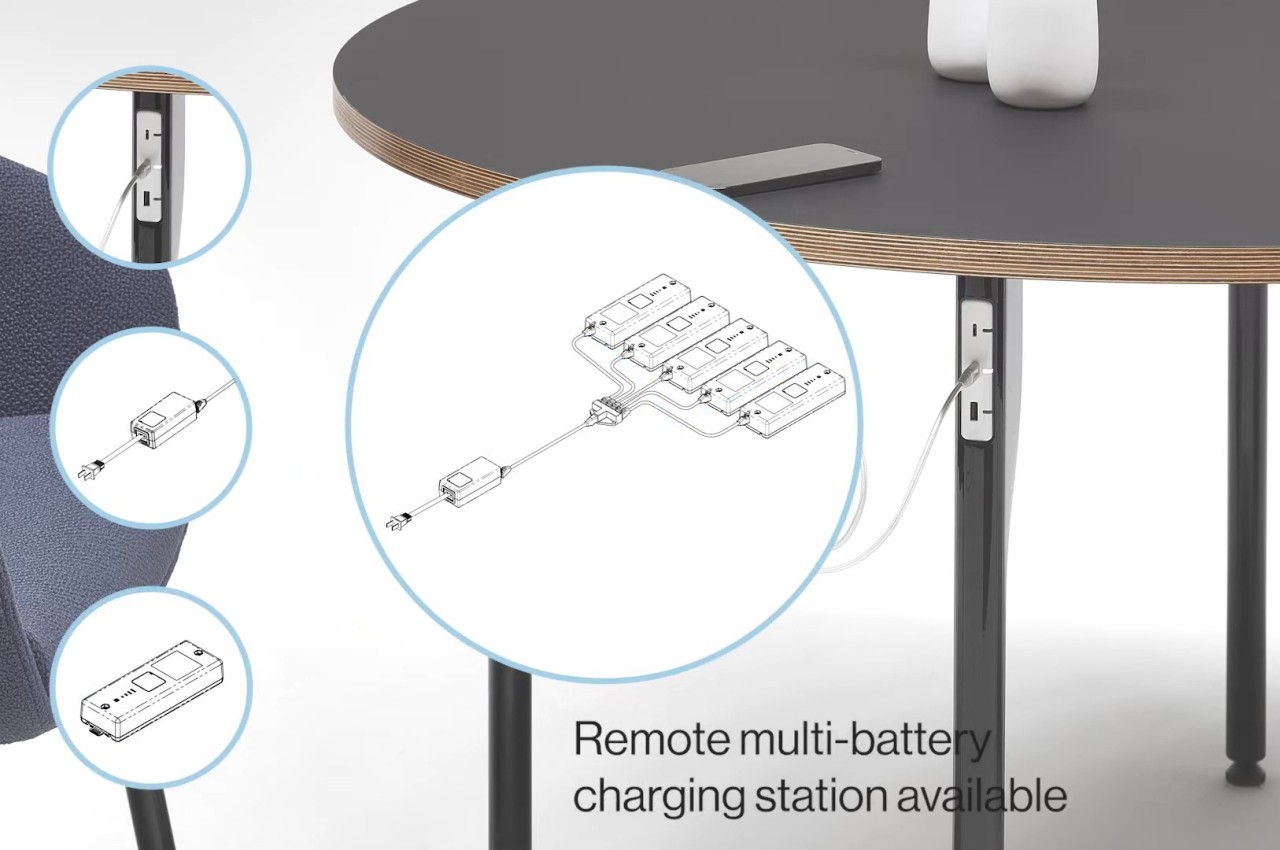
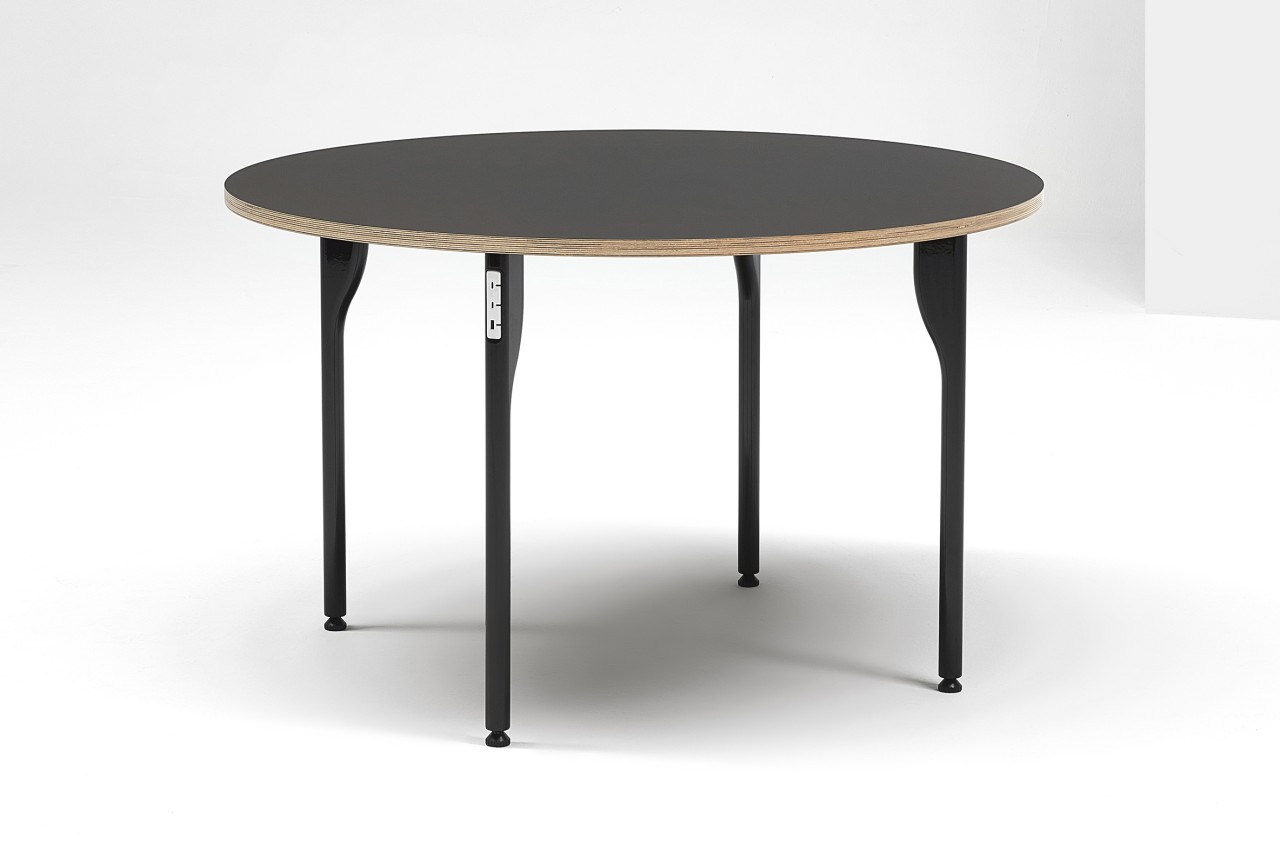
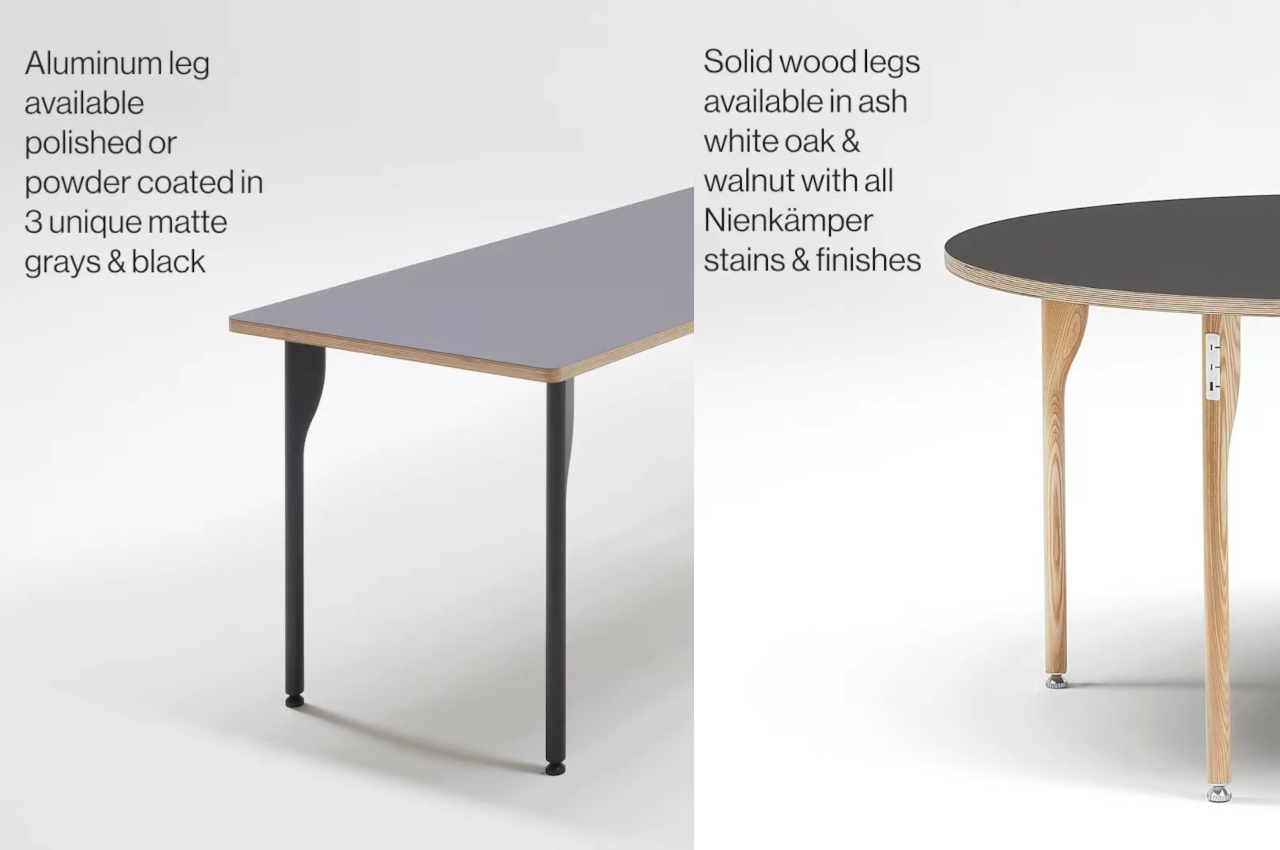
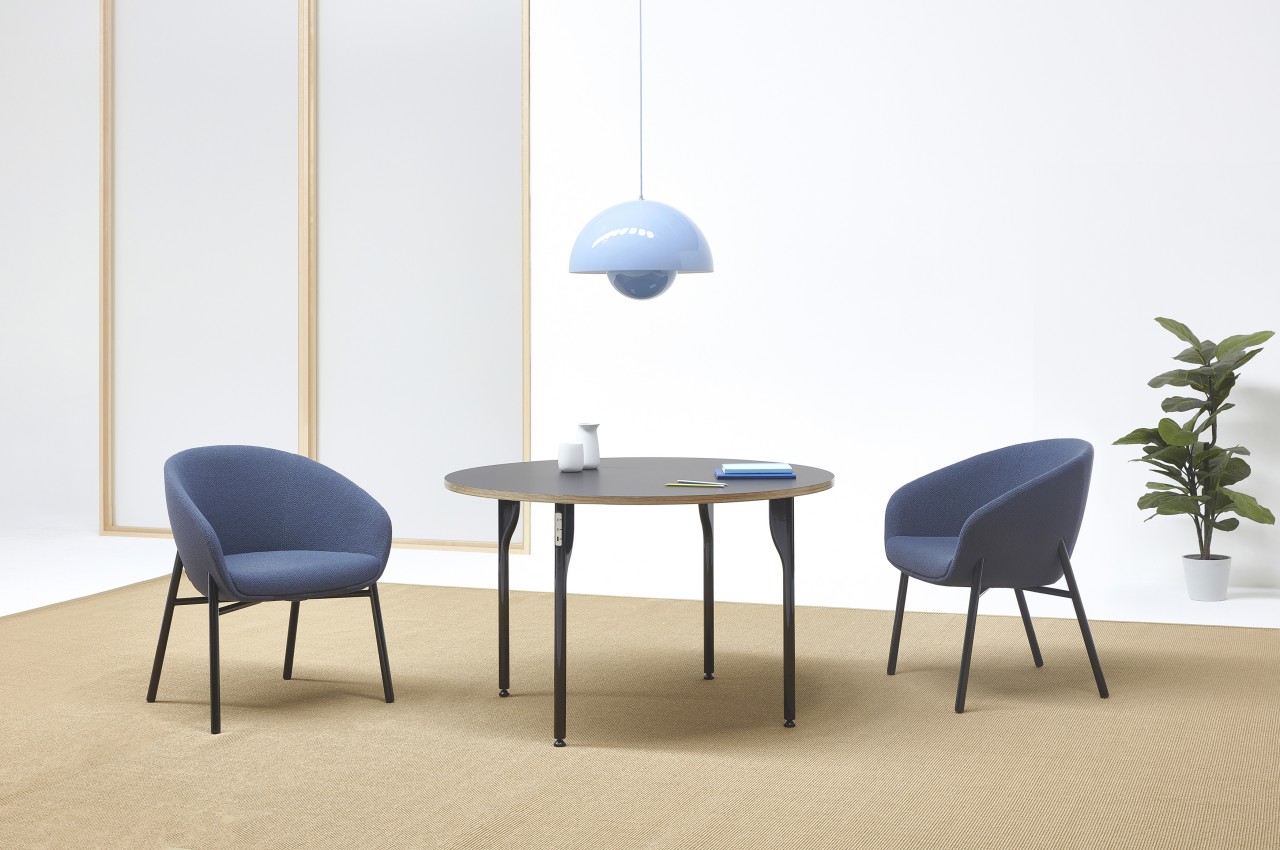
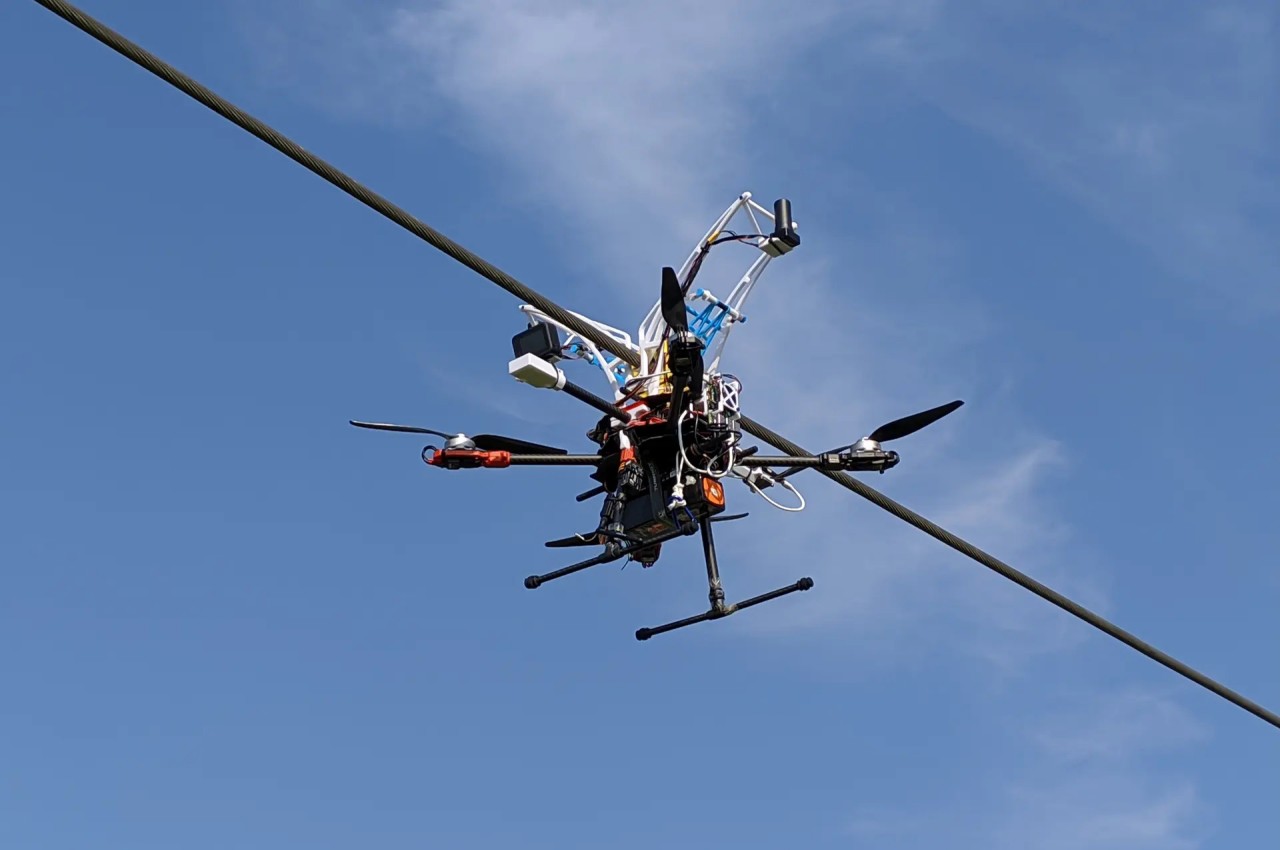





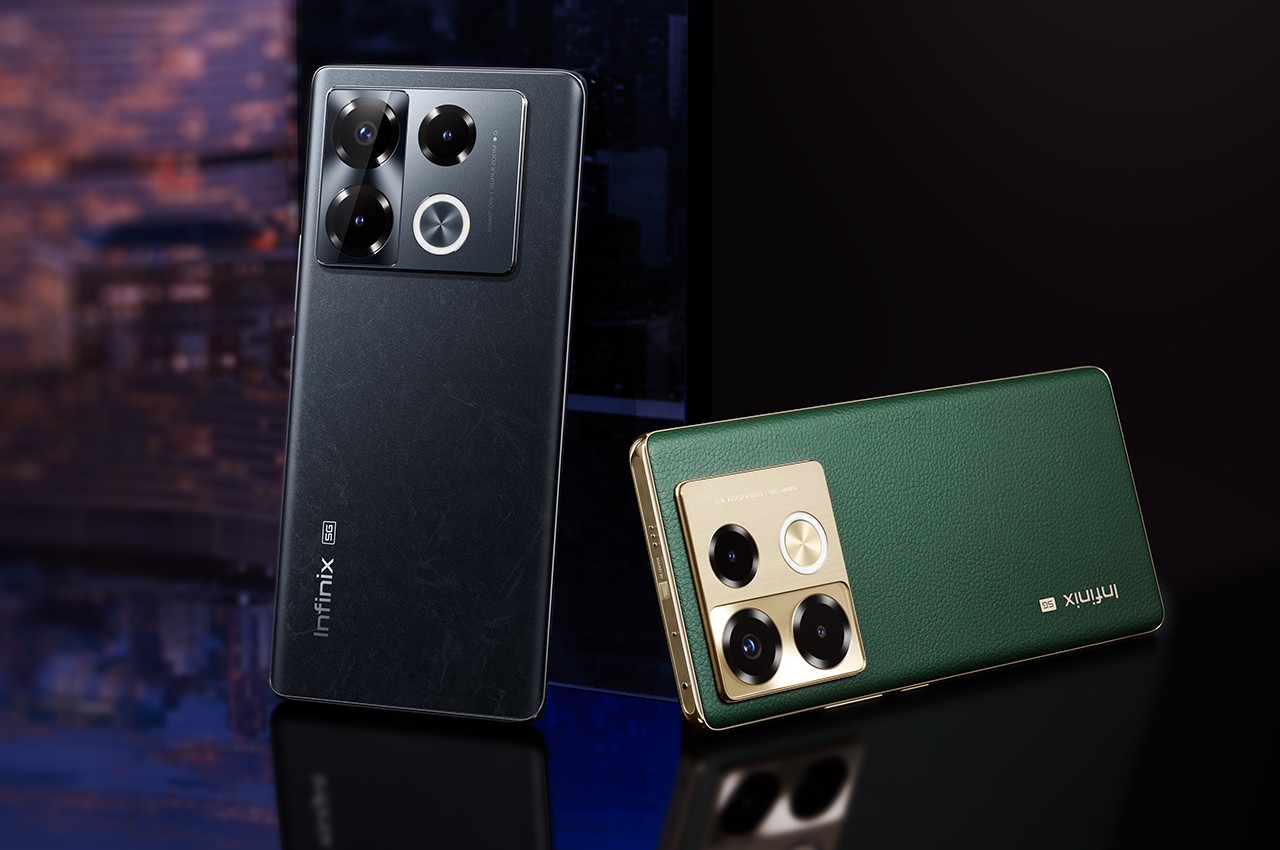
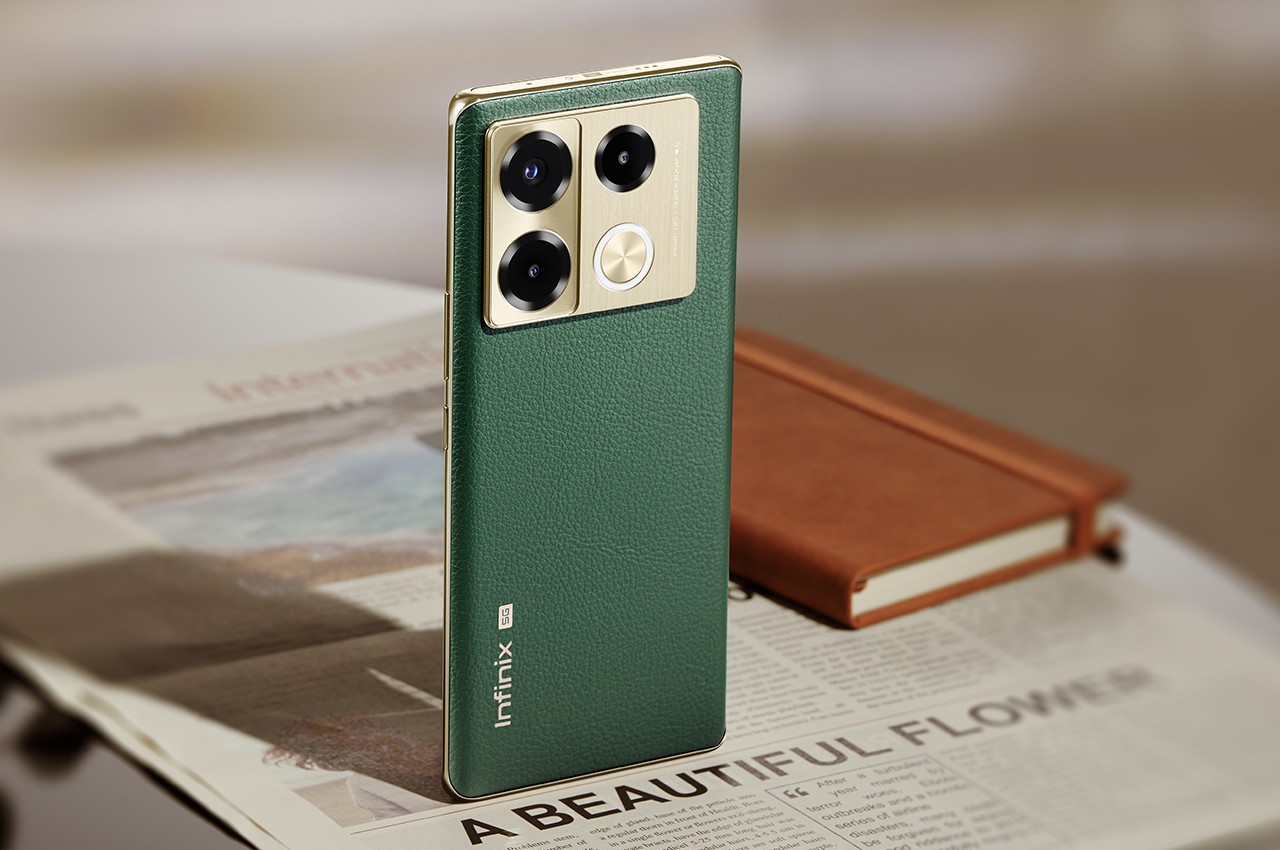
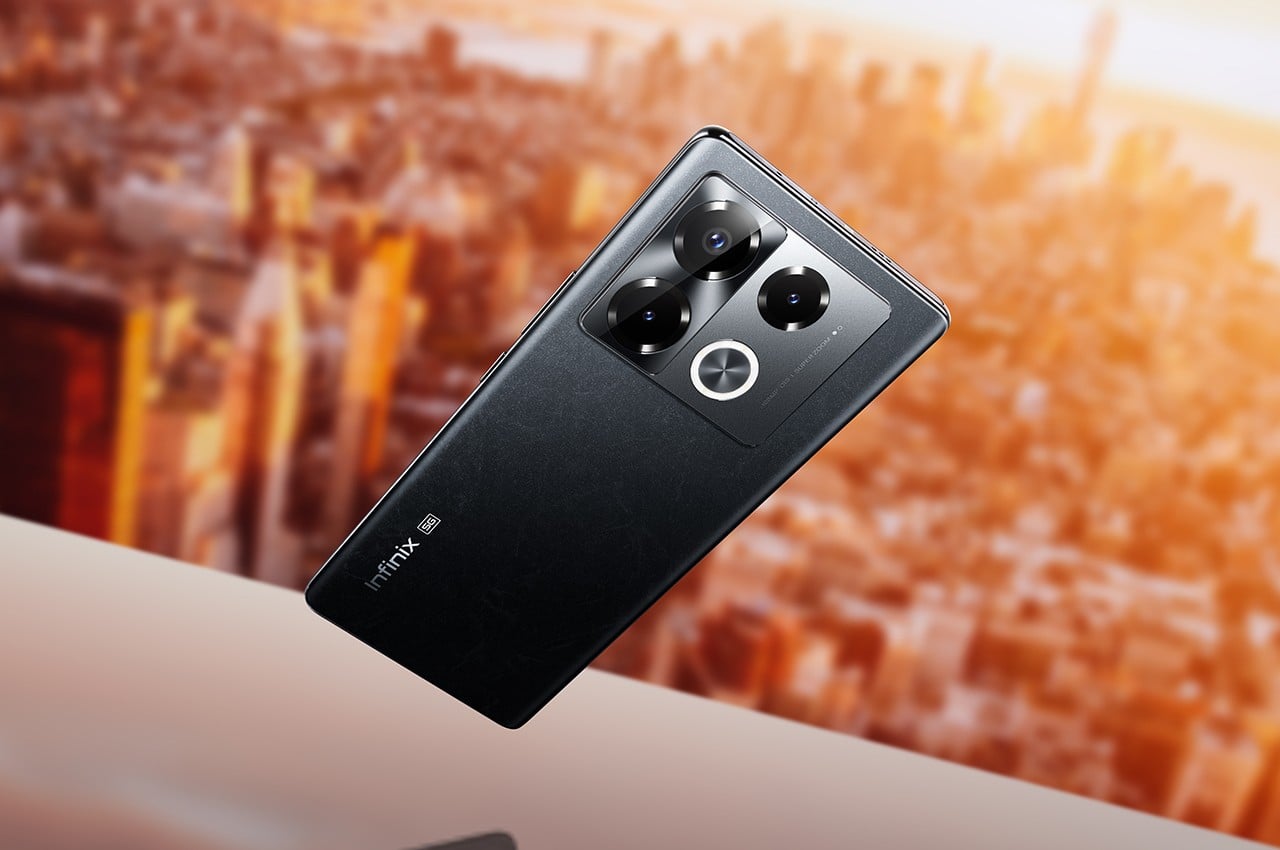
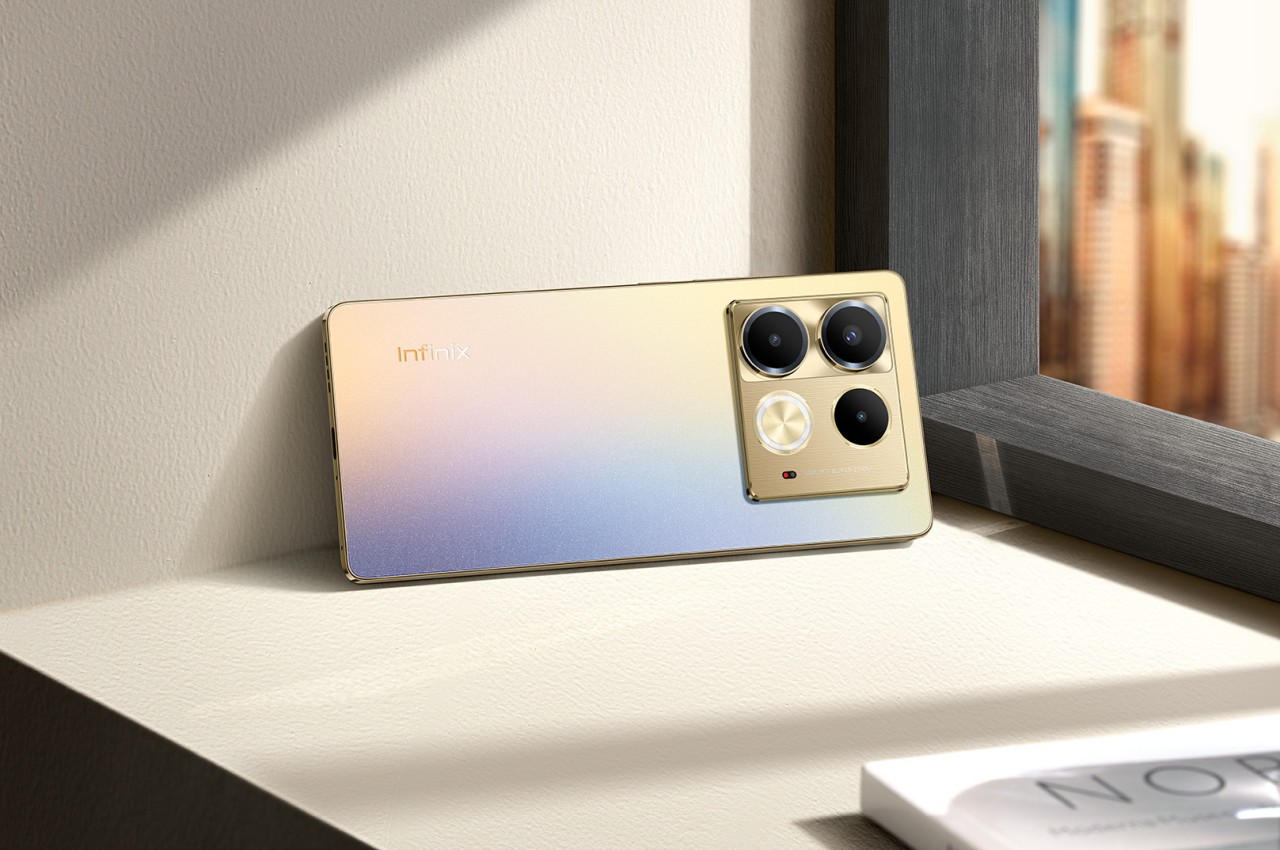
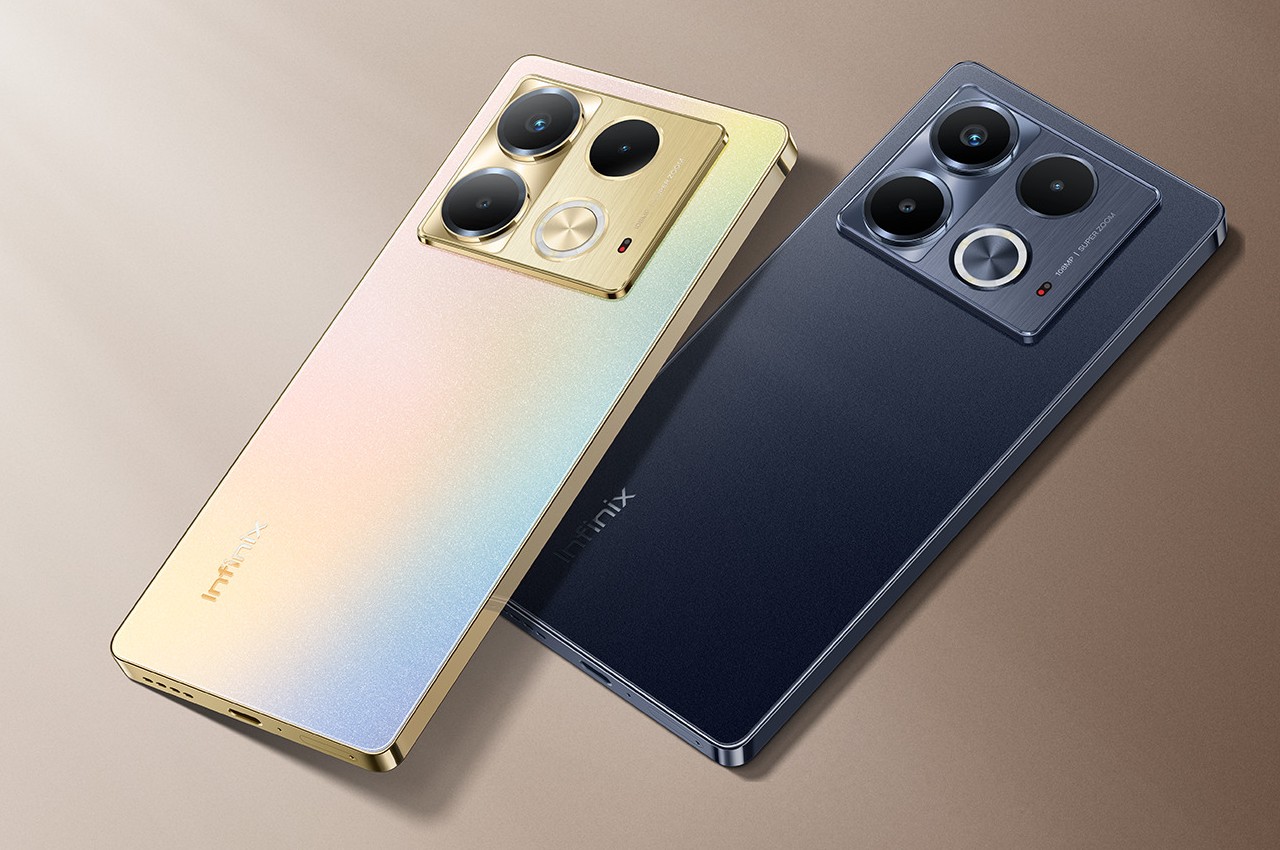
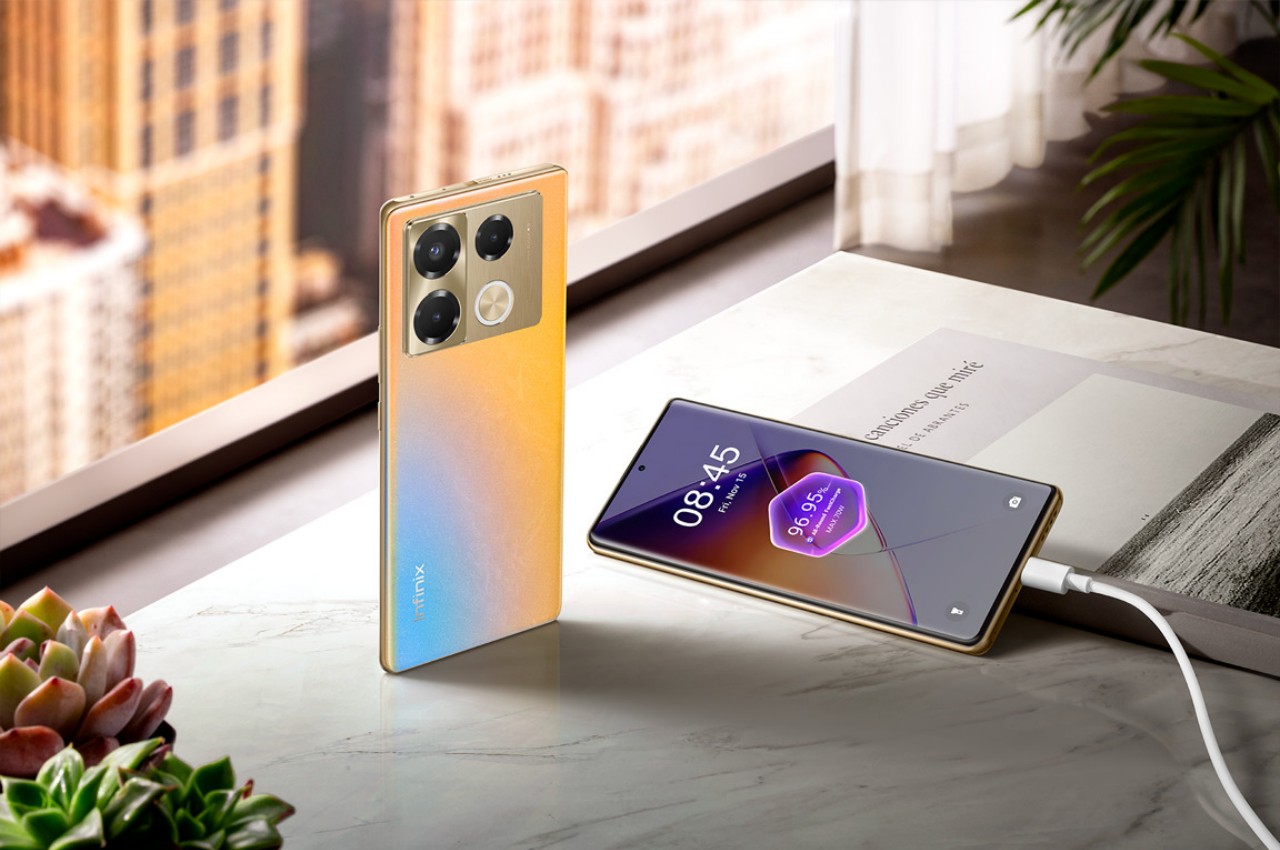
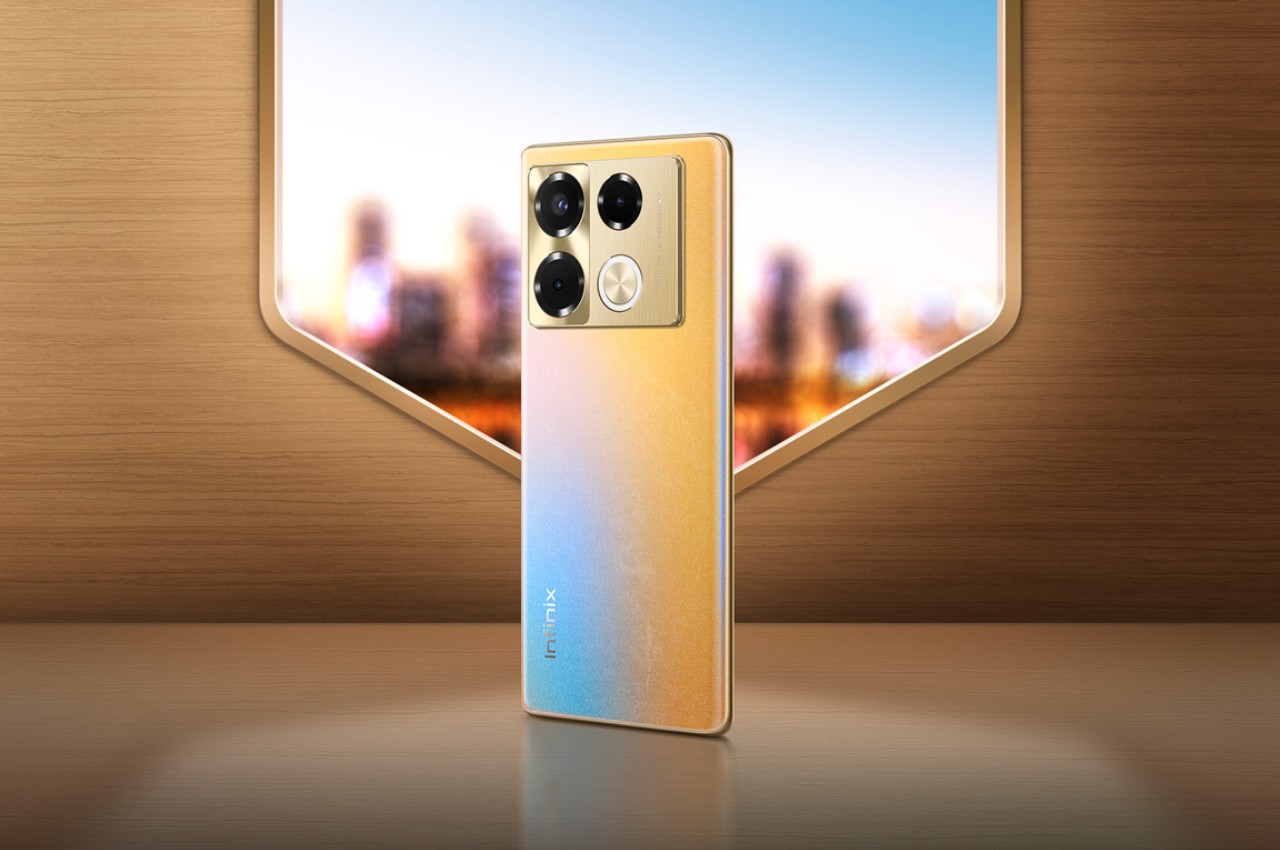
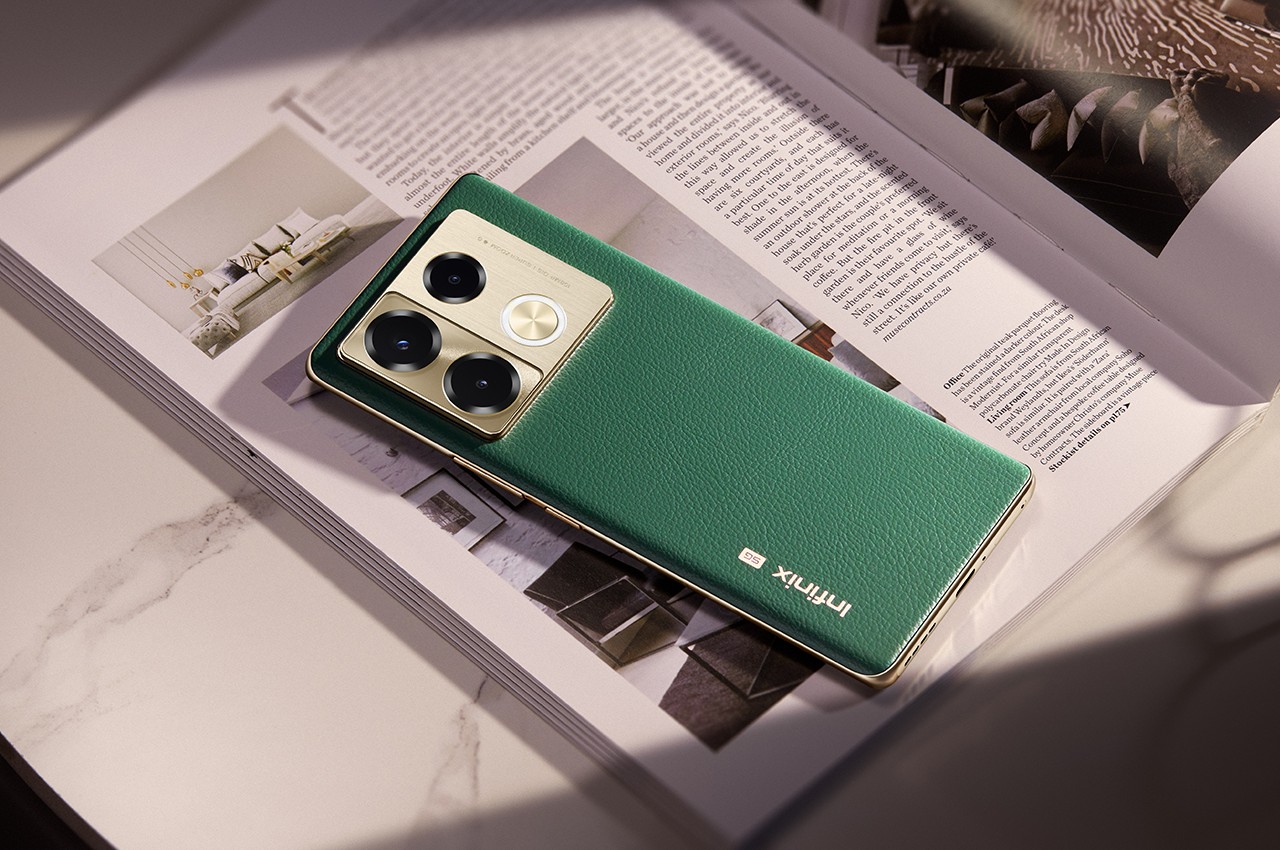
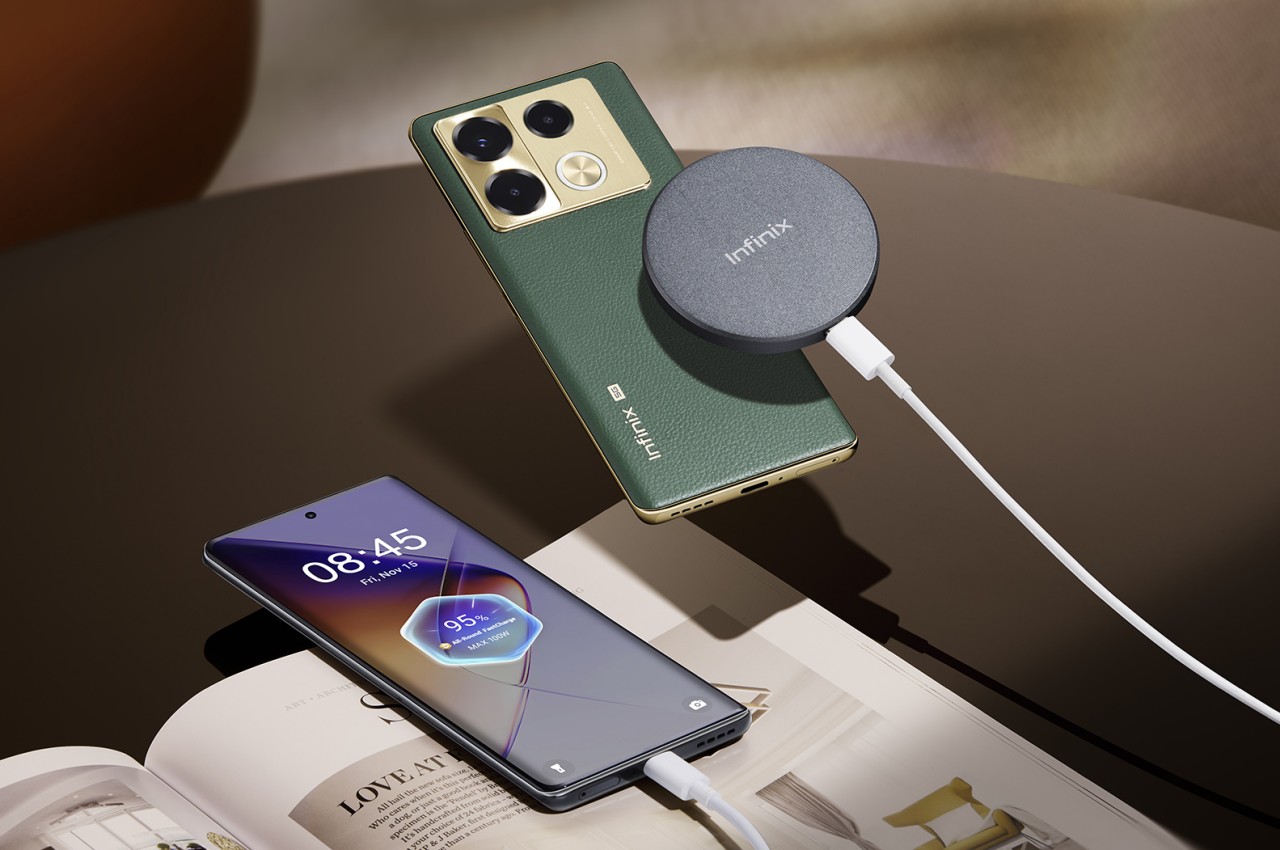
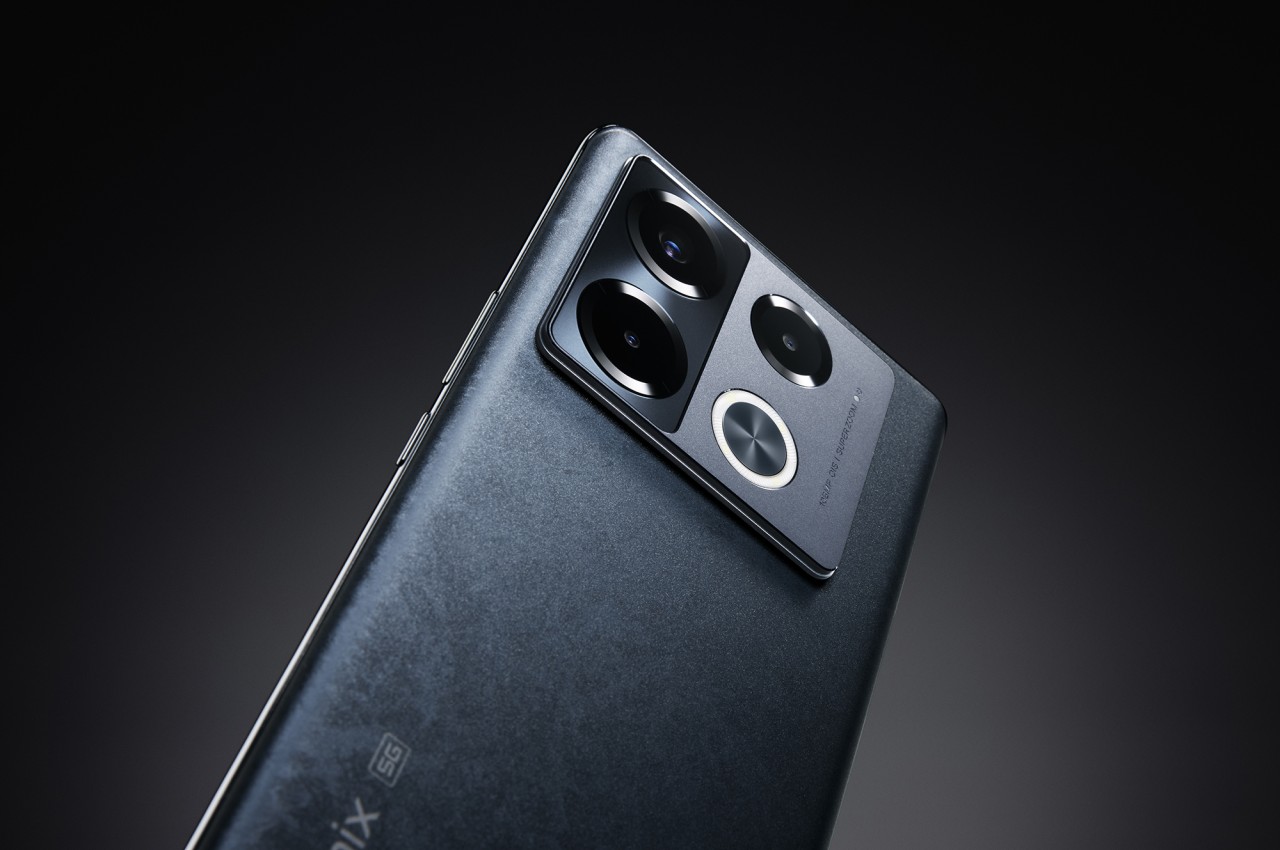
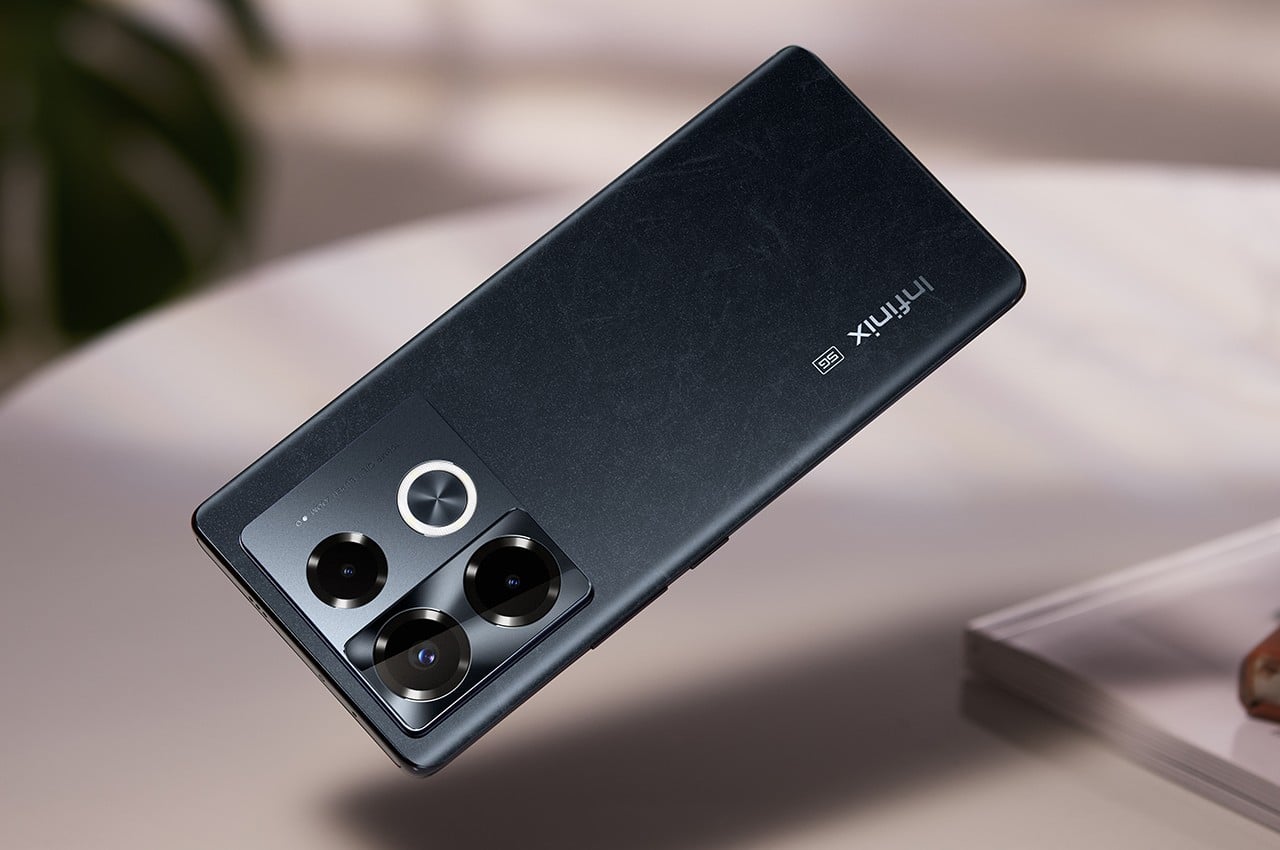
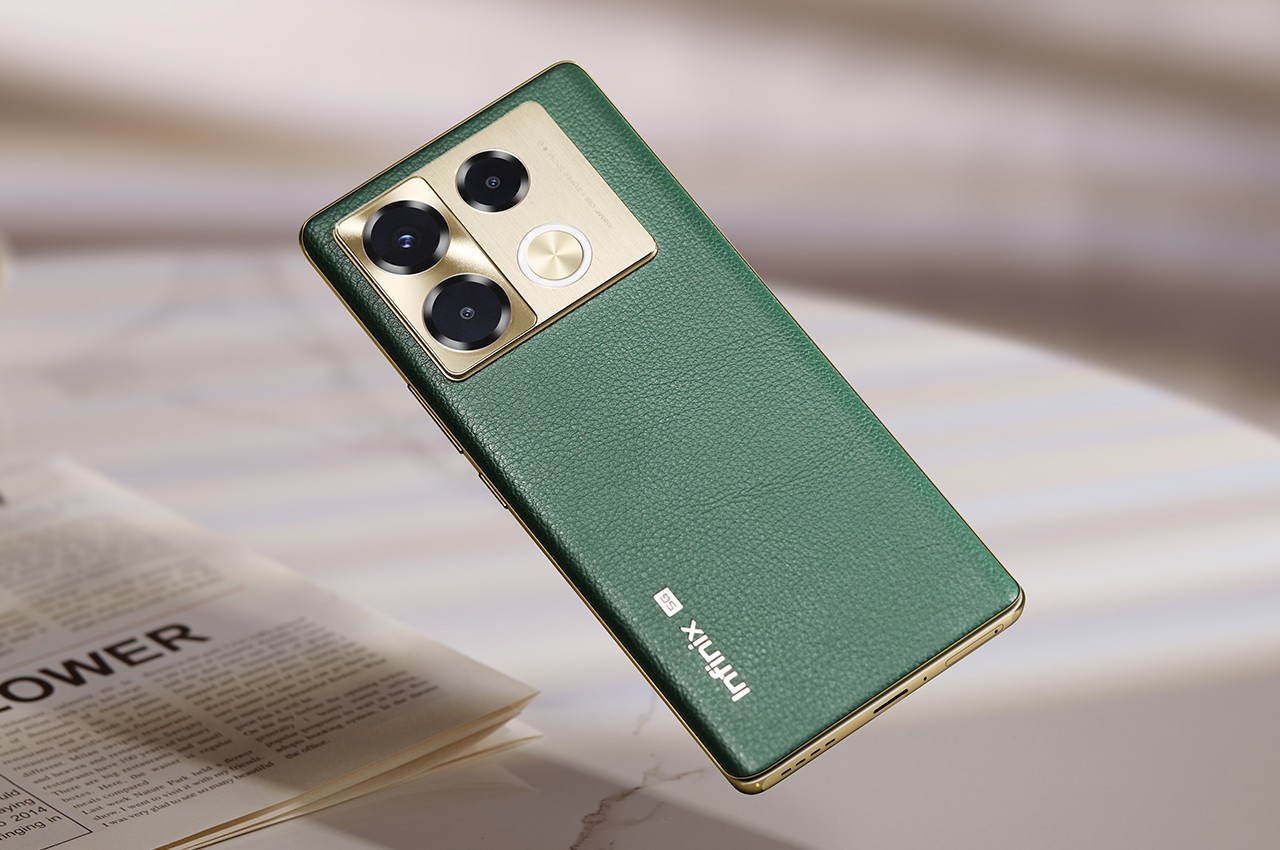
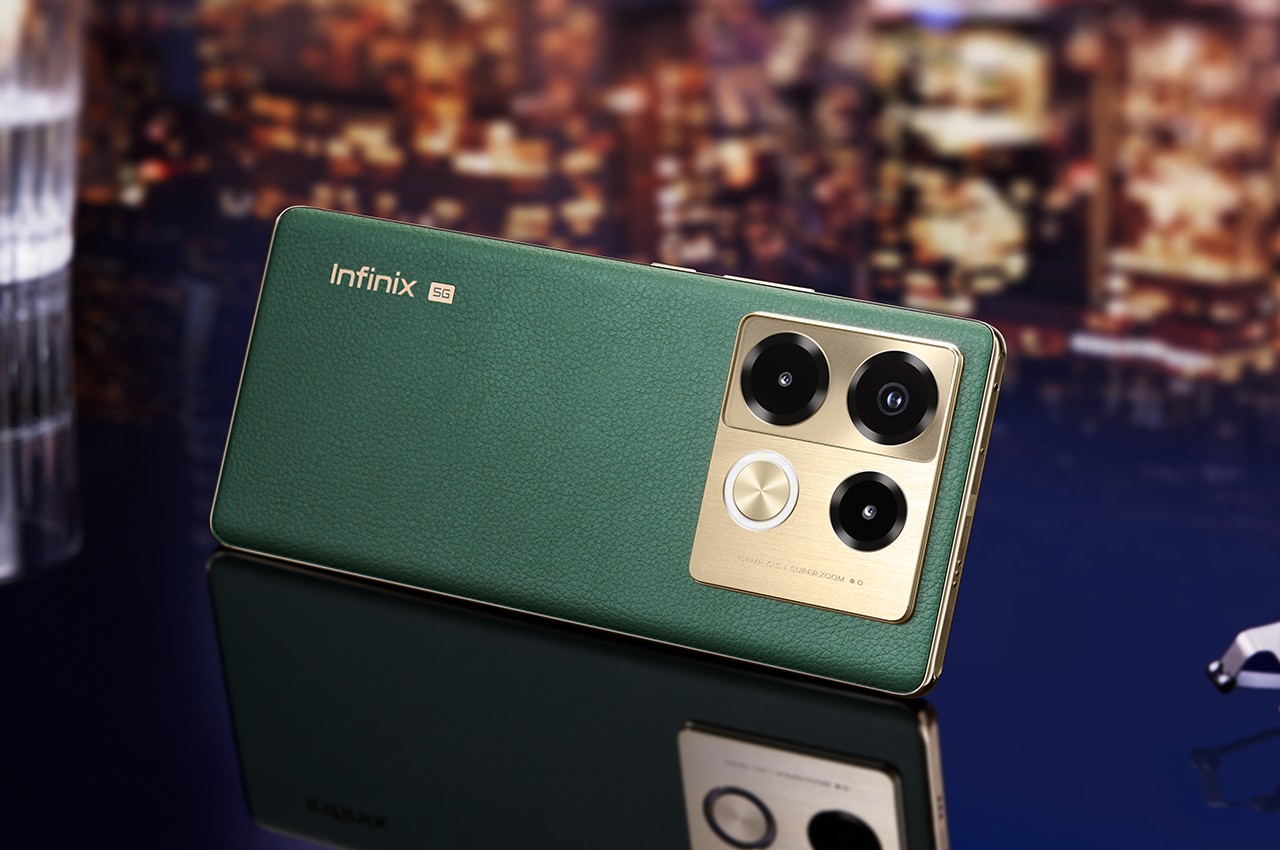
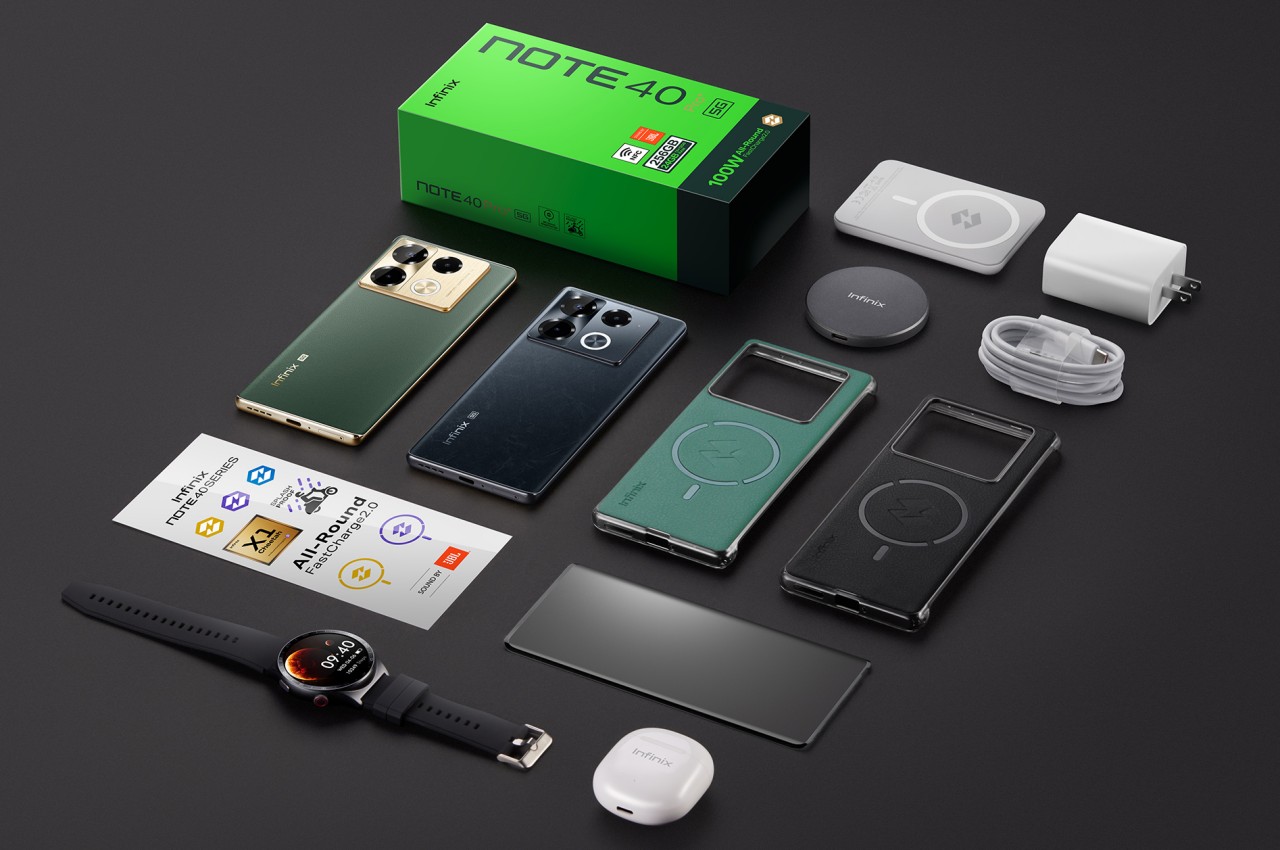
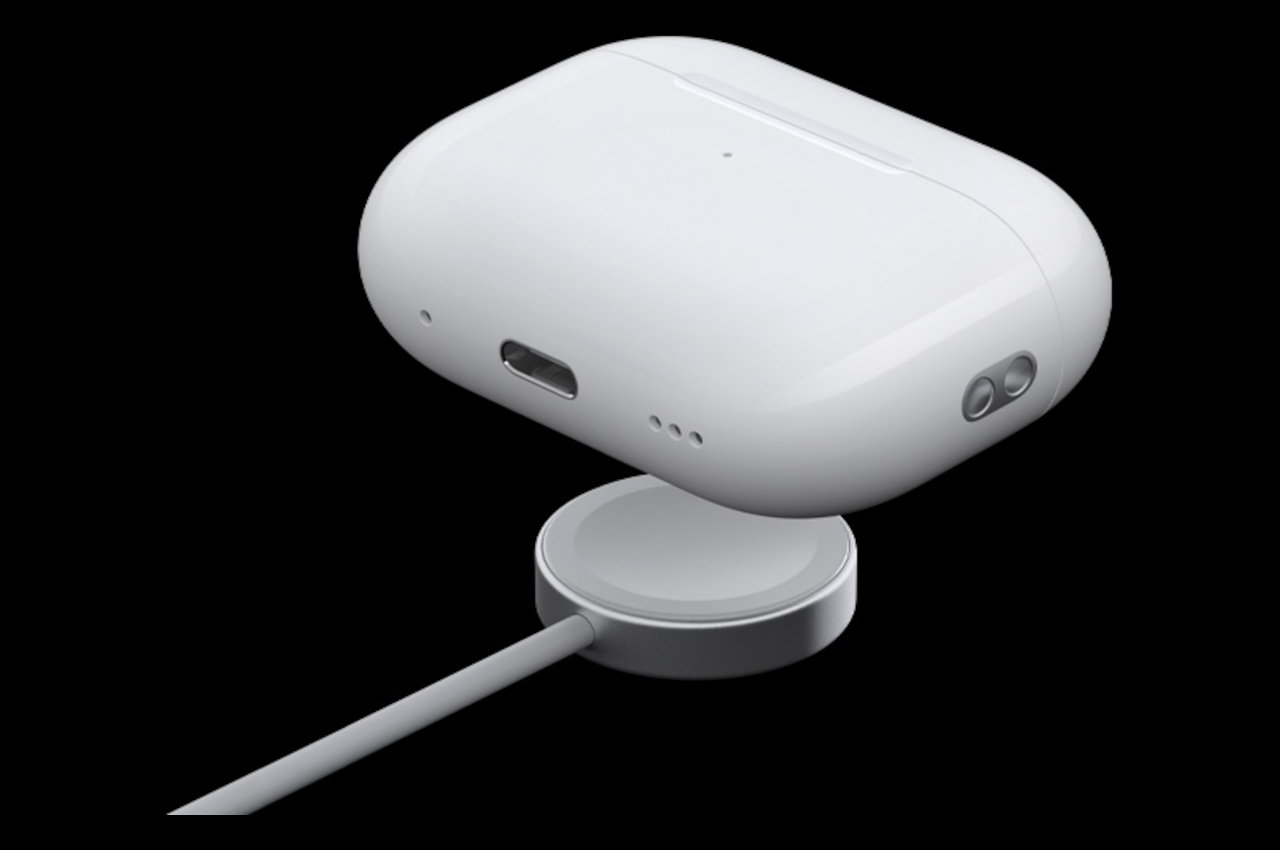
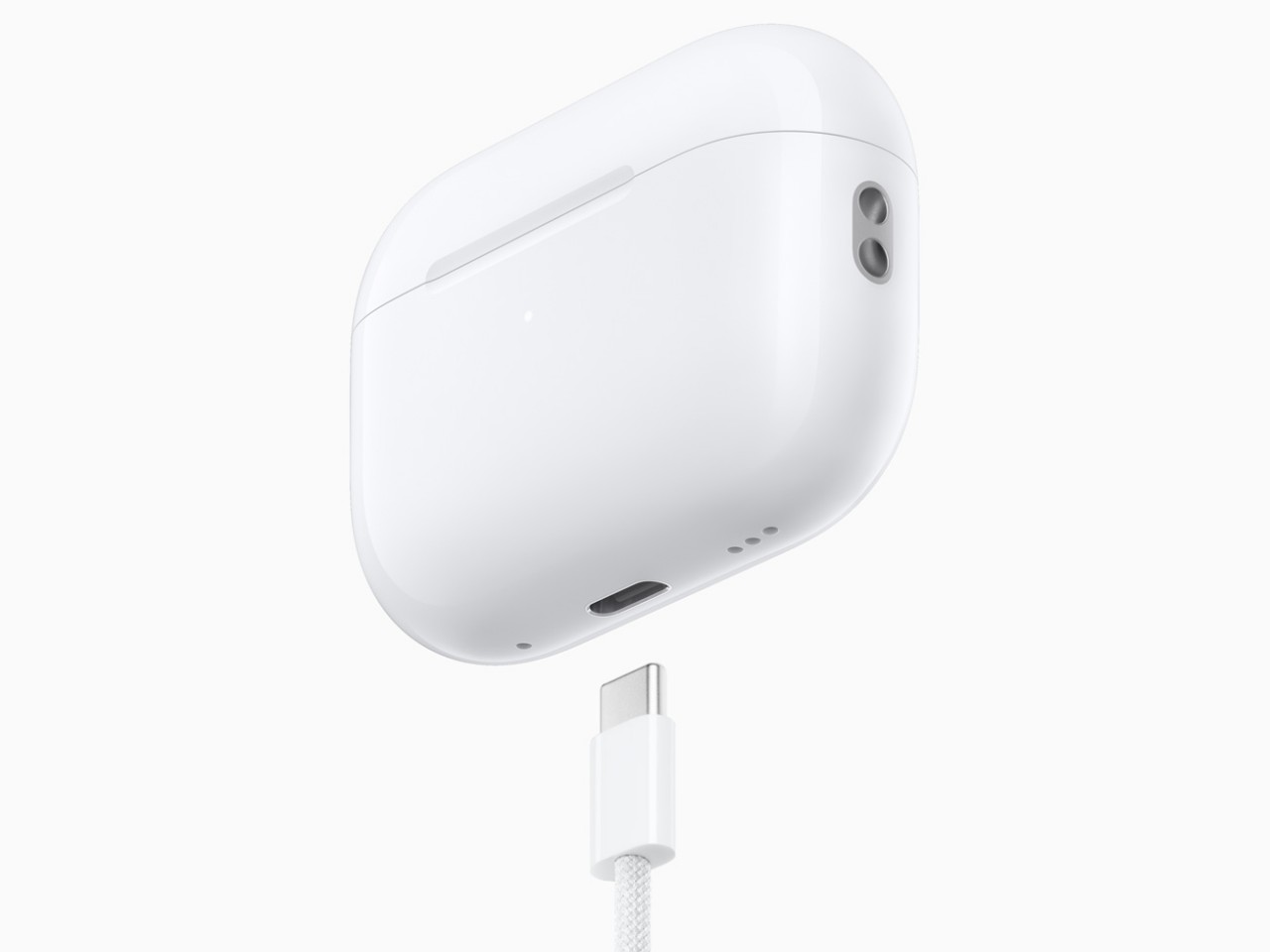





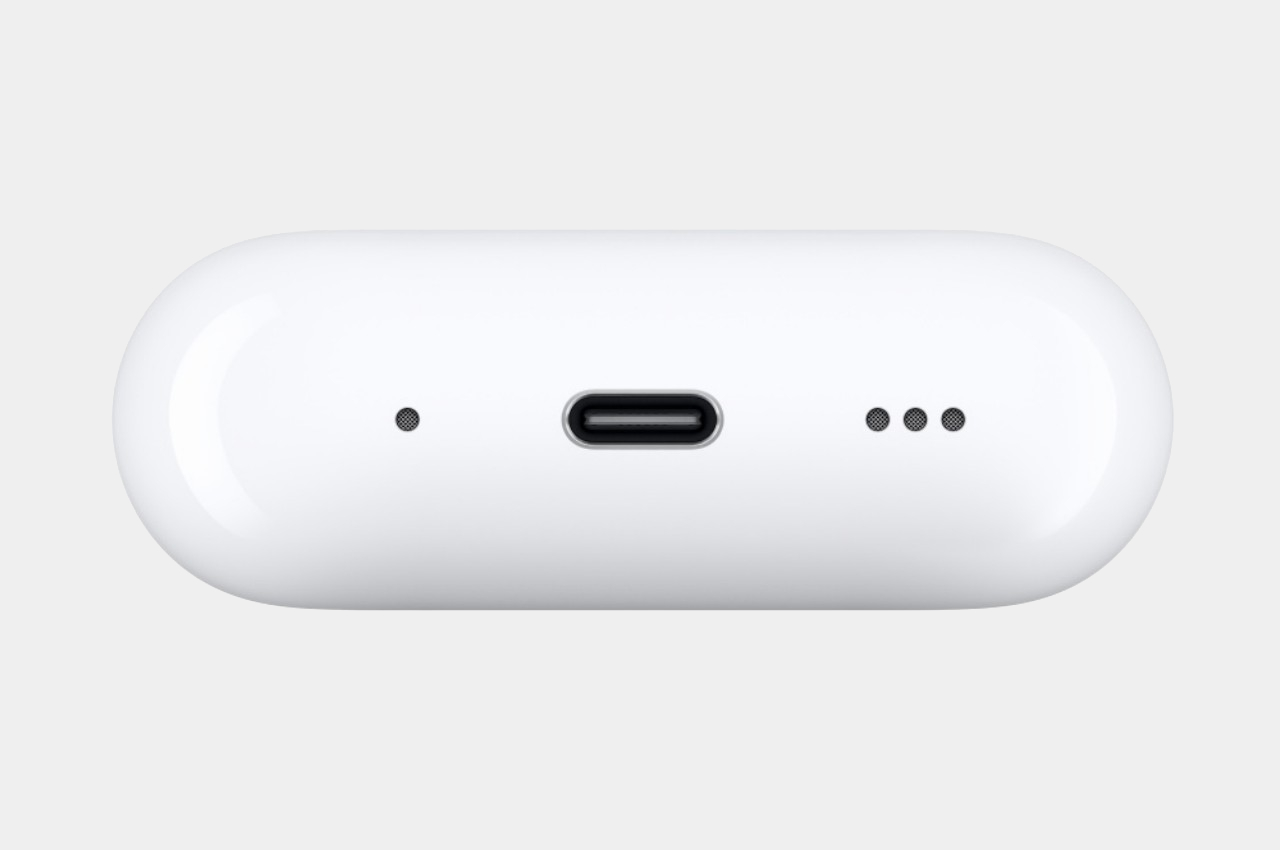













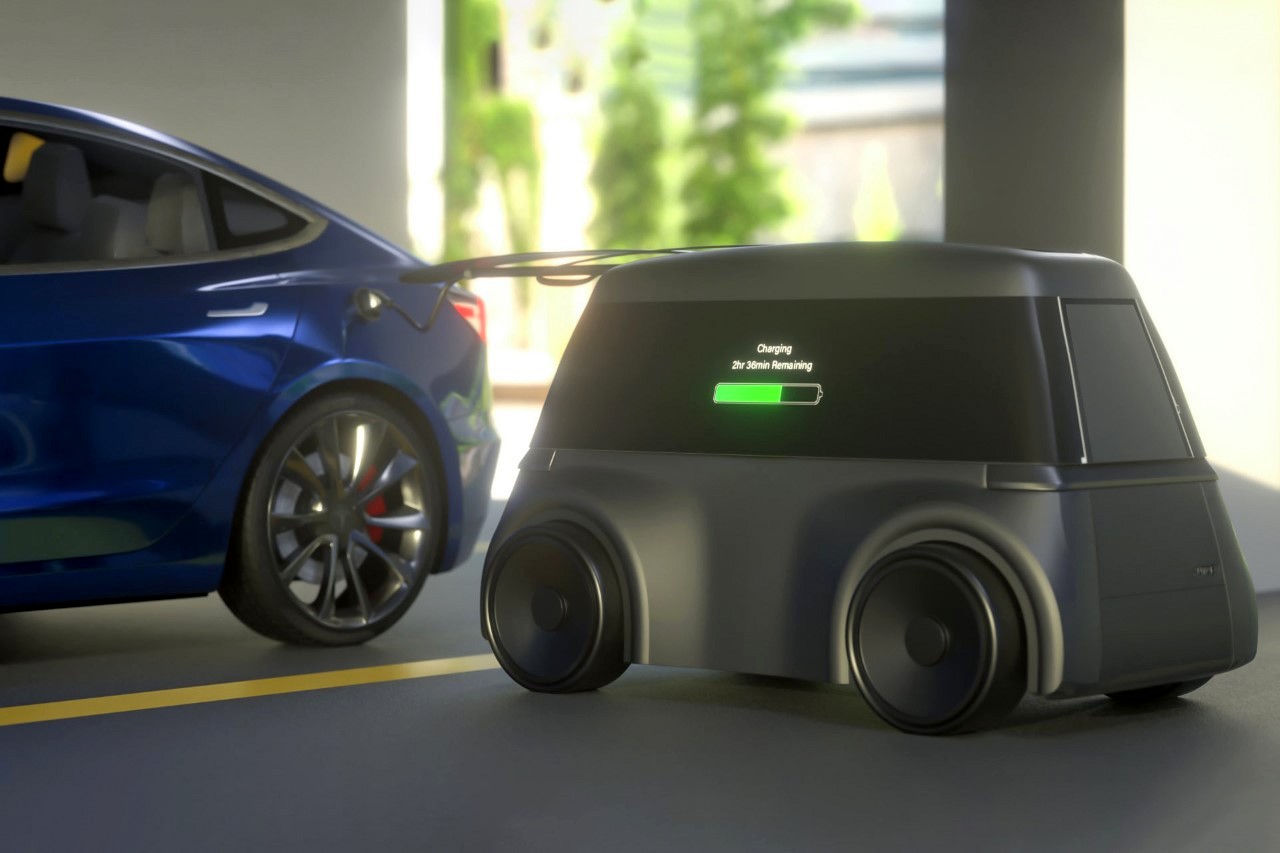
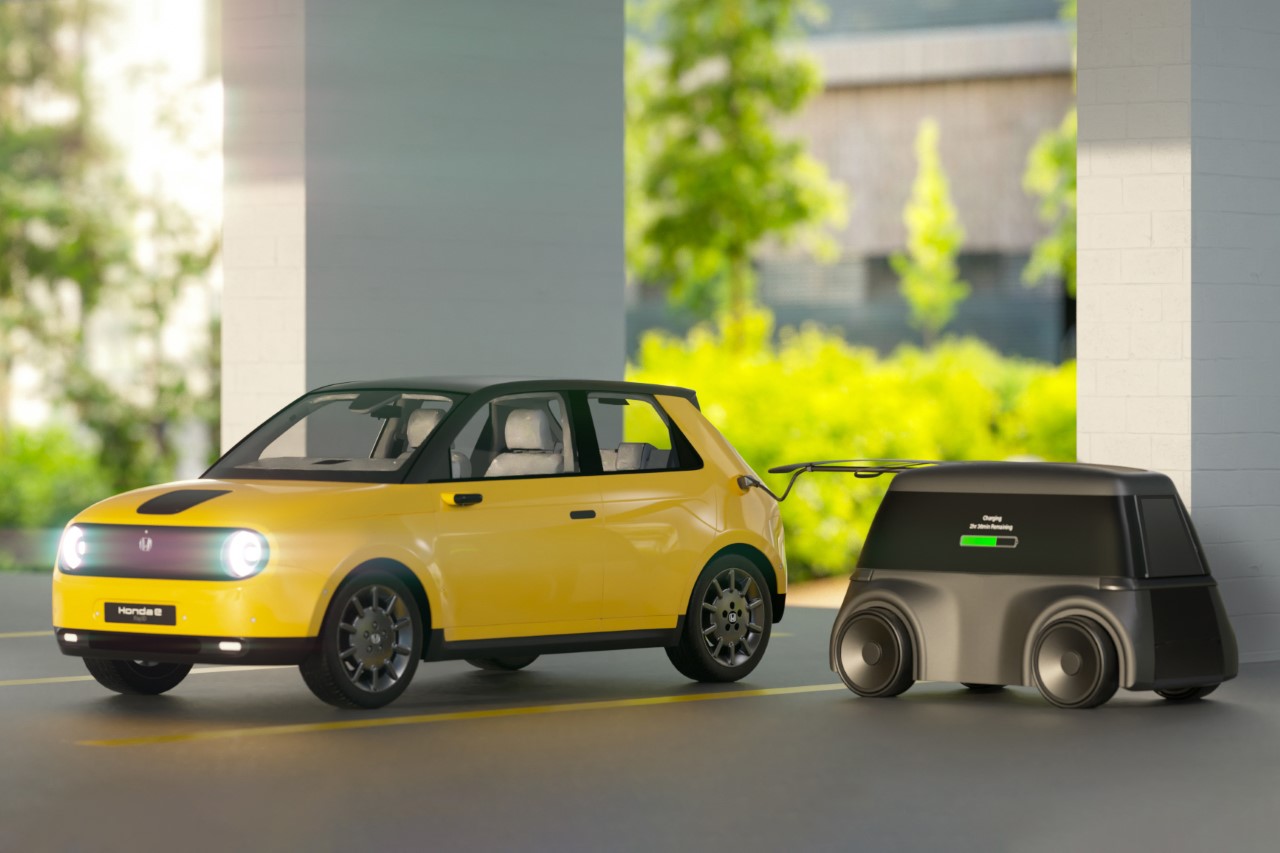
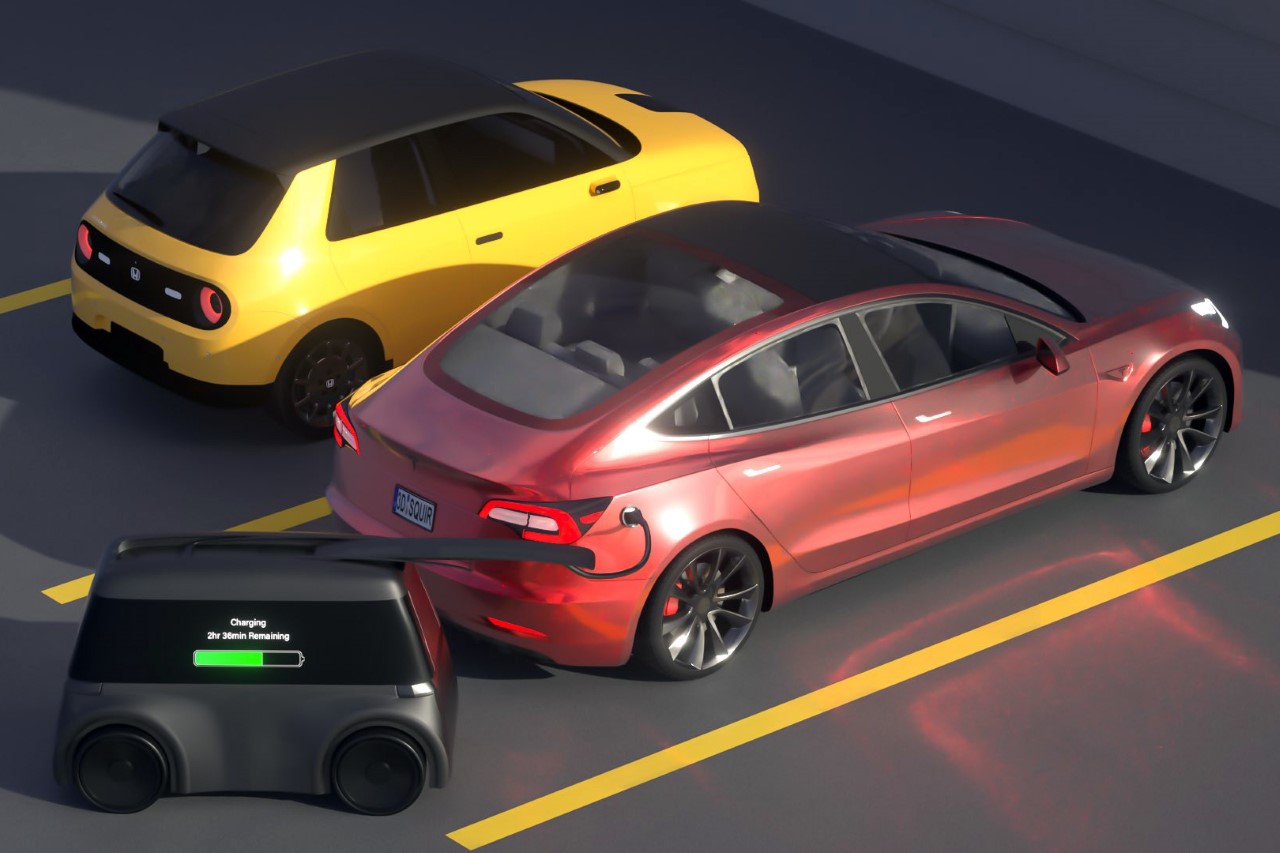

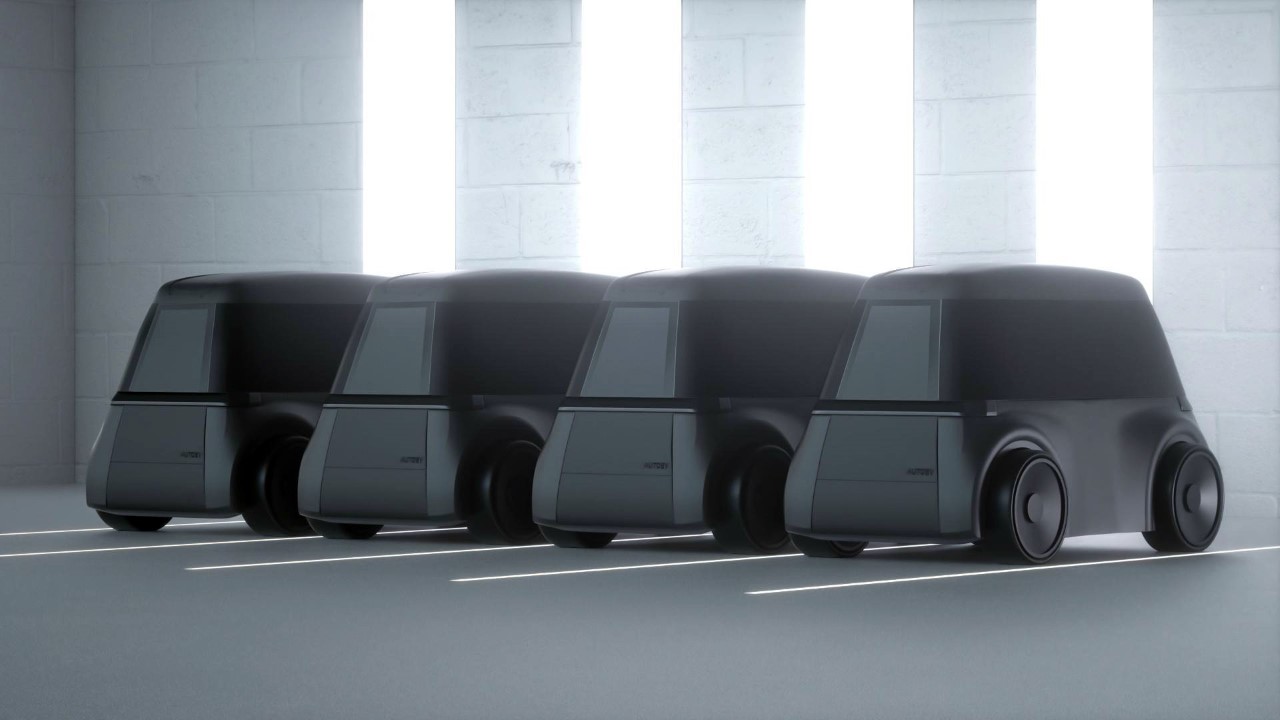
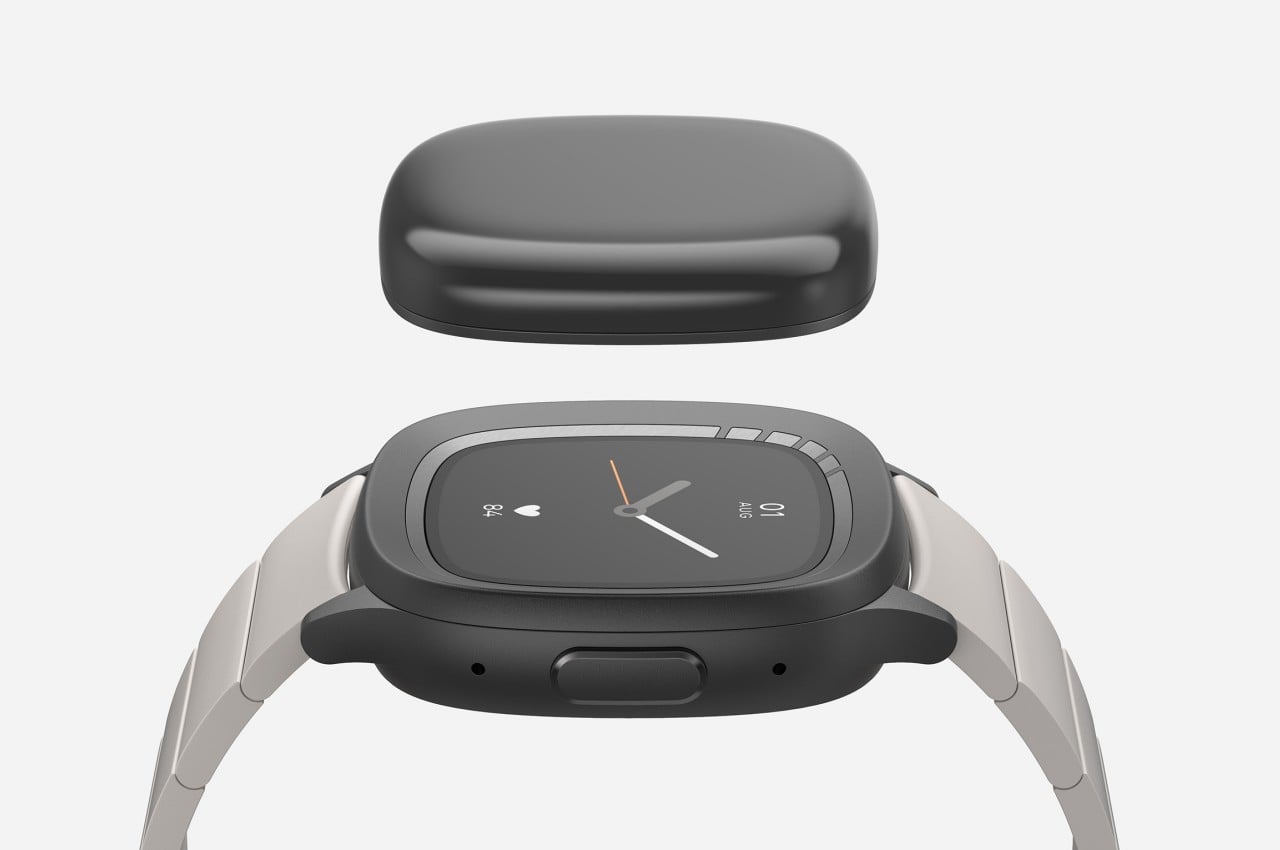

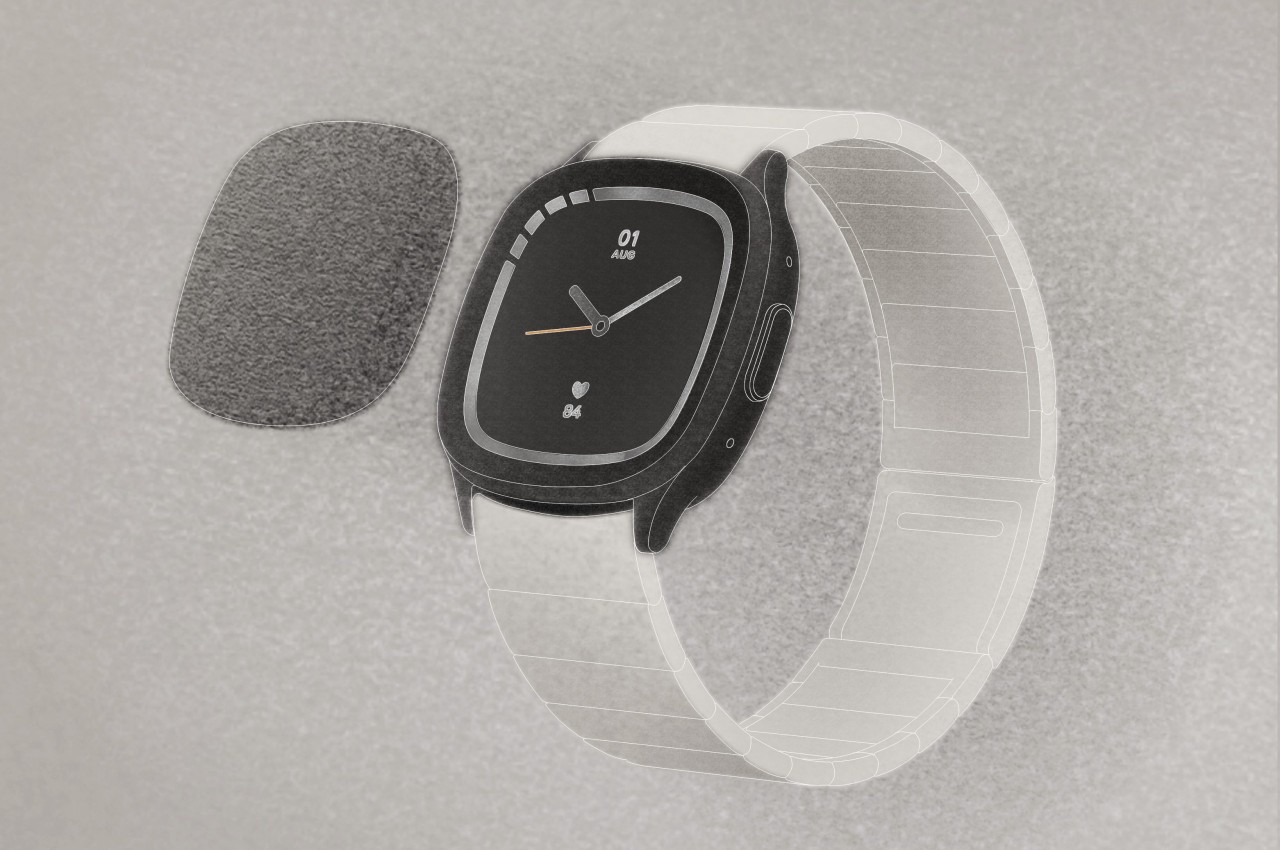
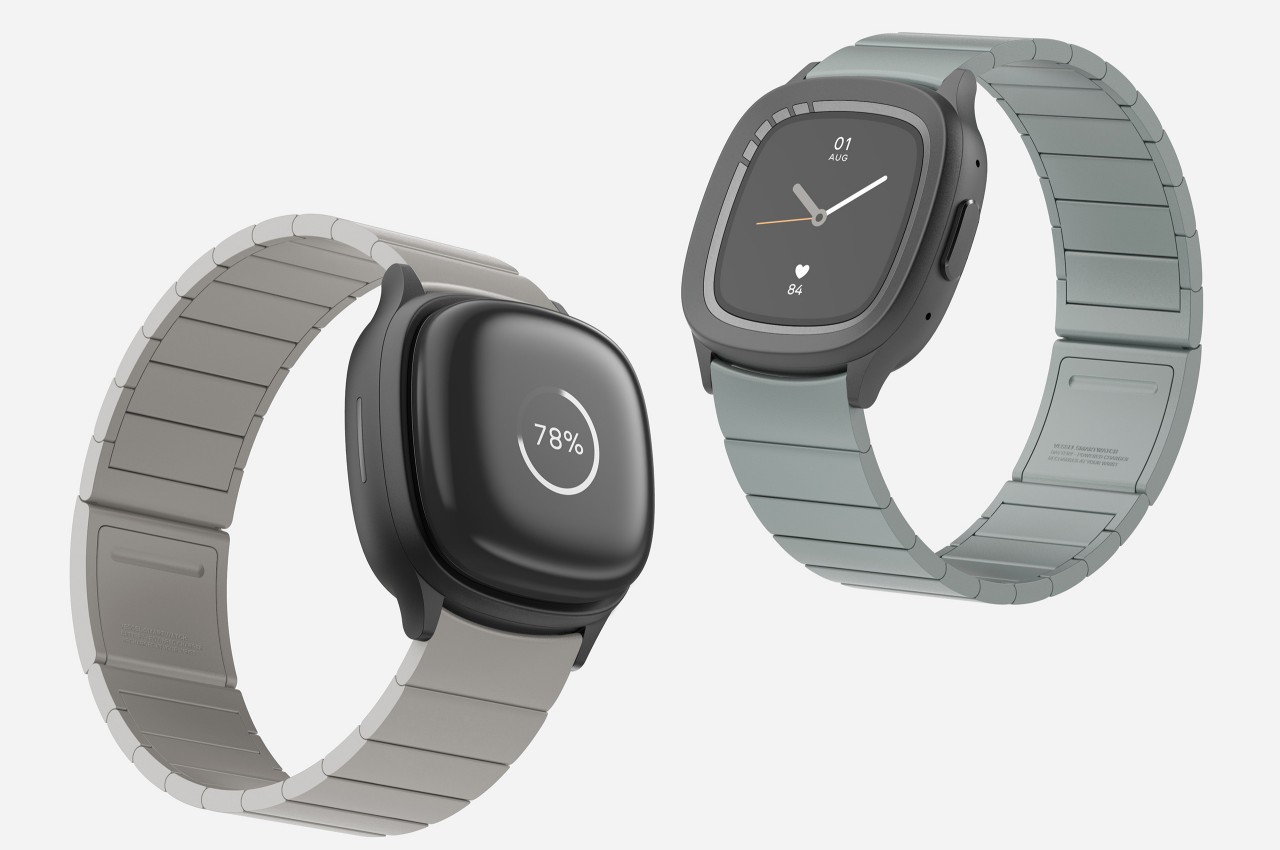
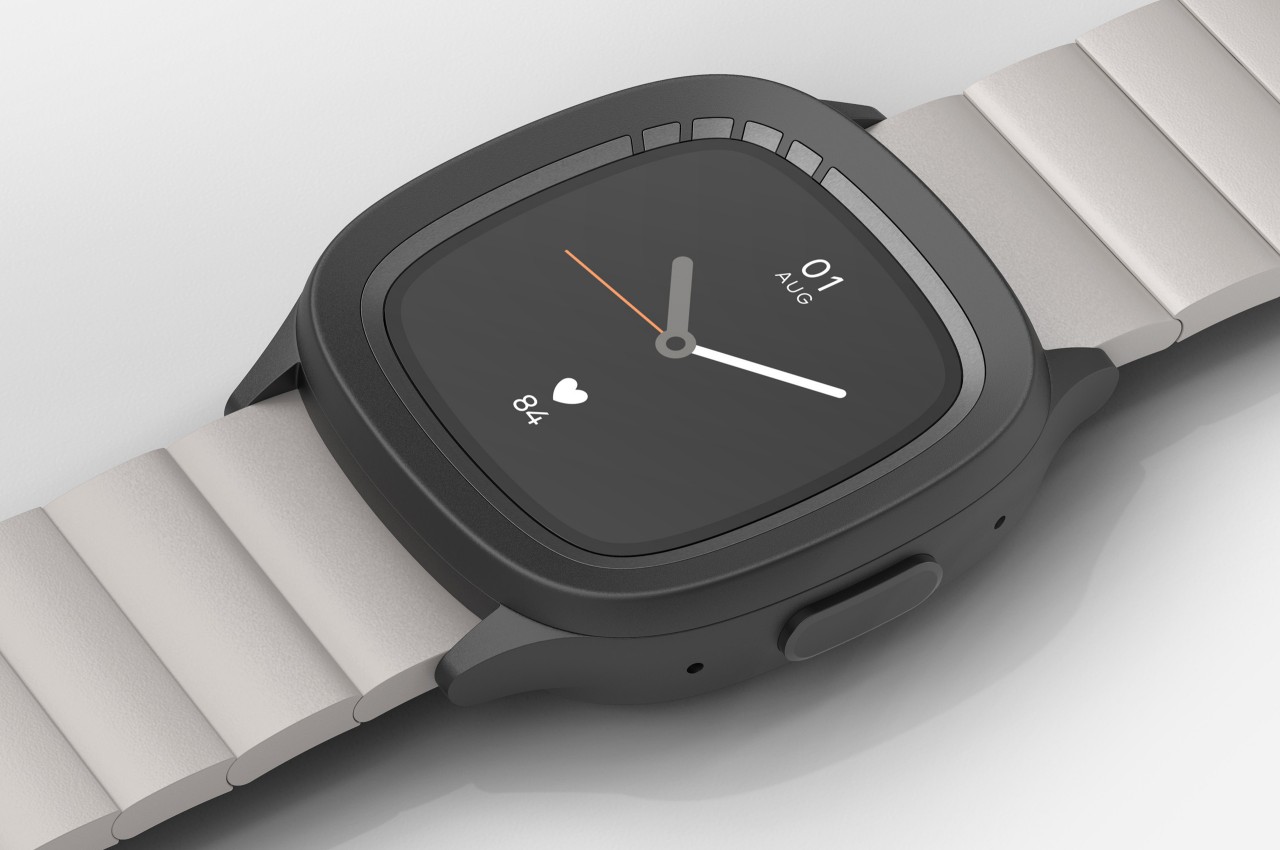
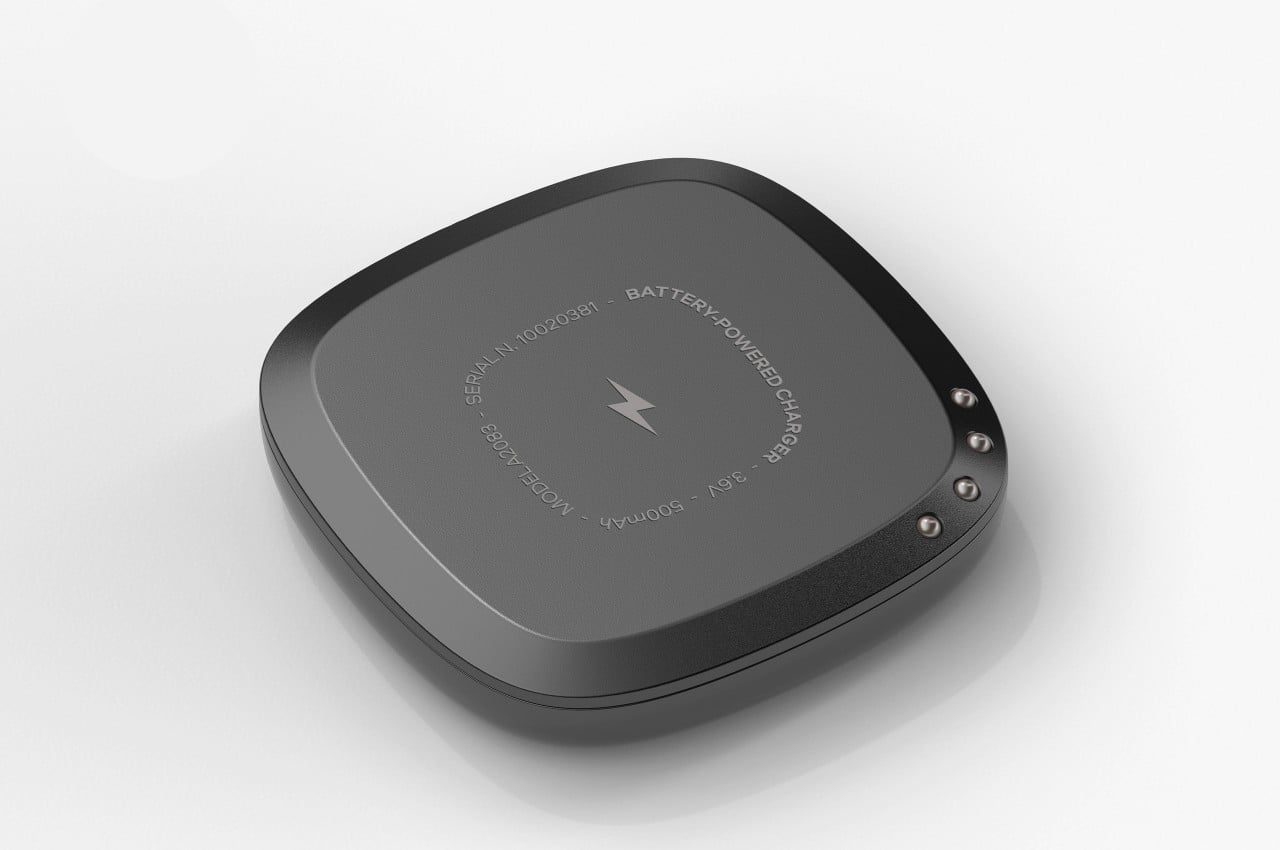
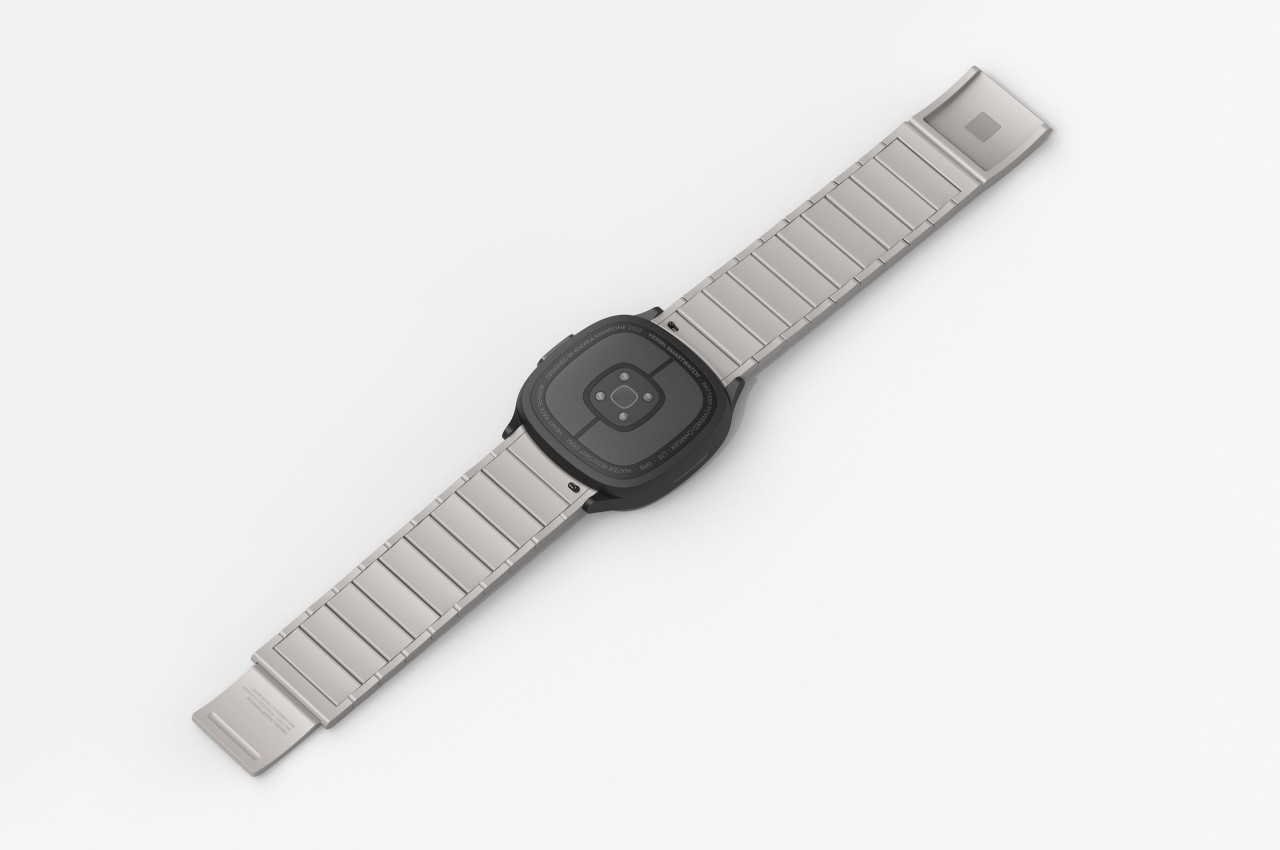
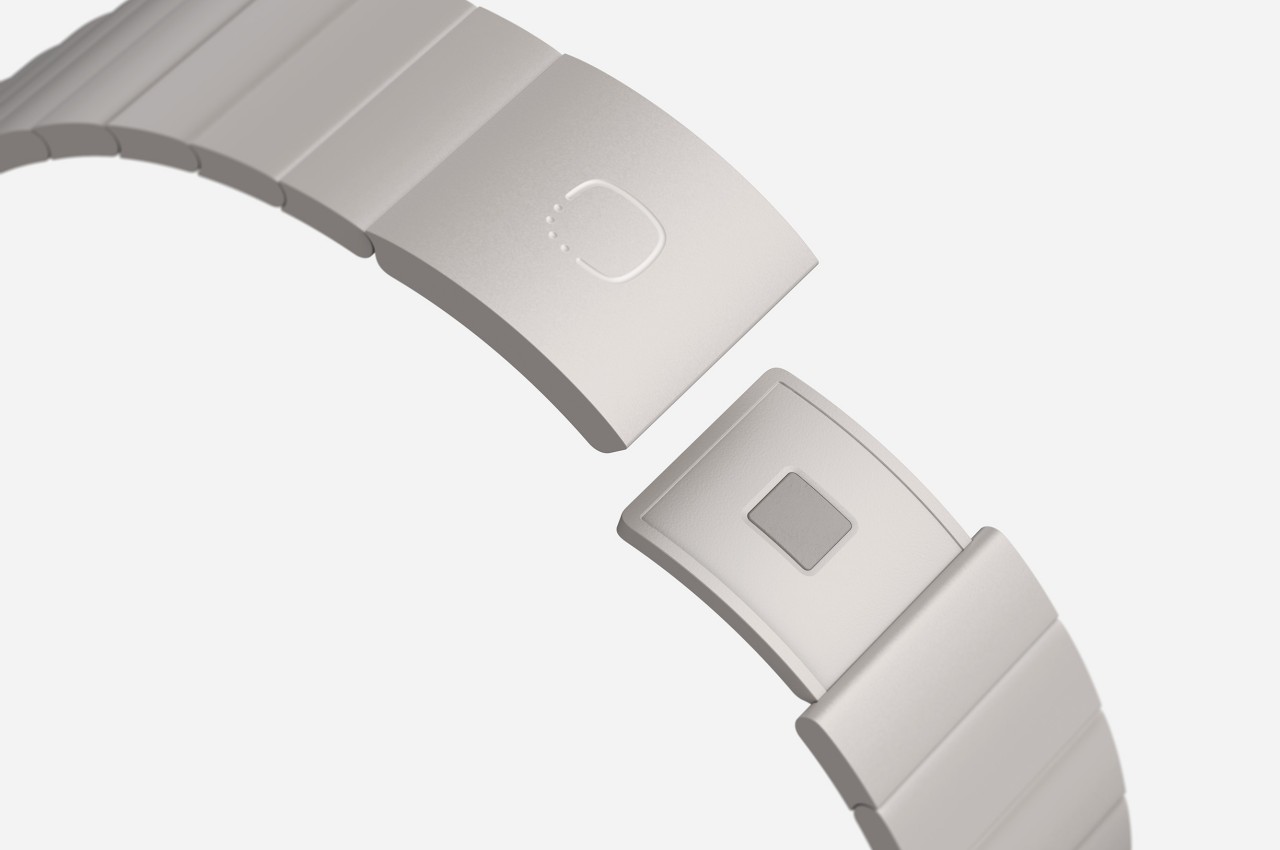
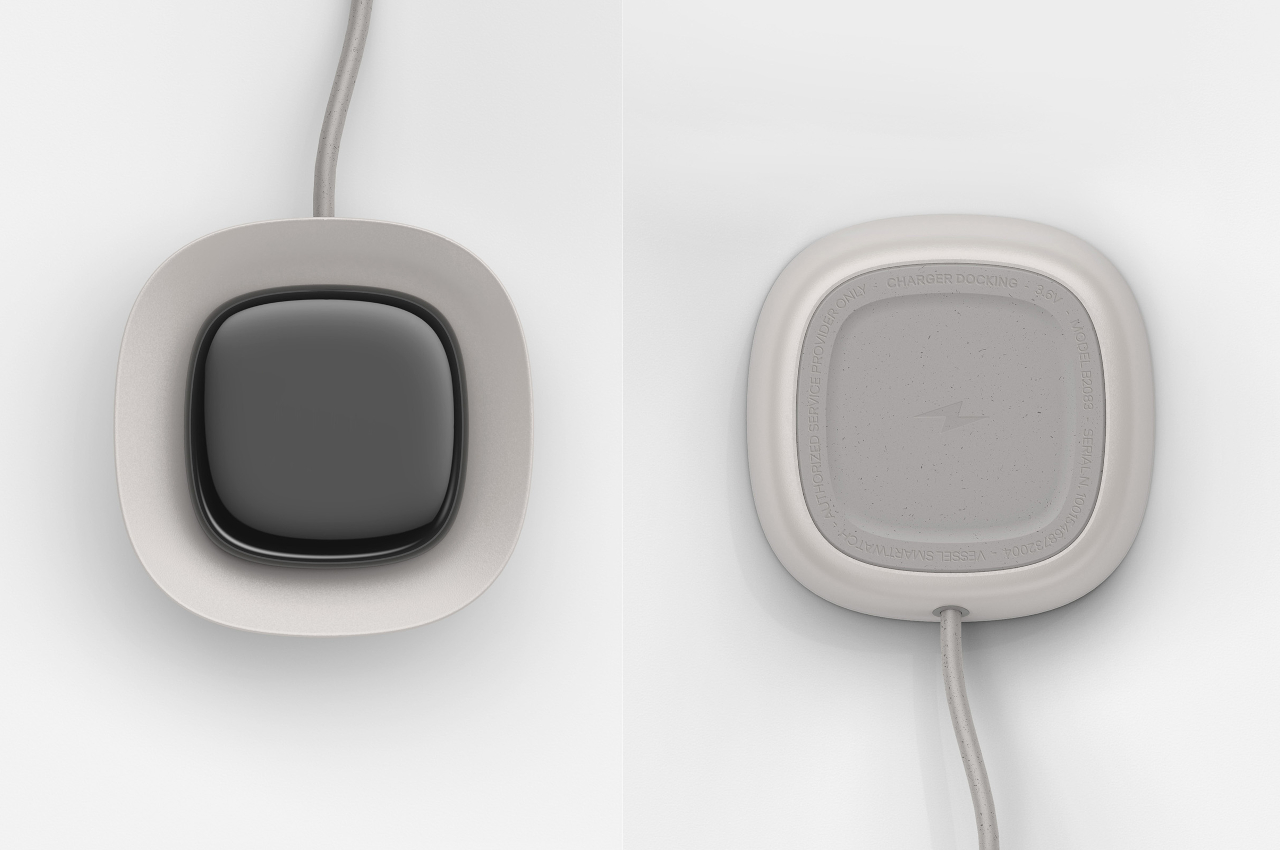
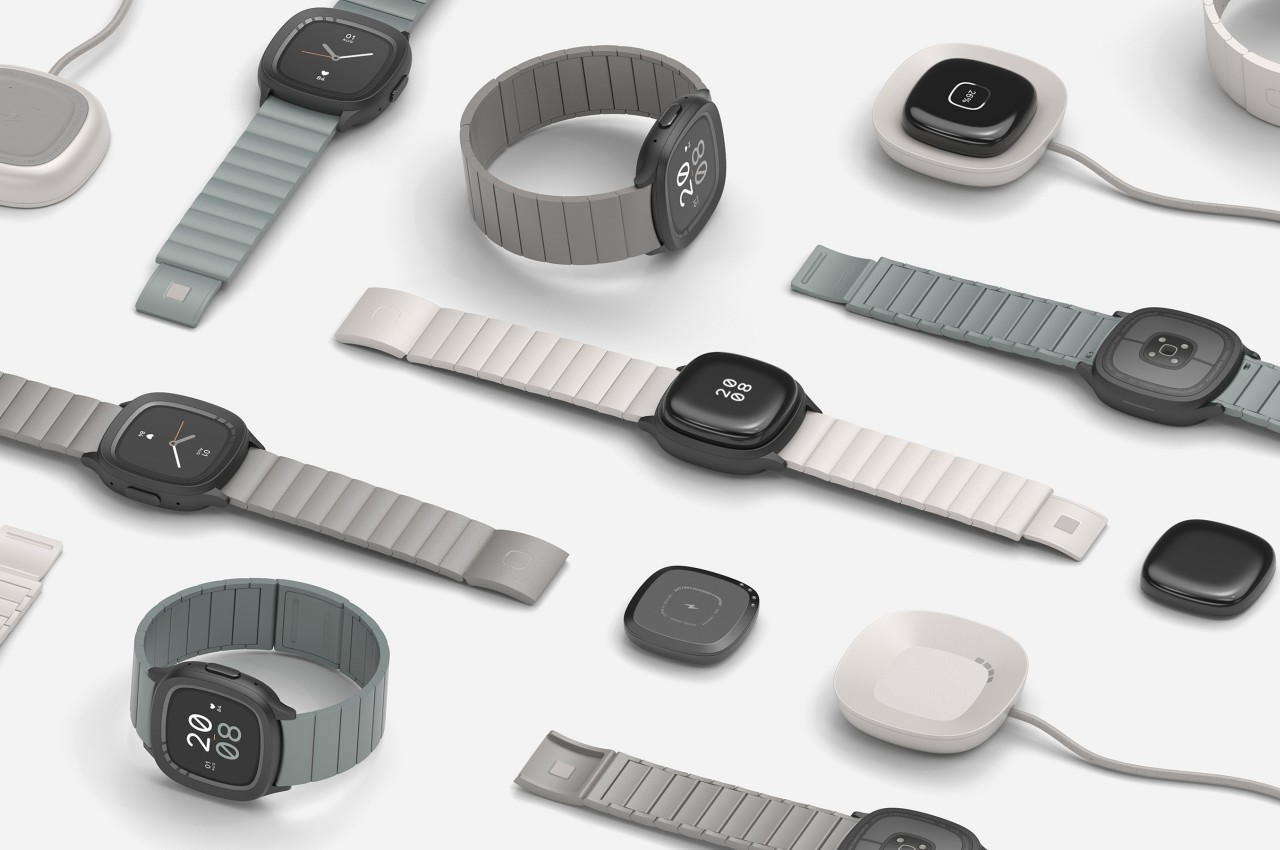
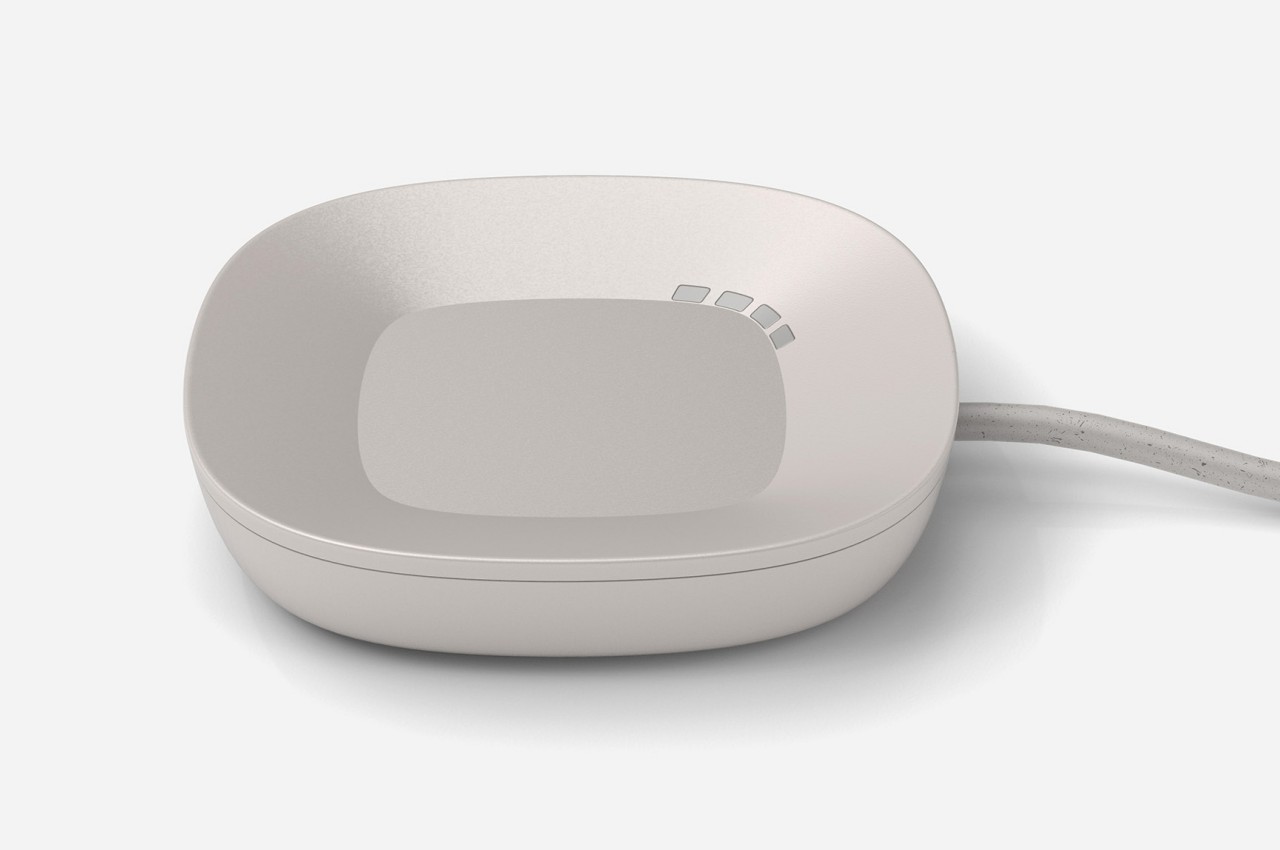
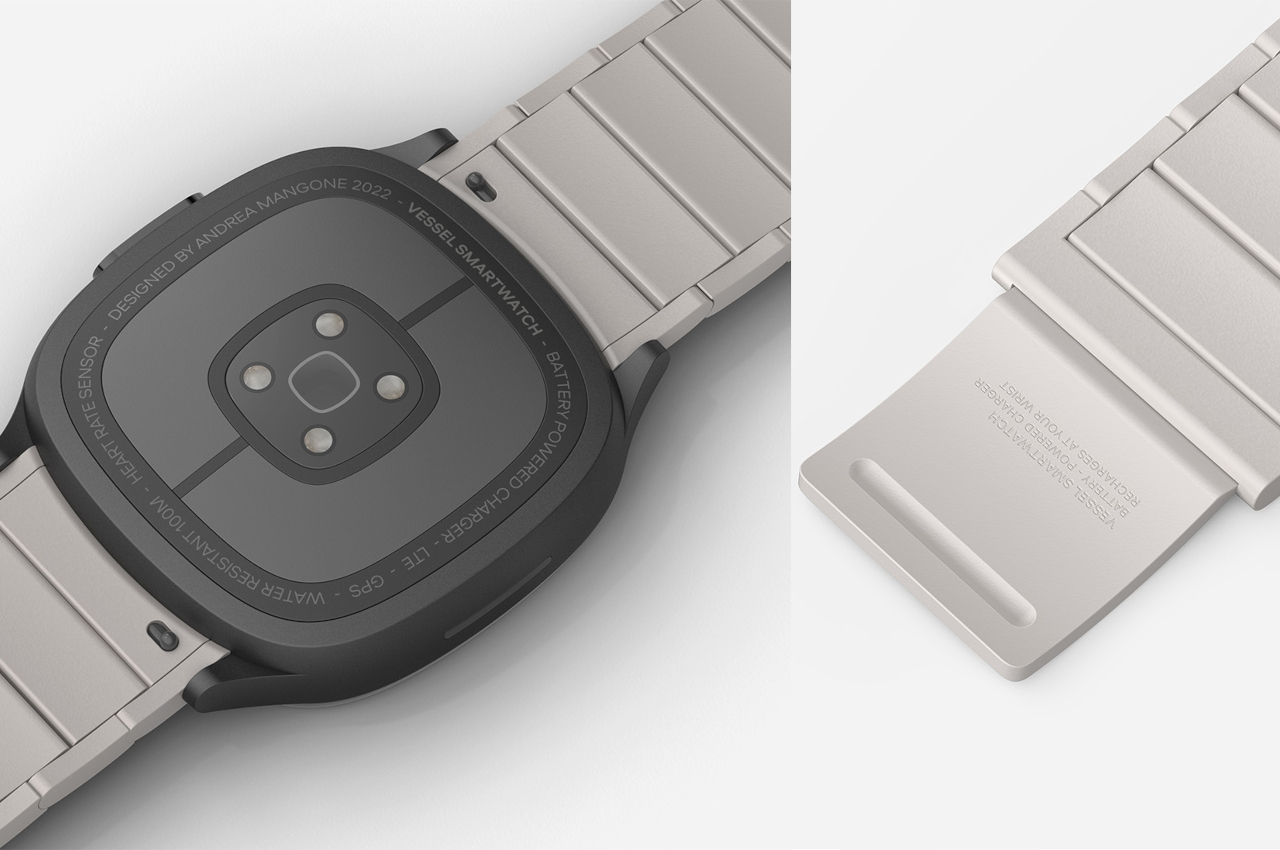
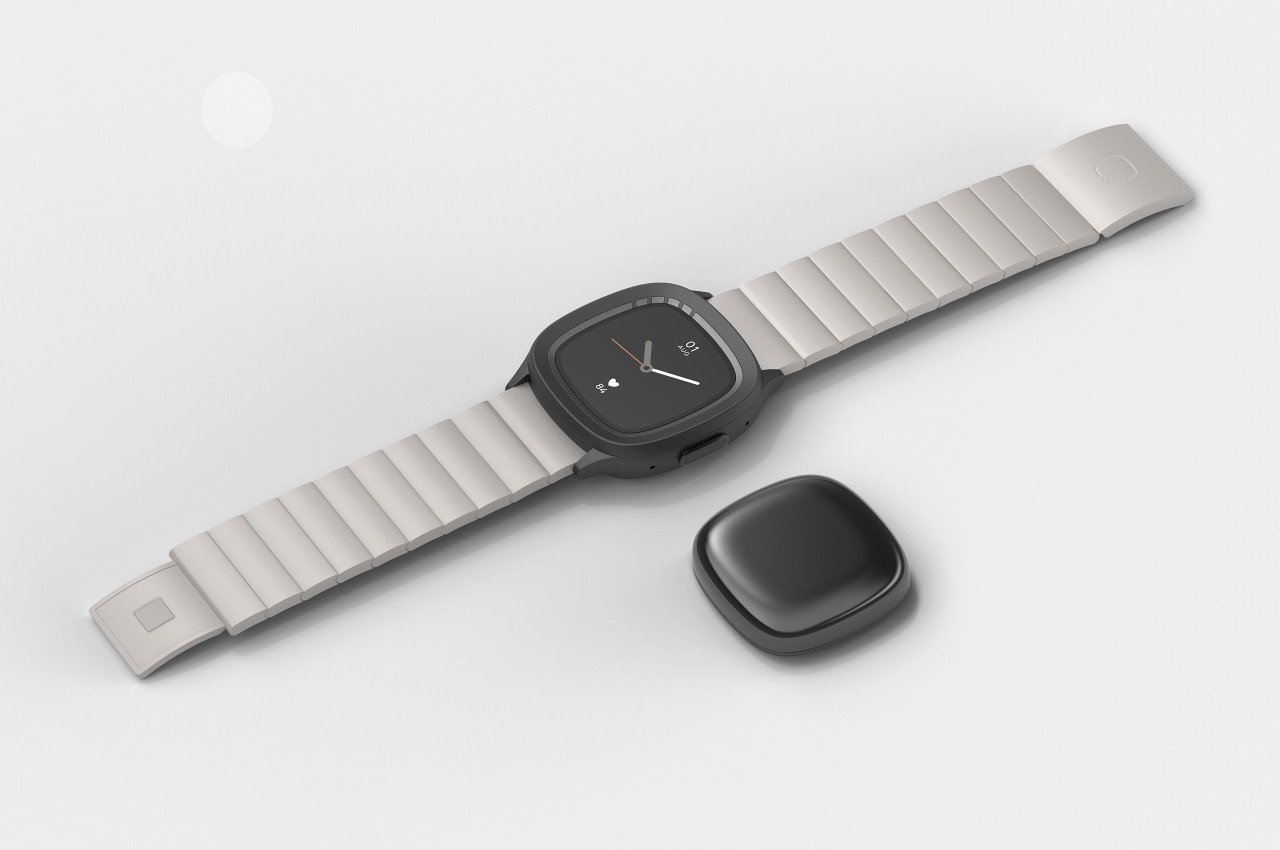
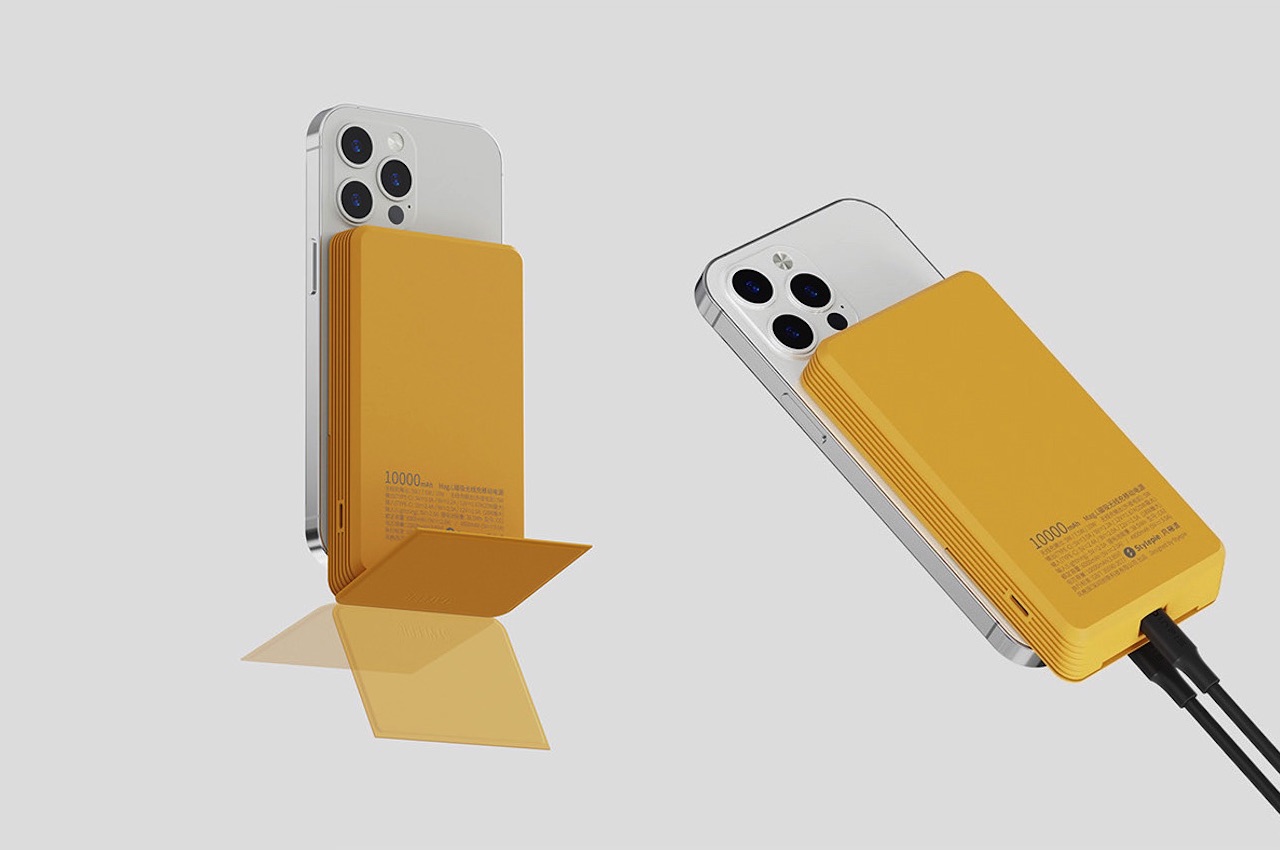
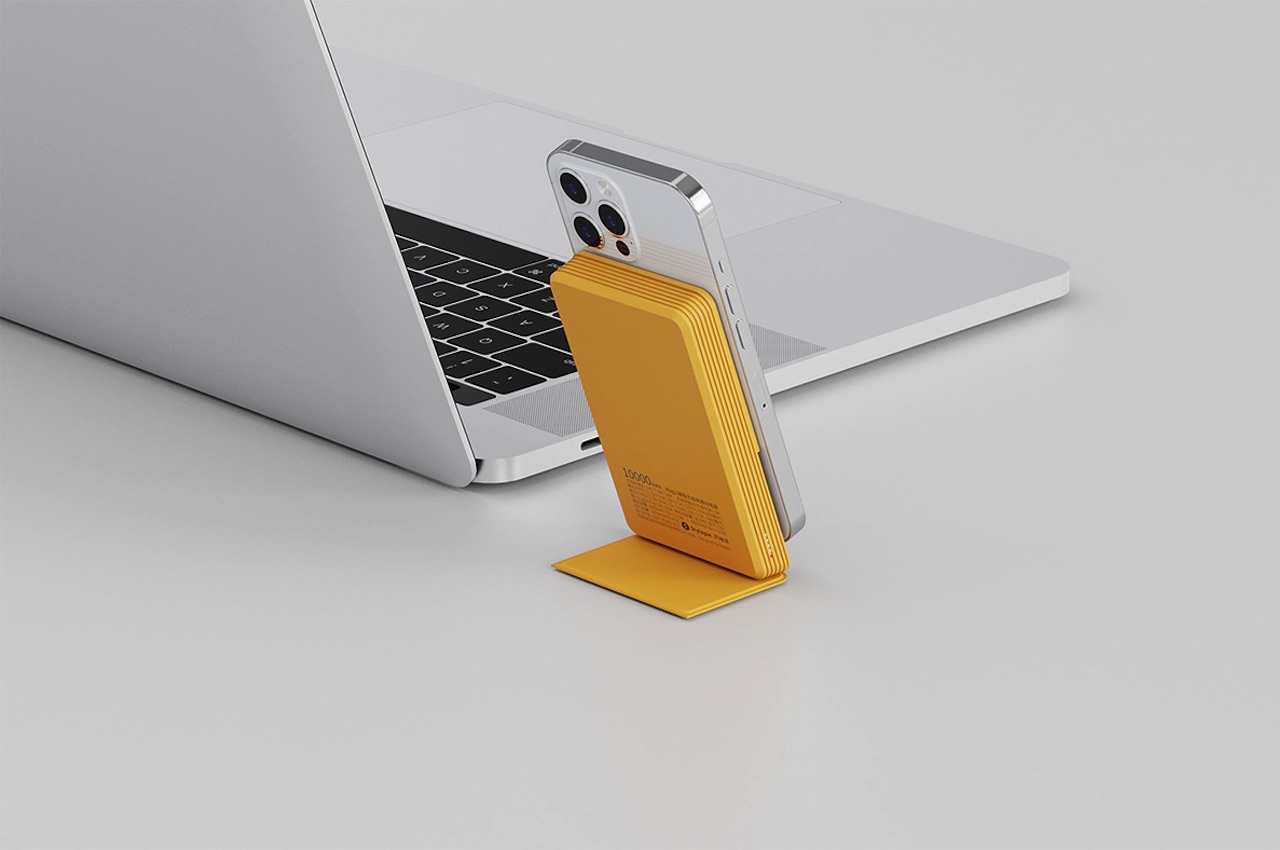 It looks like the MagSafe connector system is here to stay, and we believe it will be until Apple says otherwise or there is a new technology available. This MagSafe system offers easy connectivity and wireless charging for Apple gadgets, allowing many devices from the brand to be more accessible, convenient, and efficient to use. There are plenty of MagSafe-compatible products and accessories, but there are not many power banks or battery packs available. We may have seen a few already but perhaps nothing like this MAG.L MagSafe Powerbank with its 10000mAh capacity. Introduced by Neo Bie and Leigui Lui for Stylepie, this thing aims to improve the wireless charging and power bank experience of anyone who will get this portable accessory.
It looks like the MagSafe connector system is here to stay, and we believe it will be until Apple says otherwise or there is a new technology available. This MagSafe system offers easy connectivity and wireless charging for Apple gadgets, allowing many devices from the brand to be more accessible, convenient, and efficient to use. There are plenty of MagSafe-compatible products and accessories, but there are not many power banks or battery packs available. We may have seen a few already but perhaps nothing like this MAG.L MagSafe Powerbank with its 10000mAh capacity. Introduced by Neo Bie and Leigui Lui for Stylepie, this thing aims to improve the wireless charging and power bank experience of anyone who will get this portable accessory.